Dehumidifiers to Keep Your Stored Firearms Dry When you are not carrying or shooting your firearms they need to be stored away. In our experience storage is driven by two main factors: safety of the firearm and protection of the firearm from the elements. In most cases safety varies by situation – and is highly dependent on the laws of the State you live in, the people in your home and your perceived need for speedy access to your firearms. The second storage concern relates to the steps that you need to take to keep your firearms in good working order to protect their metal parts from rusting and their wooden parts from drying out and cracking. Consequently, the first question related to firearms storage is how are you storing your firearms, and the second question is how are you controlling the environment that they are stored in; primarily temperature and humidity. So this raises the question of what is the proper temperature and humidity for storing a firearm. It’s generally agreed that you should store firearms in a moderate dry location; with the accepted norms being between 60° and 70° Fahrenheit and ~50% relative humidity – where neither of these variables change rapidly over time. Because we like to be able to easily grab a specific firearm to take to the range, we store our firearms in their carrying cases; a practice that is frowned upon by many people and is impractical in many parts of the world due to the local weather. But for us, since we live in the Northeast US and store our firearms indoors, the temperature and humidity stay fairly constant throughout the year – so that’s how we store them. But recently we decided to take one additional preventative measure to ensure that excess humidity does not lead to any of our firearms rusting. We decided to add silica gel dehumidifiers to absorb the moisture in the air around the firearms while they were stored in their cases. These days we’re all familiar with silica gel packs since they seem to show up in the boxes of all sorts of products that we purchase. But we wanted something a little larger and a little tougher than the everyday packets. So, after searching the internet, we decided to purchase some Interteck Packaging silica gel desiccant packets. The Interteck Packaging silica gel desiccants measure 3 inches by 4 inches, are made of Tyvek, weigh 30 grams, can absorb 10 grams of humidity (~6 teaspoons) and come 8 to a package. Silica gel desiccants lower the amount of moisture in the air around them by absorbing the moisture and holding it. They do not “get rid of” the moisture. The silica beads just absorb the moisture and hold onto it. So the packets need to be replaced eventually. Because of this you need to know when the packets have lost their ability to absorb any more moisture – which is another great feature of the Interteck Packaging silica gel packs – the silica beads change color from “blue” to “pink” when they have absorbed all of the water that they can. This makes it extremely easy to see when to replace them. You can purchase the Interteck Packaging silica gel desiccant packets on Amazon. If you want more detail on the proper storage of firearms - here’s a 7 page paper from Doug Wicklund, the Senior Curator from the NRA’s National Firearms Museum, on “Caring for Your Collectible Firearms”.
0 Comments
Latest Side-by-Side Comparison from Sport Fitness Advisor Well today’s the first day of Spring here in North America – so I guess it’s time to get ready to get back outside in the great outdoors; and we all know what that means – Gear Preparation. To get ready for the Hiking and Camping season everyone has their own routine. What we do is take out all our gear, check it over for usability, clean up anything that needs a little tender care and evaluate what we have against the newest gear available to see if our gear has either “aged out” or if there are new products on the market that are significantly better than what we have. This allows us to make sure that the gear we take with us works when we need it in the outback, and keeps us up to date on the latest items on the market. Checking over all of your gear at the beginning of the season doesn’t’ sound like a lot of fun – but trust us – it’s better to find out now that you need a new piece of gear rather than the day before a trip, or even worse, on the trip. To compare our gear against what is currently on the market we always head to our local outdoor stores (to see as many items as possible in person) and to the internet to read the great gear reviews that are online. Of course, many items don’t change that much from year to year (we doubt that we’re ever going to replace our Council Tool Woodcraft 24" Pack Axe, Gerber E-Tool Folding Spade, Buck 110 or Army Survival Knife), but we always like to keep current with what’s out there “just in case”. While we were checking our gear for the 2022 Spring/Summer/Fall season we were contacted by Jillian, an editor from Sport Fitness Advisor about a comprehensive guide that they had just published about the "Best Backpacking Stove". Since our site focuses on the specific gear selections that work for us, and our specific situation, and provides our evaluation criteria and rationale for selecting our gear, we don’t provide detailed side-by-side comparisons of products. That doesn’t’ mean that we don’t read a lot of the websites that provide side-by-side product comparisons – because we most certainly do – we just find that many of these sites do this better than we would (because of the size of their staff and budget). So our HCS site has direct links to many of the sites that do specialize in detailed gear reviews, just in case you want to see the side-by-side comparisons. Of course, we love it even more when a site that has evaluated the latest gear reaches out to us to let us know about a comparison our readers would be interested in; like Sport Fitness Advisor did. We really liked the "Best Backpacking Stove" article because it was comprehensive in covering what features you need and why you need them. And, as all of our readers know, we think that providing you the most important evaluation criteria is vital since it allows you to assess if your situation equates to the evaluators when you make your gear selection decision. If it does – fine. If it doesn’t - then you can use the detailed information to make a gear selection that better fits your specific situation. Here’s what the Sport Fitness Advisor article covers:
For comparison’s sake our evaluation criteria for compact hiking/camping stoves include:
The 10 stoves that Sport Fitness Advisor covers in their article include:
We don’t want to give away their conclusions, so you should go read the "Best Backpacking Stove" article for yourself; it’s worth a few minutes of your time.
In addition to their recent article about the “Best Backpacking Stove” Sport Fitness Advisor has numerous other articles related to Hiking and Camping. You should go take a look. https://www.sport-fitness-advisor.com/?s=hiking https://www.sport-fitness-advisor.com/?s=camping If you would like to see another expert opinion on what the best backpacking stoves currently on the market are - you should check out Clever Hiker’s latest list of “Best Backpacking Stoves”; he’s always got great insight into the gear you need. Bought Some New “Reactive” Training TargetsFrequently we’re at the shooting range either trying to help someone learn to shoot, sighting in a new firearm or optic, or just trying to improve our skills. To help support this we have a variety of targets – with all sorts of shapes, markings and graduations. Every once in a while we’ve run across targets that are marked to help you improve your accuracy – especially with a handgun. Over the years we’ve even purchased a few of these targets to try them out. But we’ve never loved them because they were paper targets that didn’t allow you to easily and clearly see where the rounds you shot hit the target. This week we were browsing around one of our local gun shops and ran across the Birchwood Casey Shoot-N-C Handgun Trainer “Reactive” Targets (BC-34655). We use lots of other Birchwood Casey “reactive” targets all the time, so we picked up a few to try them out. Like the training targets that we’ve tried before, these 12" X 18" rectangular targets are broken up into a bulls-eye and 9 other areas with labels to identify the action that you need to correct to improve your accuracy (listed in clockwise order starting at 12:00) :
However, like all other Birchwood Casey “reactive” targets, when you hit the target the bullet makes a bright chartreuse ring that is extremely easy to see from 3 to 25 yards away (the distances we usually shoot our handguns from) and relatively easy to see from even 25 to 60 yards away (the distances that we usually shoot our carbines from). This eliminates the need to walk downrange, or use a binocular or monocular, to look at your hits, while also providing firing corrections to help you tighten your groupings. The targets even have adhesive backings so that you can easily mount them and 22 repair pasters so that you can reuse the target. You can read more about these new Birchwood Casey Shoot-N-C Handgun Trainer Targets - 12" X 18" on our Shooting/Targets page. Great Article from loveholidays.comSince we’ve had a considerable amount of snow here in New England over the past two weeks, we’ve been thinking about our next outdoor adventure – and for us that means heading to a National Park if possible since they contain so many beautiful sights to see. Coincidentally, this week we were contacted by Liam, from loveholidays.com, a travel agency in the UK, about a detailed article he had written titled “An Essential Guide to Enjoying US National Parks Responsibly”. Since we were relaxing inside (after shoveling all that snow) we read Liam’s article. That got us even more motivated to think about planning a trip, so we decided to take a look at where all the US National Parks are located and compare that to the list of those that we have already visited. As always, the internet is a wonderful source of information. So here’s what our research found. There are actually 424 locations that fall under the National Park Service; 63 National Parks, 85 National Monuments, 76 National Historic sites, 58 National Historic Parks and 142 other locations categorized in a variety of different ways. Here’s a good map of where the 63 US National Parks are located (from morethanjustparks.com) and another showing all 424 locations under the National Park Service (from nationalparkobsessed.com) – which is marvelously interactive on their website: Part of our problem is that we’ve been so many places (admittedly a good problem to have), and the vast majority of the US National Parks are located West of the Mississippi (although there are lots of other NPS sites in the East) – so we have to travel a good distance to get there. Here’s our list of what we’ve visited so far looks like. So I guess that we really need to head back to the Northwest US next. So, back to the article that started all of our research. Liam’s article is quite extensive, covering the value of spending time outdoors in US National Parks (including a look at why we feel so good outside), why US National Parks are some of the most amazing outdoor spaces and how to enjoy them safely. Since there’s so much information included in the article it’s been structured into four main sections, each with a wide variety of facts, details and links to other online sources.
Some of the detailed information in Liam’s article that we appreciated was:
As an aside, Liam’s article cites the statistic that the average American spends 87% of their time indoors, 6% of it in a car and just 7% of their life outdoors. Thankfully we are nowhere close to that……...
Because Liam’s article has some great information, we thought that we would pass it on to all of you. Hopefully you enjoy it, and find its content as useful as we did. Here's the link again: https://www.loveholidays.com/holidays/enjoying-us-national-parks-responsibly/ Last Year We Had More Readers Than Ever BeforeLike most websites, ever since we launched our Hiking, Camping and Shooting (HCS) website we’ve tracked the statistics to see who our readers are, where they’re located and what they read. Since 2021 recently finished we thought that we would share some of our latest statistics from the year with all of you. In 2021 our readership increased by 32% and came from 112 different Countries from around the world. We had an increase of 10% of our readers coming from countries outside of the US, but 77% or our readers still came from the United States. The largest concentrations outside the US were from the following 20 Countries:
We have readers from all 50 of the United States - with the largest concentrations being in the following 20 States:
The 35 pages and blog posts that people read the most during 2021 were: Like 2020, in 2021 we had more page views on our "Shooting" pages than either our "Hiking" or "Camping" pages. Probably because of the craziness of 2021, and the fact that approximately 38.9 million new firearms were sold in the United States during the year. The majority of our users look at our website between the hours of 10:00 AM and 1:00 AM. Most of our readers find us either by searching on Google (82%) or by previously having been to our website and coming directly to us (13%). A much smaller percentage (5%), find us through other sources to include our Hiking, Camping and Shooting Facebook page. The majority of our users view our website from either their mobile device (55%) or their desktop computer (43%) using either Chrome (51%) or Safari (37%) browsers. Since we launched our website back in April 2016 we've had people from 143 different countries stop by with 79% coming from the US and the other 21% from all over the World. The top 25 international countries and the top 25 US States are:
Hopefully this data shows you that in 2021 you were in good company as you read through our Hiking, Camping and Shooting gear write-ups and blog posts. We hope that they gave you some information that made all of your adventures a little more fun. Wherever you’re from, we’re glad that you stopped by to look over our HCS website and look forward to seeing you again in 2022.
Great "Outdoor Hiking for Beginners" ArticleOne of the main reasons that we started our HCS website back in 2016 was to share the knowledge that we had acquired during our many years of Hiking, Camping and Shooting. So we’re always gratified when someone reaches out to us to say that they found our gear evaluation criteria, product information, blogs, adventure photos, "Useful Apps", and "Other Helpful Information Sources" links to additional websites to be helpful. In that vein, this week, Lily and her son Logan (who is in the process of earning his Boy Scout Hiking badge), dropped us a note to say that they had found our site to be really helpful. And, as with many contacts that we receive, Logan wanted us to know about another great online resource that he had found; an article on "Outdoor Hiking for Beginners" by Kim Hart on the AAA State of Play website. So at Logan’s request, and because we agree with what Kim’s article has to say, we thought that adding this information to our HCS site and sharing it with all of our readers made sense.
In her article Kim hits the nail directly on the head in her opening paragraph when she says: “For many people, their workdays are filled with busy office spaces, crowded highways, and lengthy commutes. Hiking is an activity that provides an escape from the hectic nature of everyday life and is enjoyed by people across the country. Hikers are not only subject to the fresh outdoor air, open skies, and scenic beauty of nature, but they're also participating in an excellent form of exercise that works out their bodies and relaxes and soothes their minds. Provided that they are in decent physical condition, almost anyone can participate in hiking, but beginners must know what to expect and how to prepare for the experience. Hiking with a more experienced partner and following helpful hiking tips can make one's experience safer and more enjoyable.” Kim then goes on to give her top-10 hiking tips to get new hikers on the trails:
Finally, Kim wraps it all up by providing links to 27 other hiking reference sources to include topics like:
To check out all the details, and to access the links that she includes, here’s the direct link to Kim Hart’s "Outdoor Hiking for Beginners" article: https://www.aaastateofplay.com/outdoor-hiking-for-beginners/ The Beauty of the Desert in Winter As mentioned in the previous blog post, on our 11-day road trip to the Southwestern part of the US we visited New Mexico, Arizona, Nevada and California. Here are a few photos from the 1,600 mile trip aggregated by State (click on any photo to start the slideshow):
You can see all the photos of our trip to the Southwestern US on the Adventures/North America page.
Road Trip to the Southwestern USWe just returned from an 11-day road trip to the Southwestern part of the US; specifically New Mexico, Arizona, Nevada and California. During our trip we drove almost 1,600 miles, hiked lots of great locations and saw all sorts of interesting sights to include:
- Petroglyph National Monument - Albuquerque BioPark Botanic Garden - Museum of Nuclear Science & History - Painted Desert - Petrified National Forest - Lowell Observatory - Sedona Rock Formations - Chapel of the Holy Cross - Grand Canyon - Hoover Dam - Las Vegas Strip - Titanic Artifact Exhibition - The Neon Boneyard - The Mob Museum - Fremont Street Experience - Mojave Desert National Preserve - Joshua Tree National Park - Santa Monica Pier - Palisades Park - Venice Beach - San Luis Rey Mission - Balboa Park - San Diego Museum of Us As always I took far too many photos - so I'll start posting them in the next day or two. If you can't wait to see some of the photos the we took each day of our trip, you can always check out our Facebook page at: www.facebook.com/HikingCampingandShooting Osprey Global 8x42 Monocular For Christmas I received a brand new Osprey Global 8x42 monocular to help me better see the placement and groupings of the rounds that I fire at the targets downrange. Ok – I actually gave the monocular to myself for Christmas – but it’s the thought that counts.
For years I’ve used a set of binoculars at the range; but to be honest two aspects have always bothered me: their weight and the amount of time it takes to properly line up the eyepieces with my eyes to get the field-of-view to accurately point at the downrange target; even after I’ve initially sighted them in and focused them on the target. Since monoculars are generally found to be best in situations where you only need to take a quick view at a distant object, and don’t need to continuously observe moving objects, I decided to give a one a shot. It’s smaller, more compact and lighter – which allows it to actually fit into my range bag. In addition, the fact that I only have to line up one eyepiece allows me to more quickly see the target and where my rounds are hitting. The Osprey Global 8x42 monocular comes with a fabric case, wrist strap, front/back lens covers and a microfiber cleaning cloth. You can read more about it on our Shooting/Range Items and Tools page. There’s Lots to See on the Plains of Middle AmericaAs mentioned in the previous blog post, on our 11-day road trip from Chicago to Colorado and back we visited Illinois, Missouri, Kansas, Colorado, Nebraska and Iowa. Here are a few photos from the 2,750 mile trip aggregated by State (click on any photo to start the slideshow):
You can see all the photos of our trip to the Plains States on the Adventures/North America page.
|
What's On This Page?Here's where we post reviews, questions, answers, thoughts and other information that's of general interest to our followers in a blog format. Categories
All
Archives
August 2023
|
|
|
Copyright 2016-2024 Hiking, Camping and Shooting |
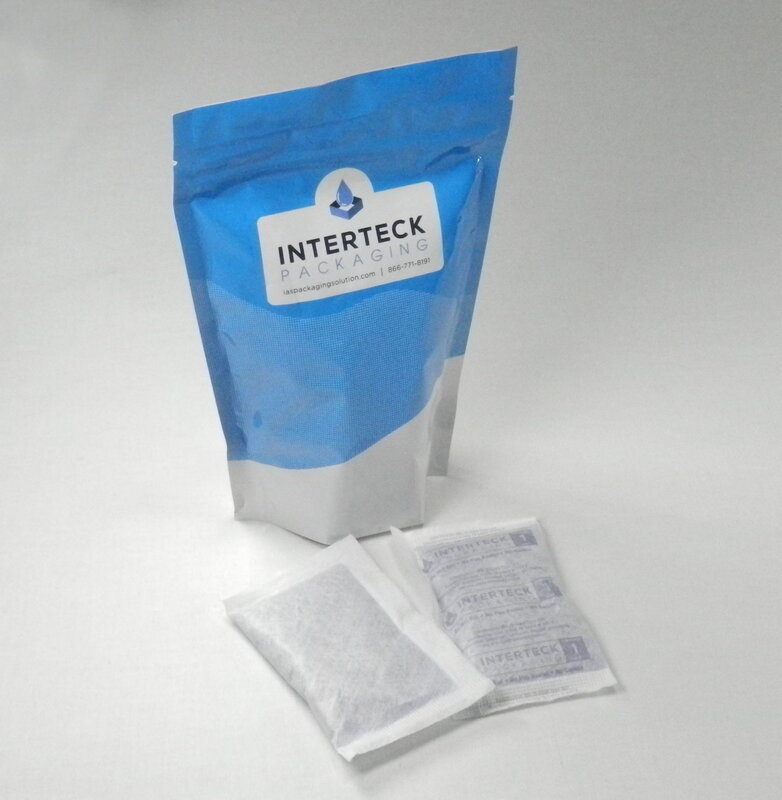

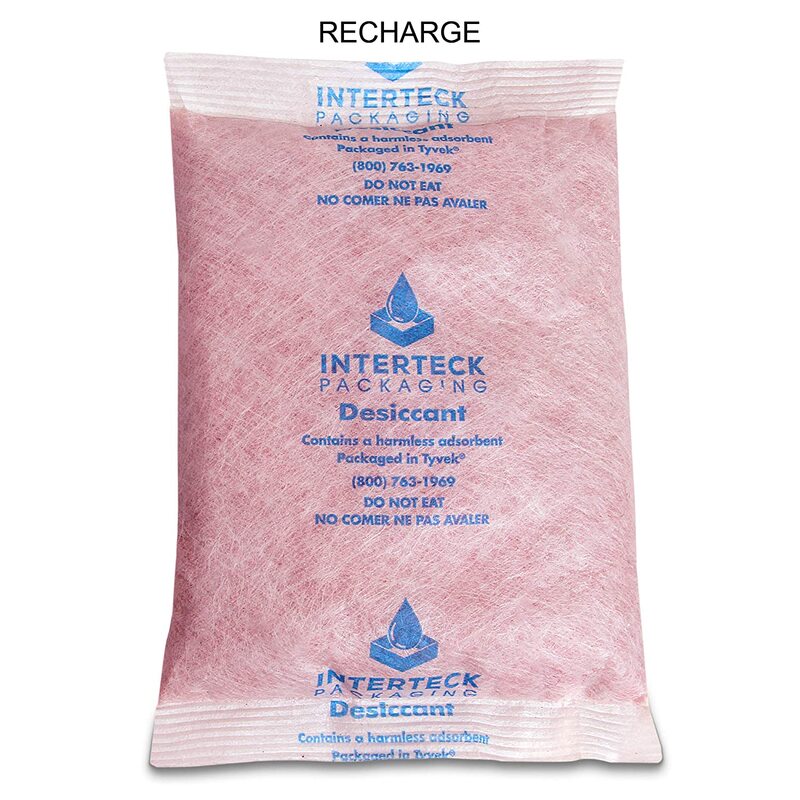

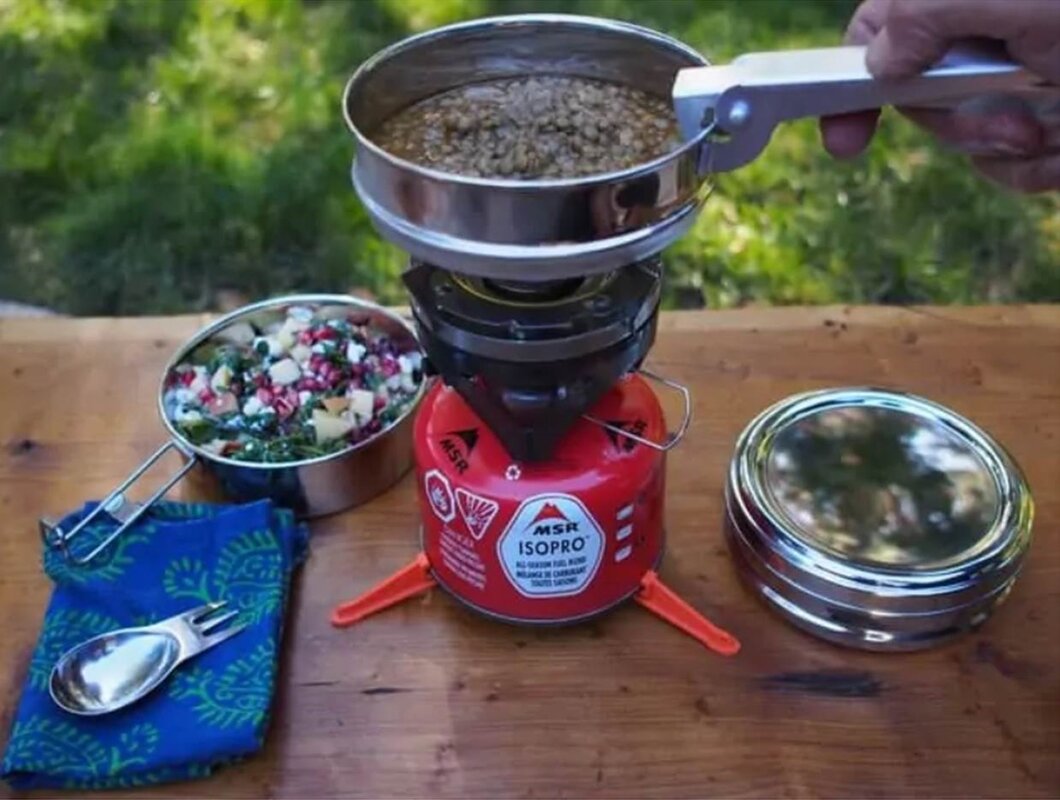

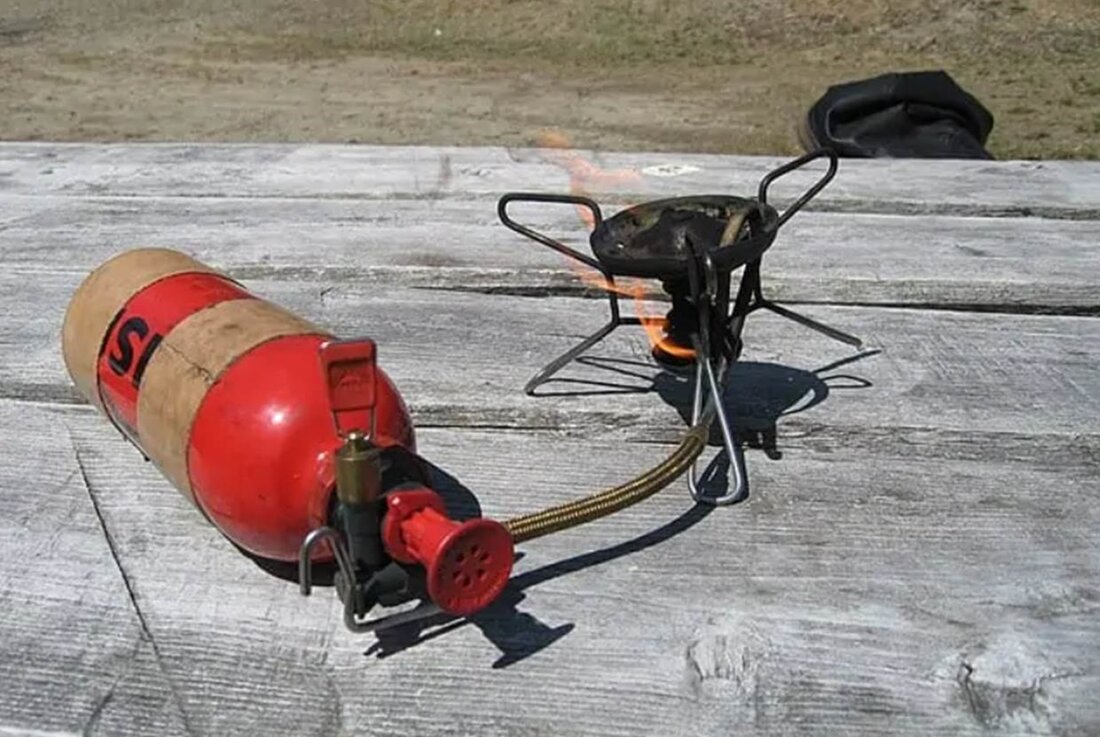
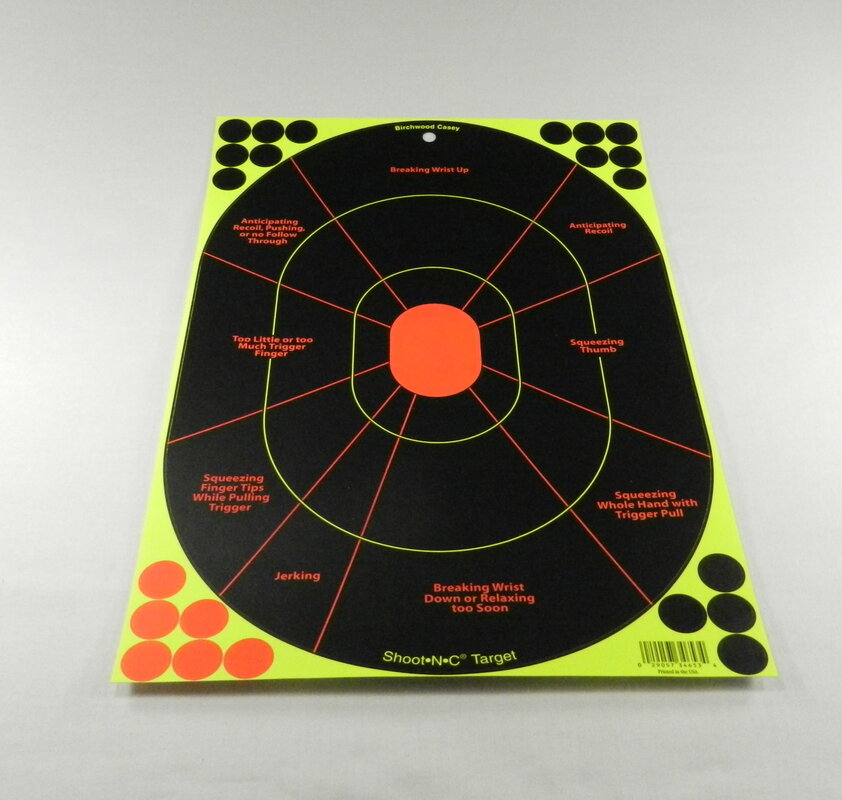
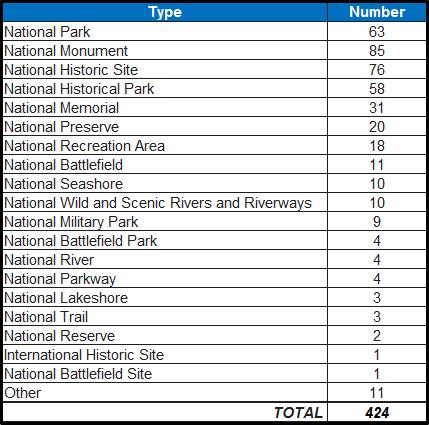
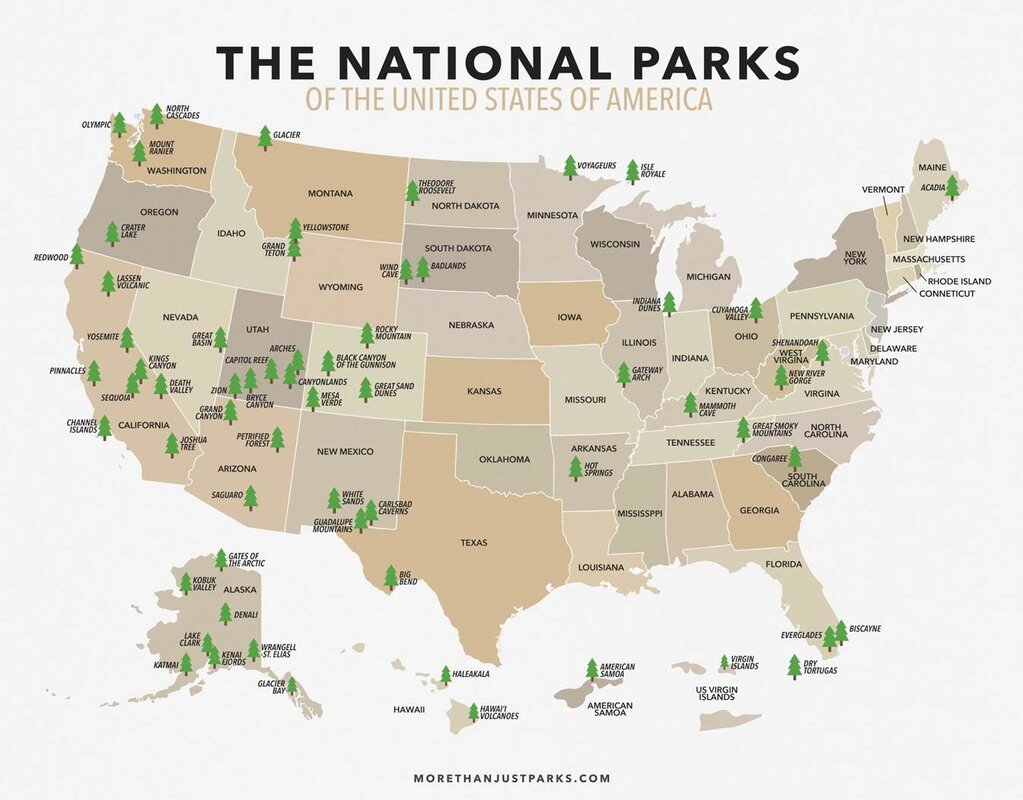
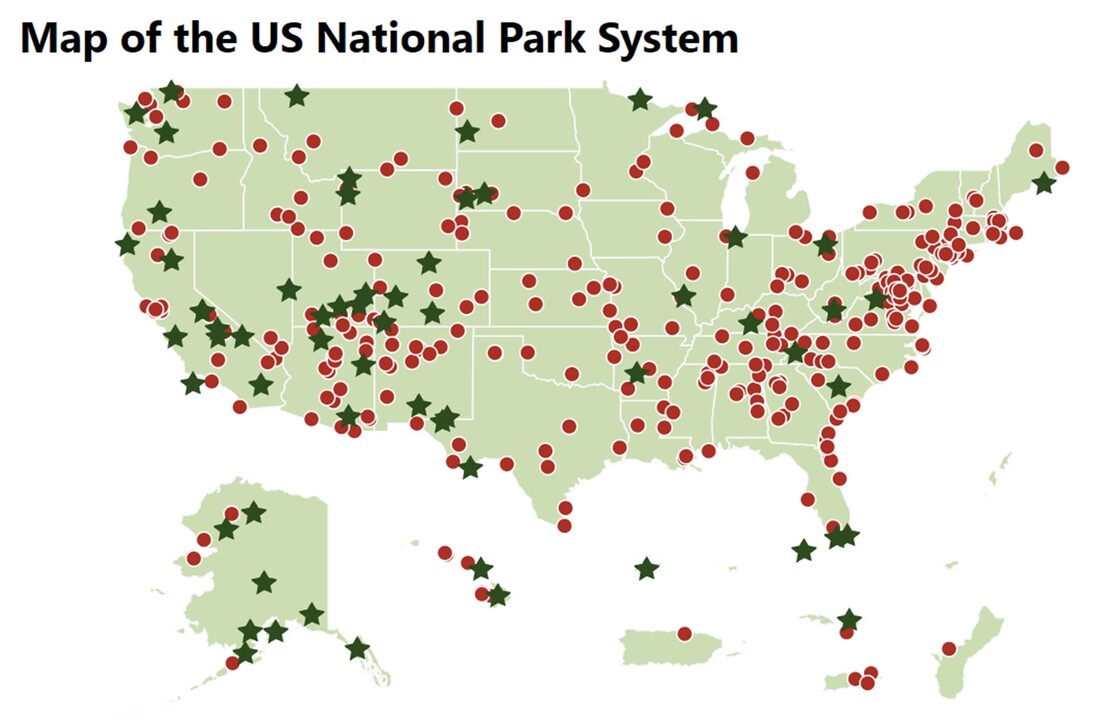
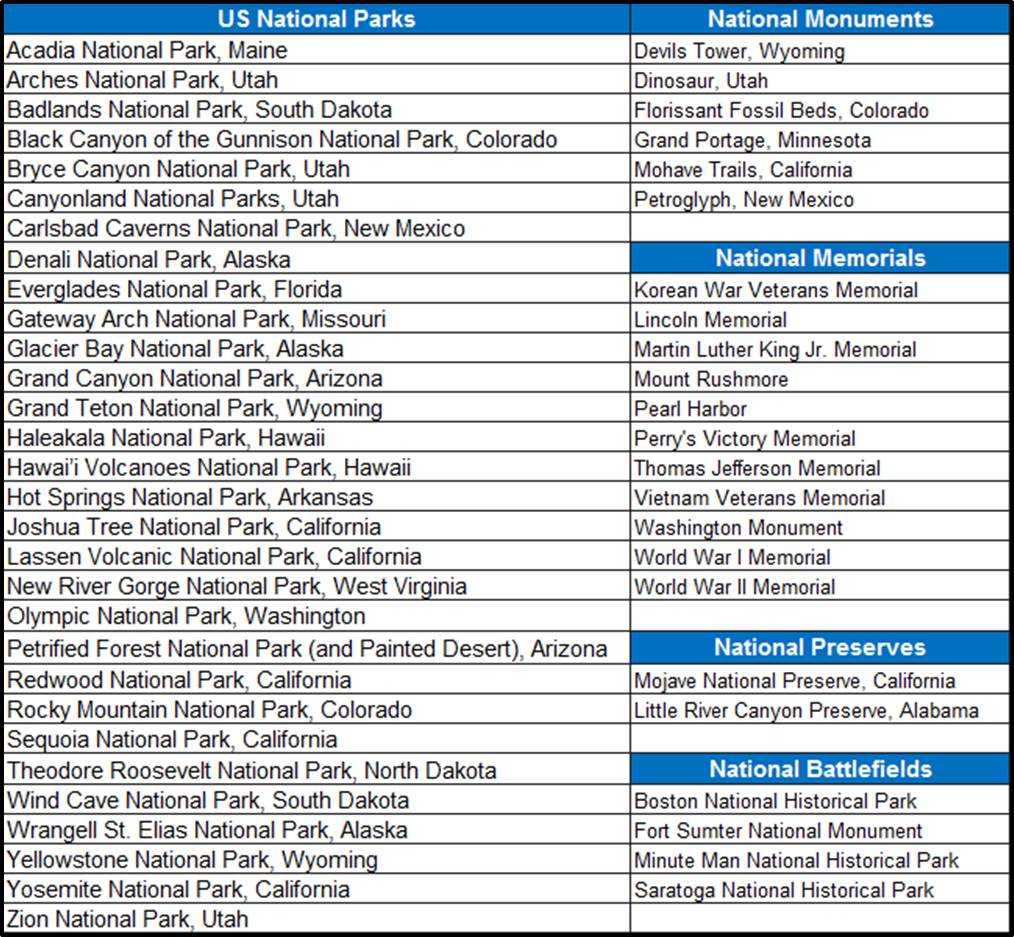
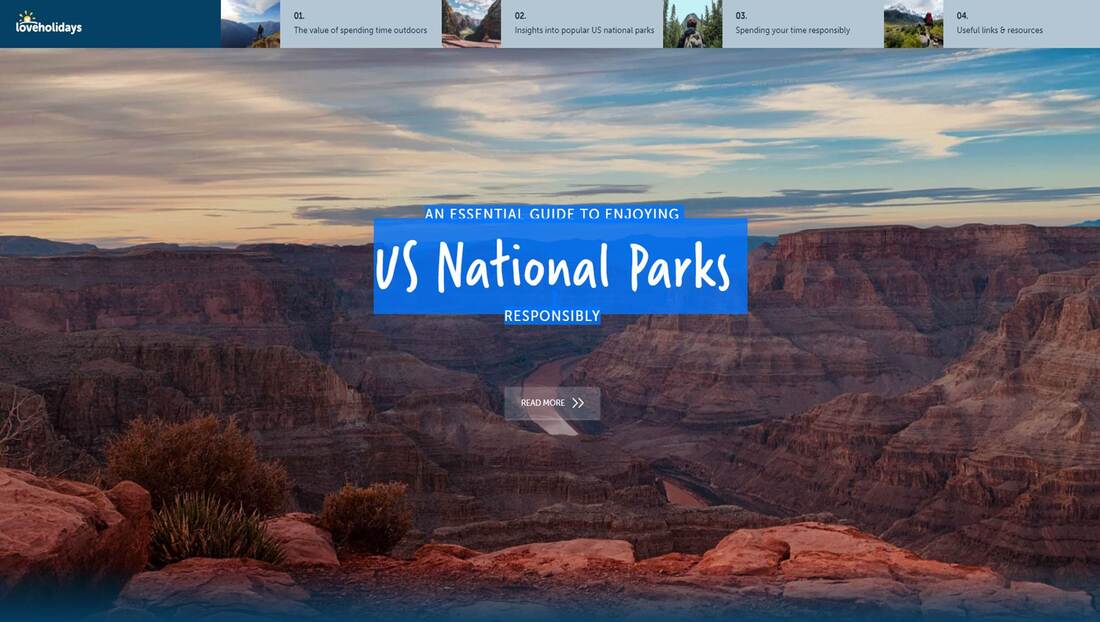
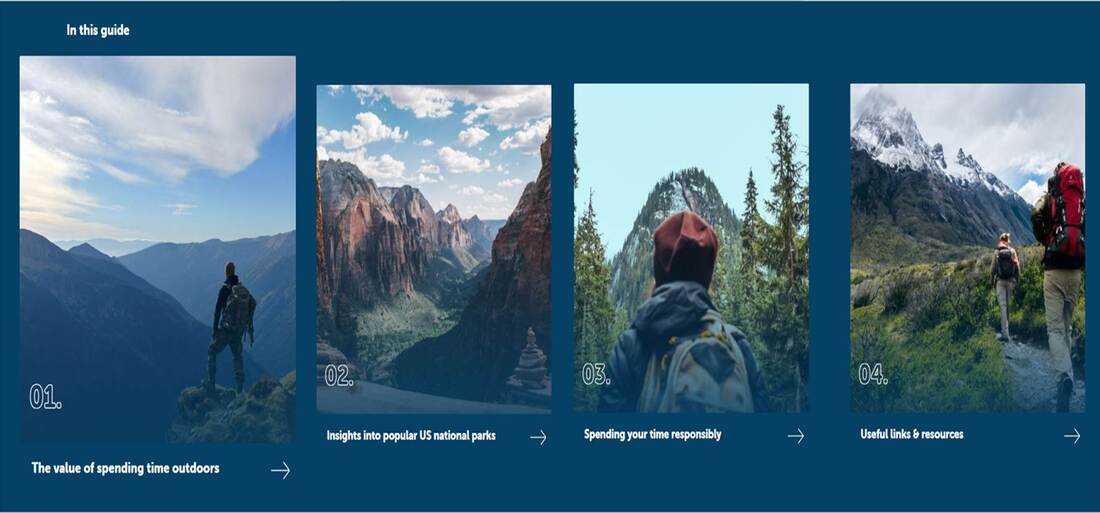
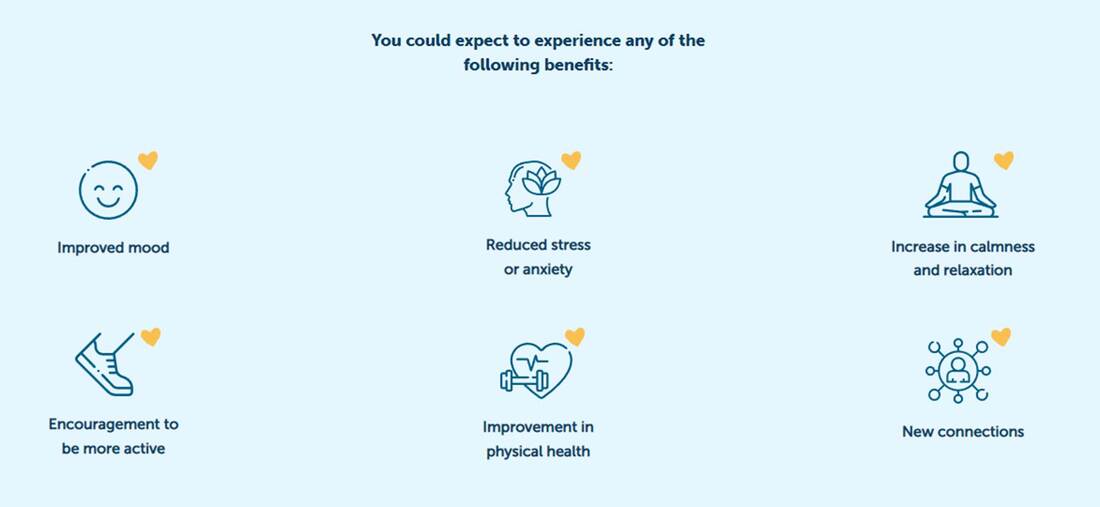












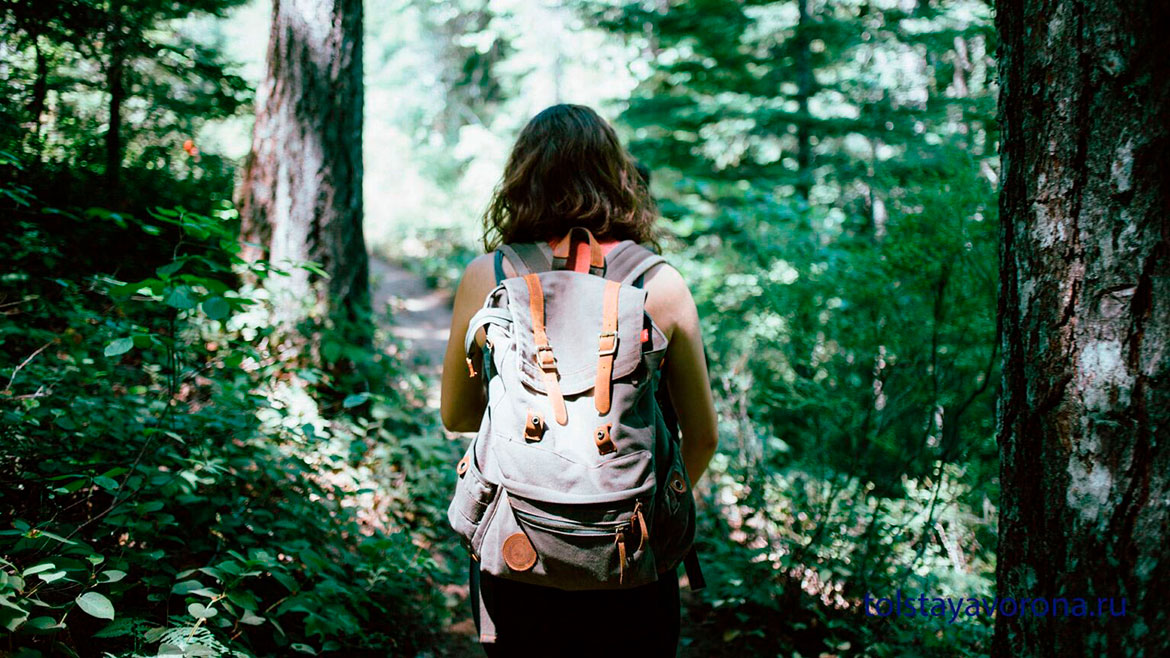

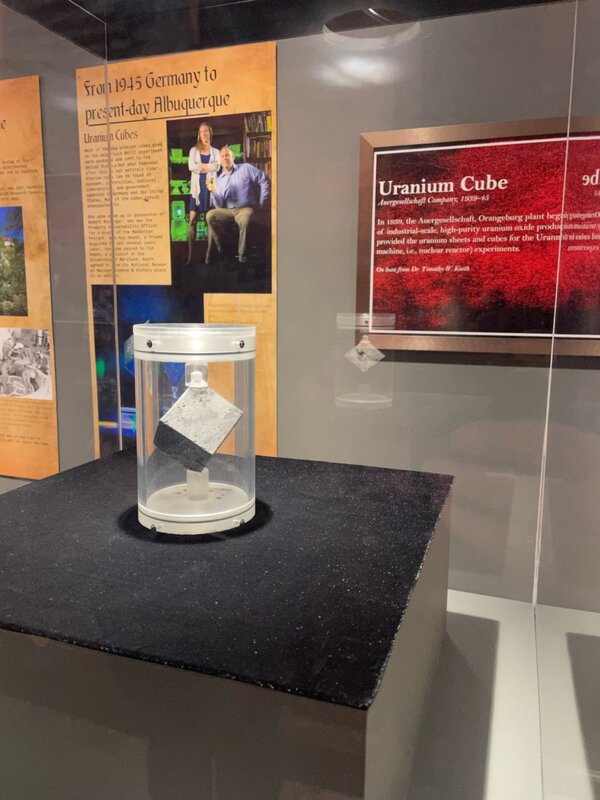
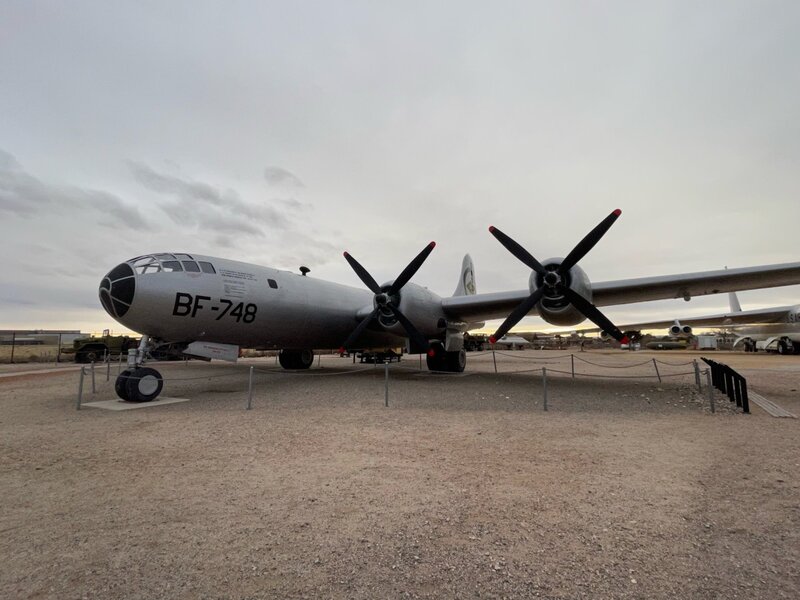

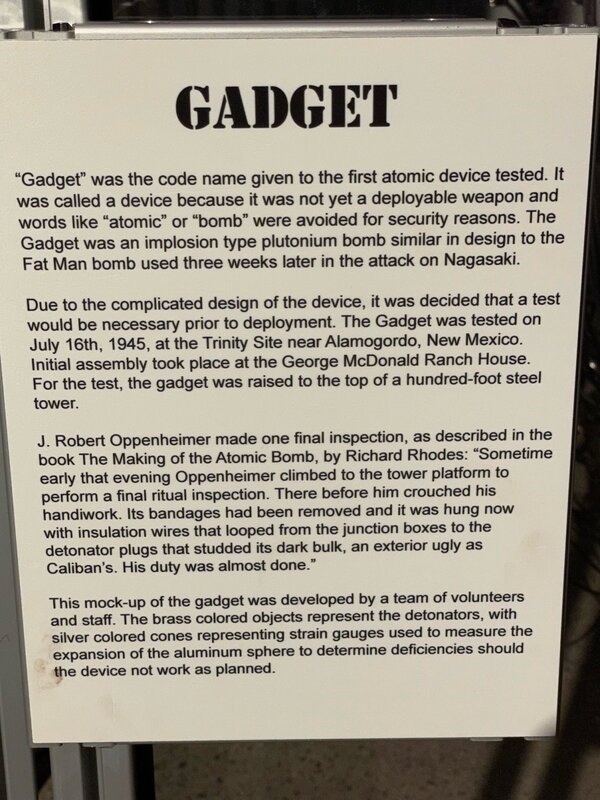
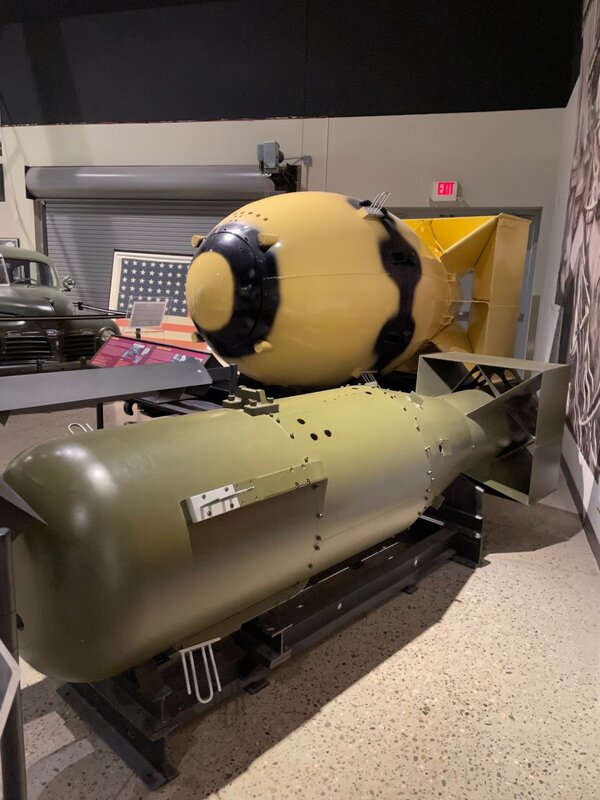
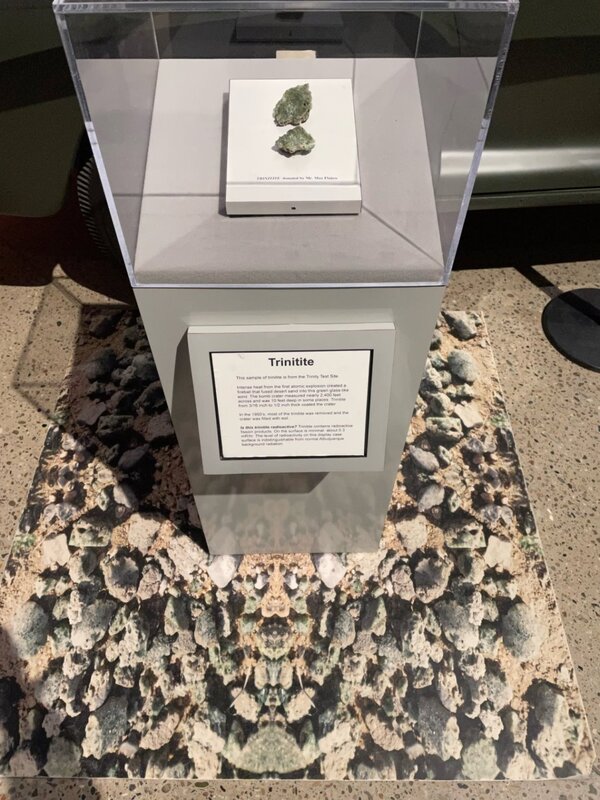
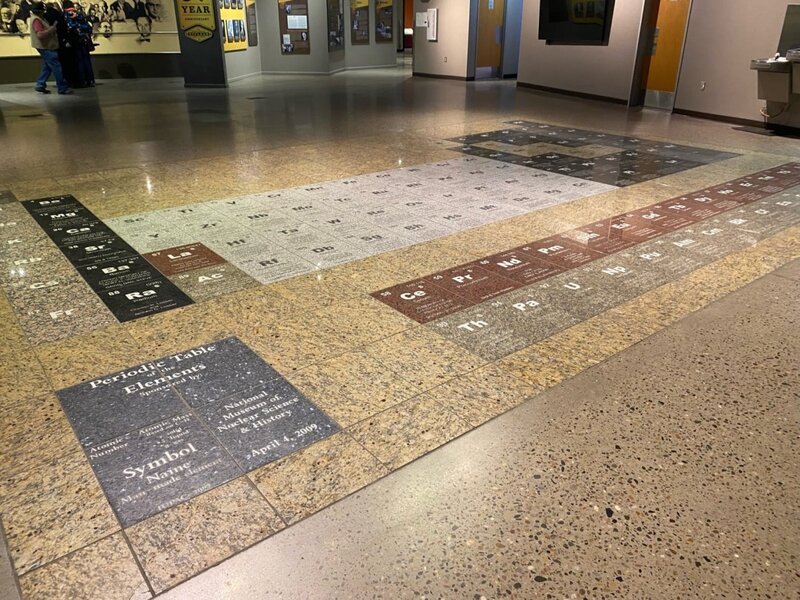





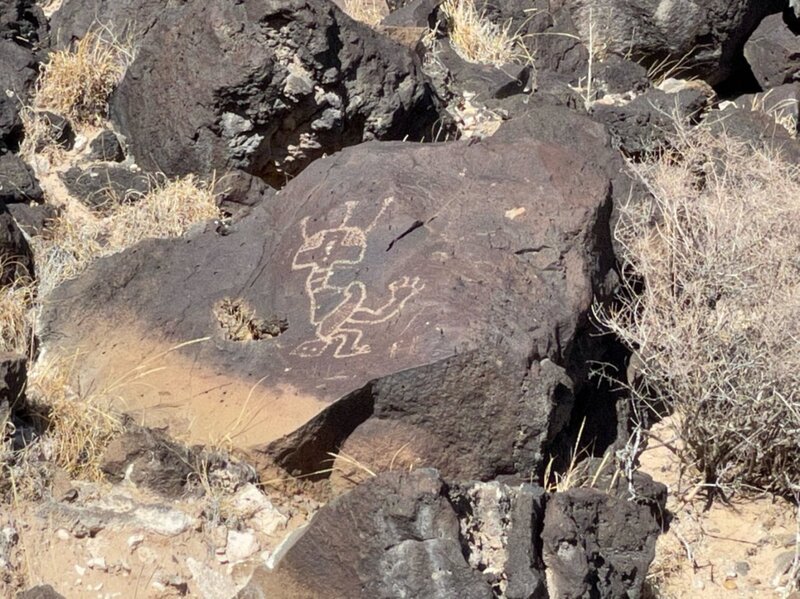
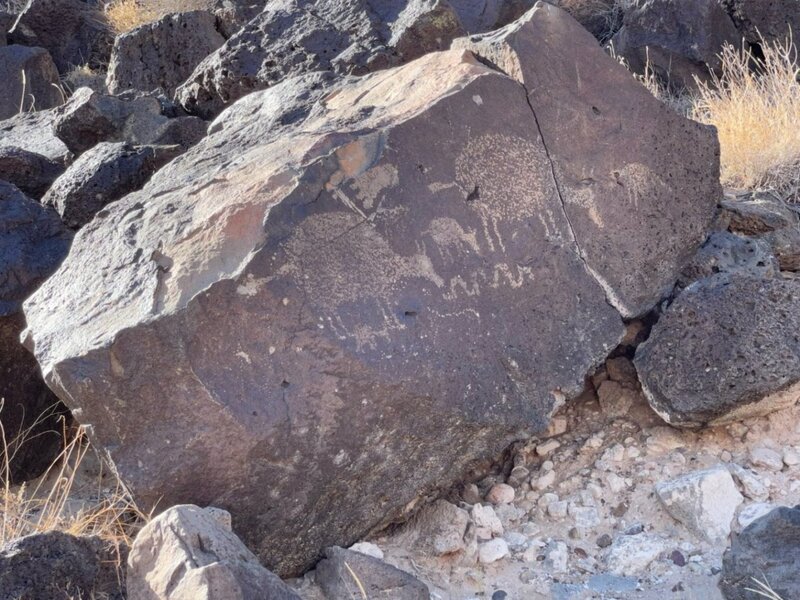
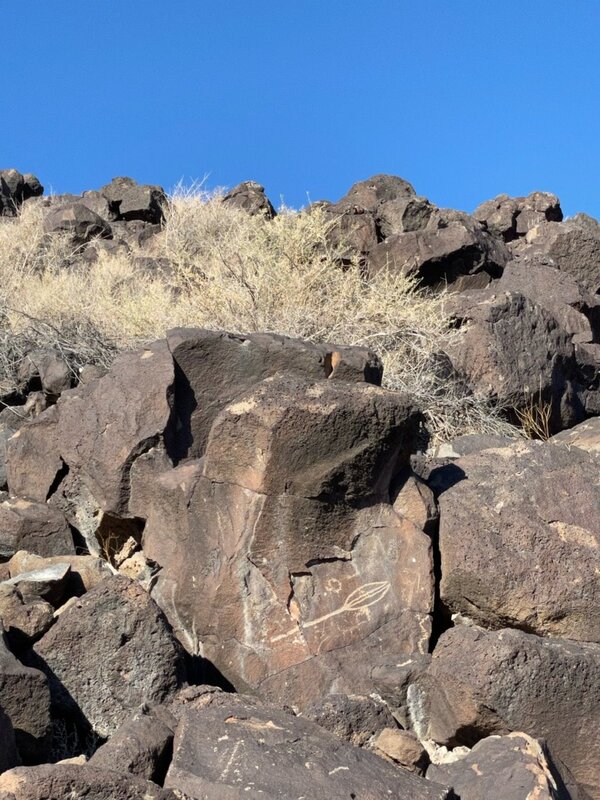


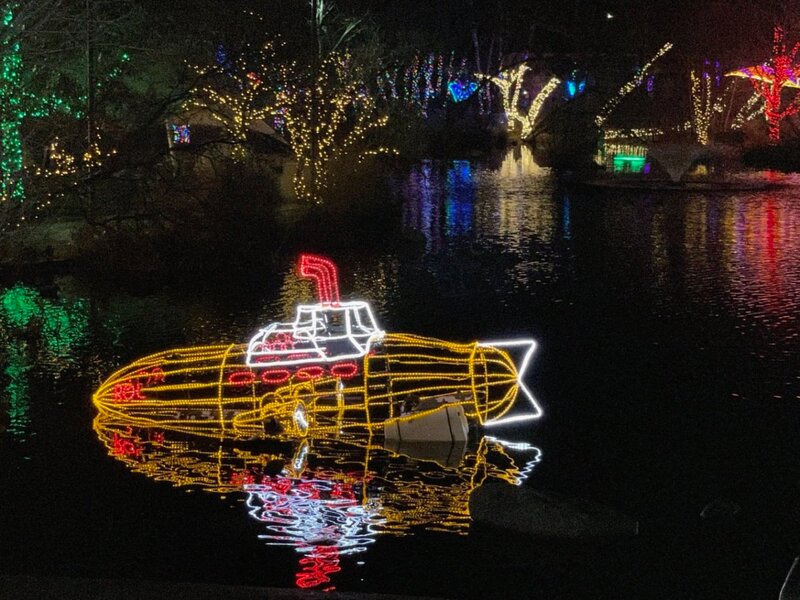



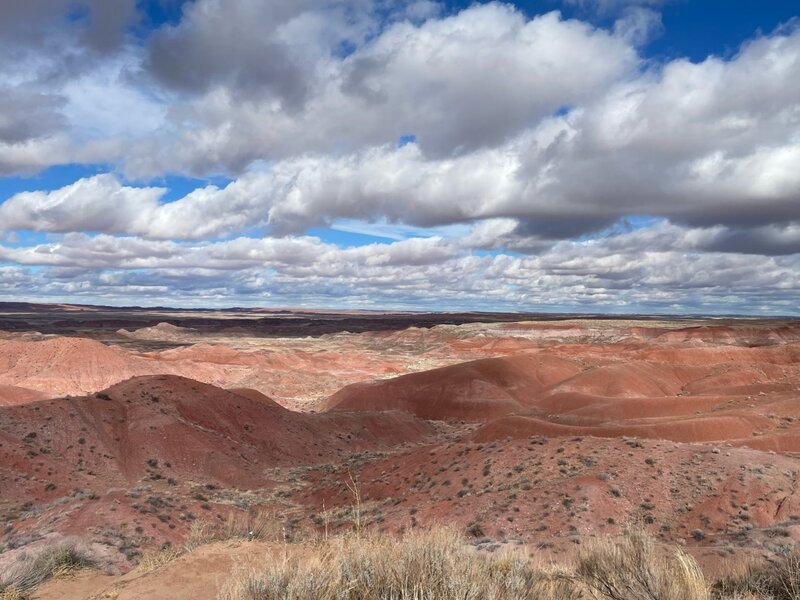
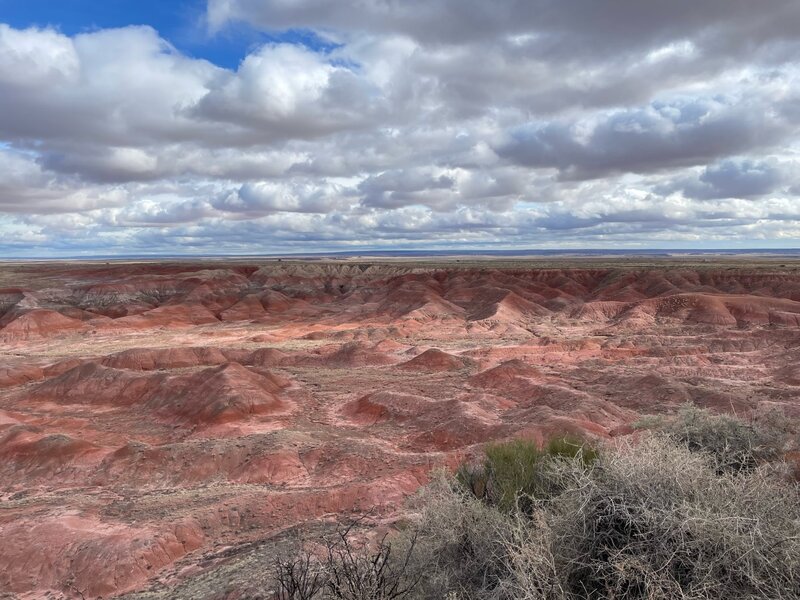
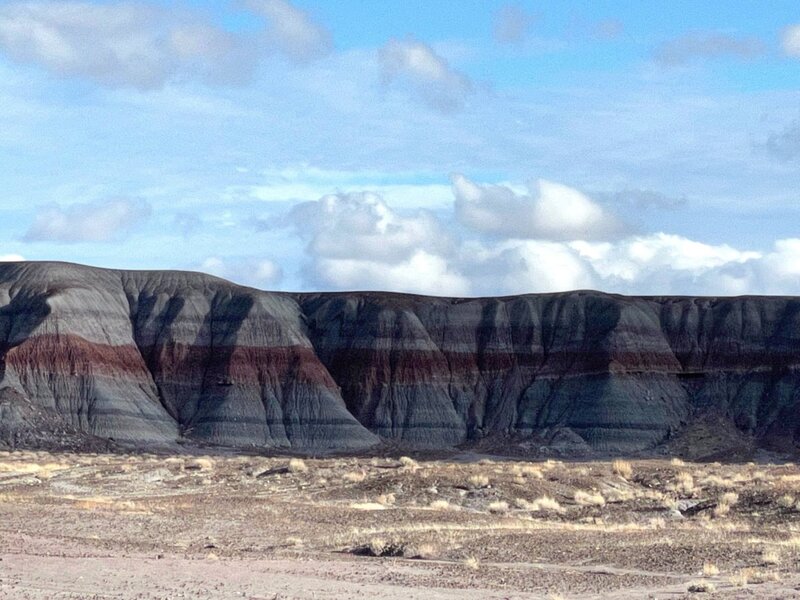
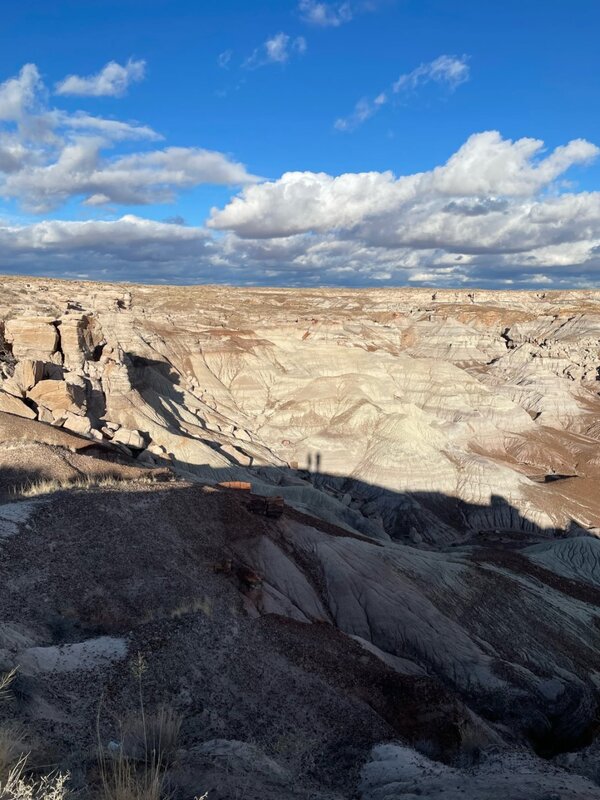
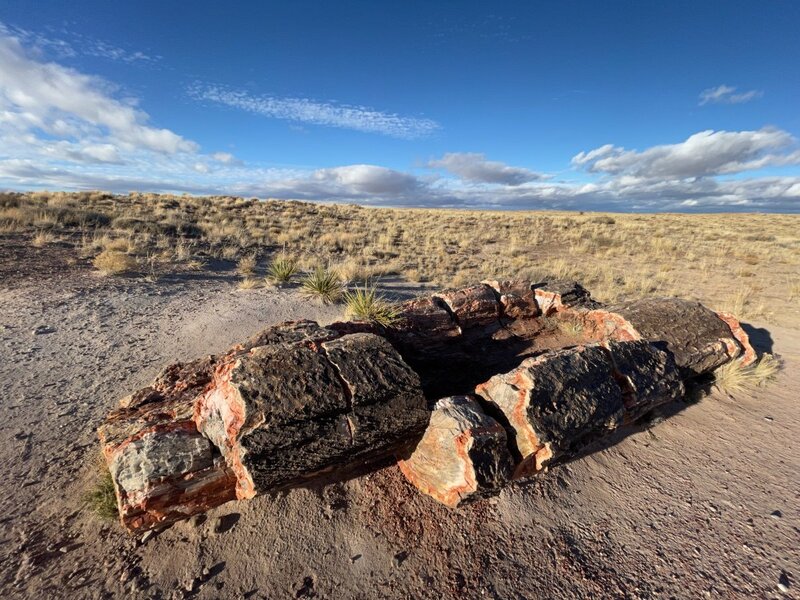
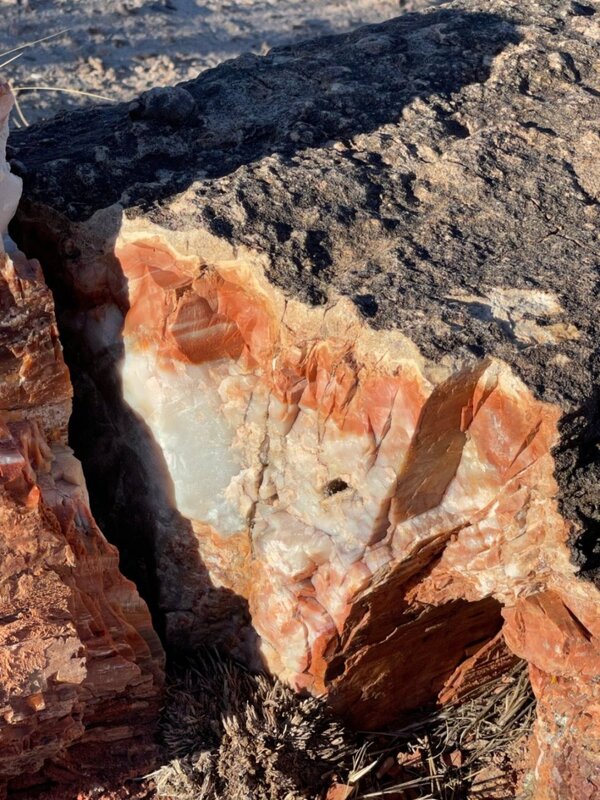
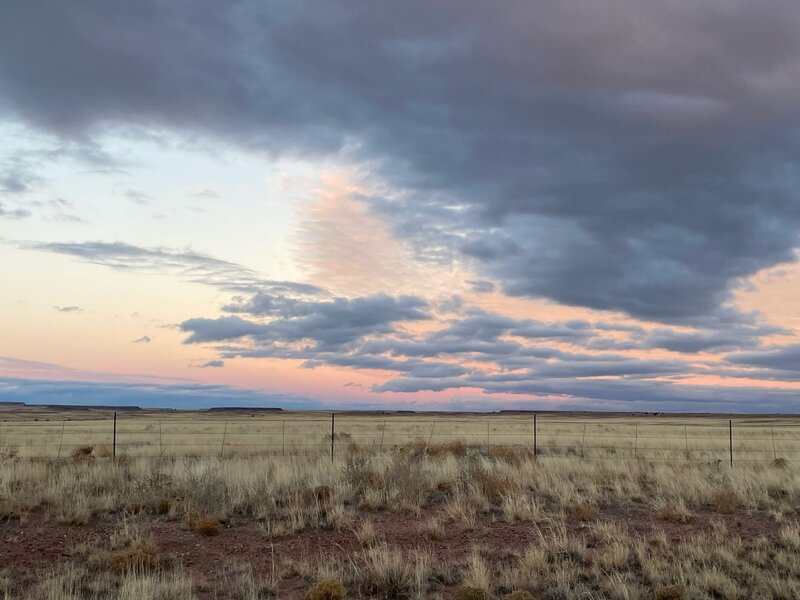

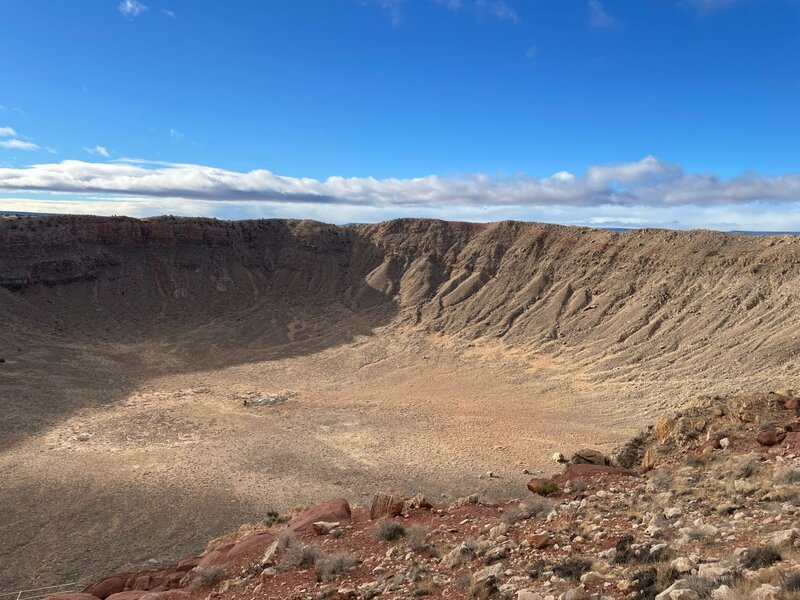

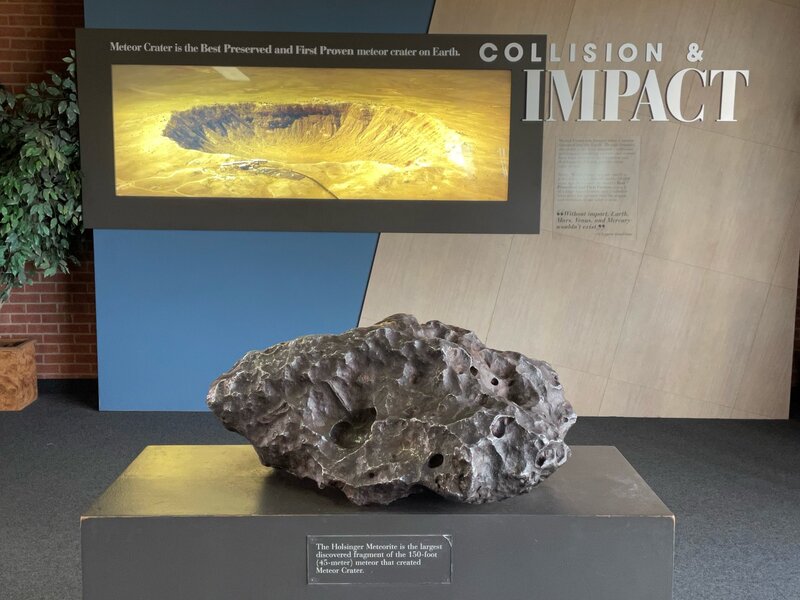
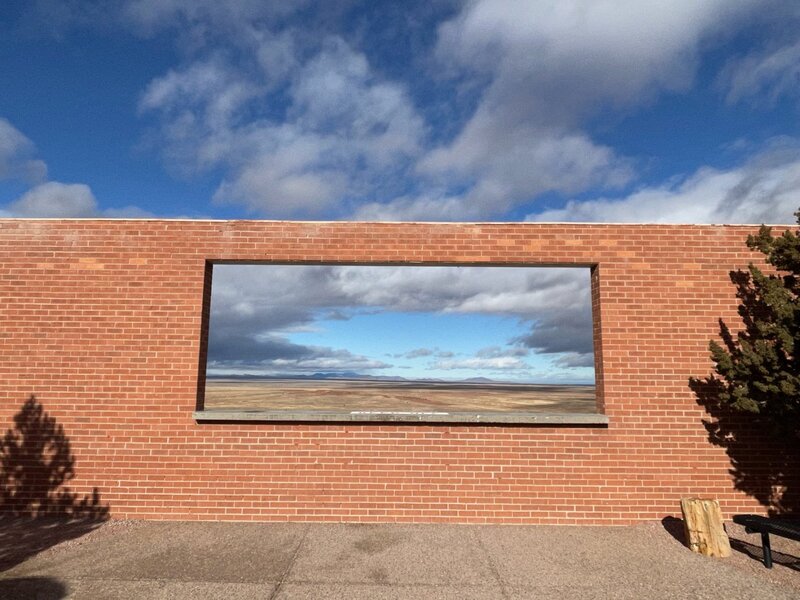
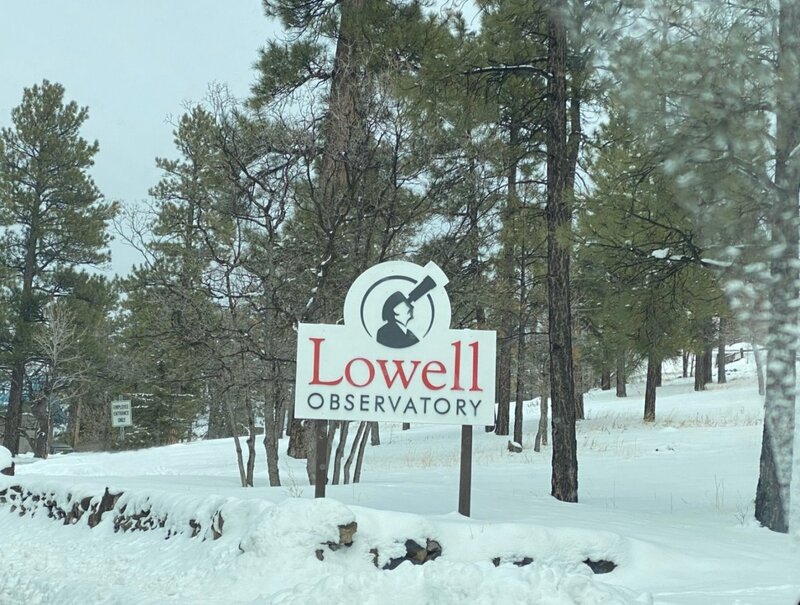


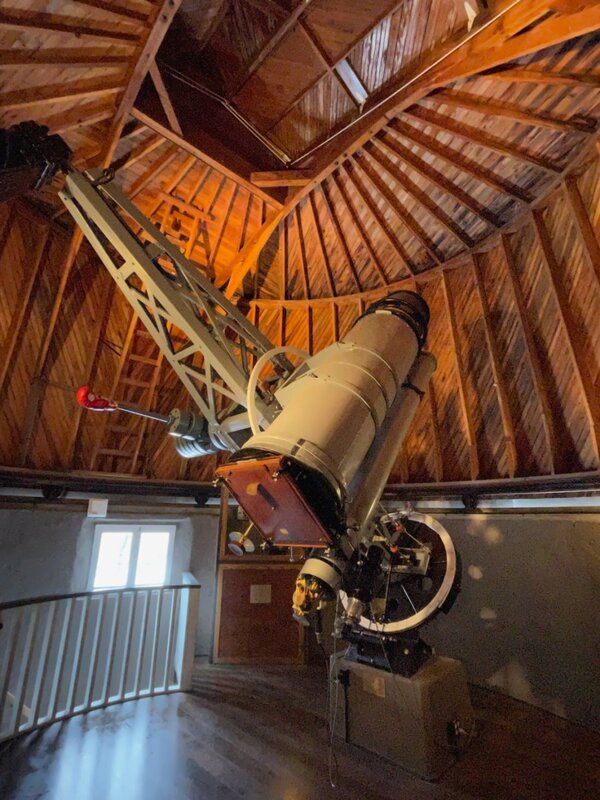
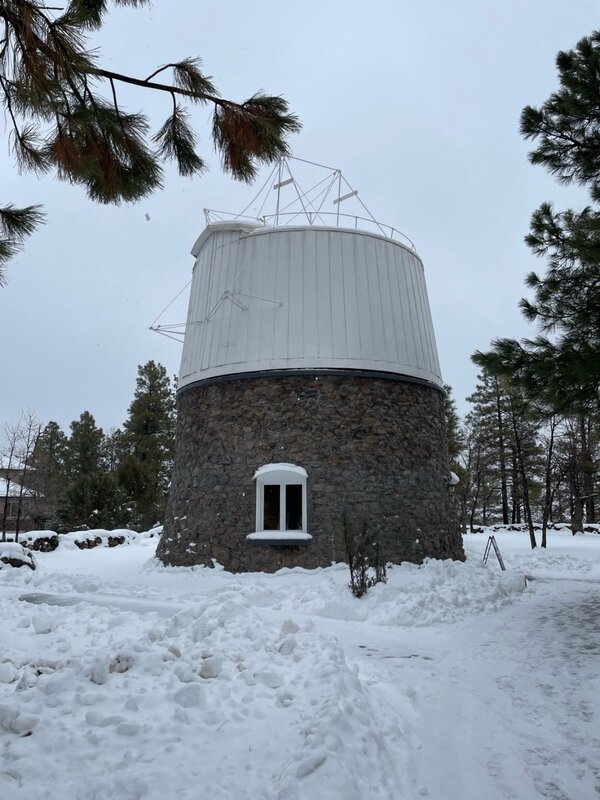
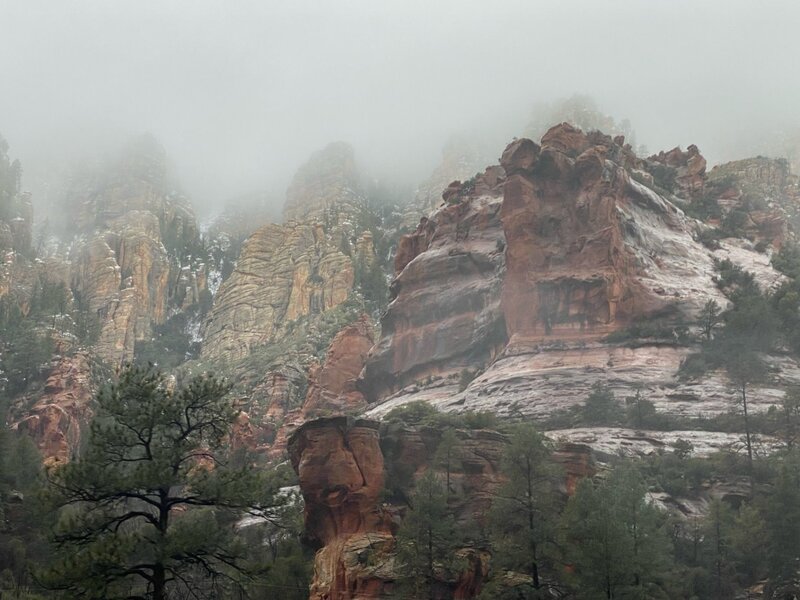
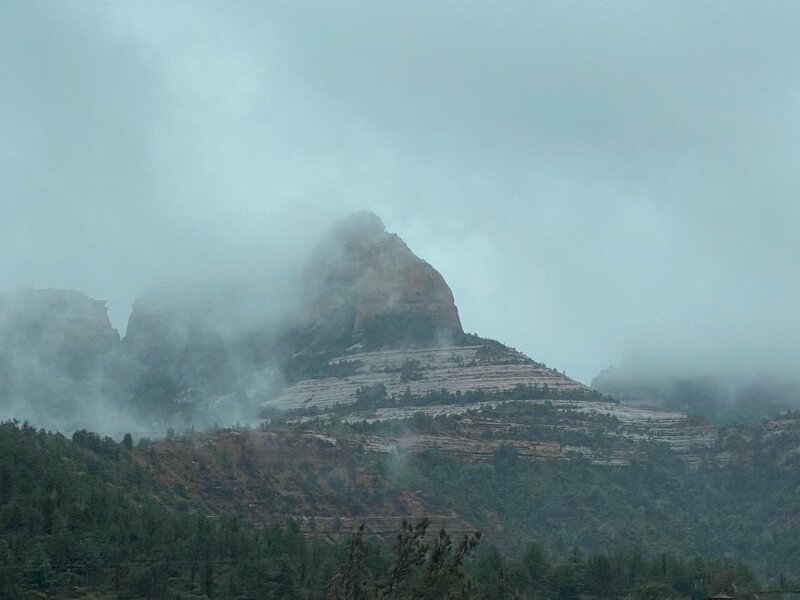
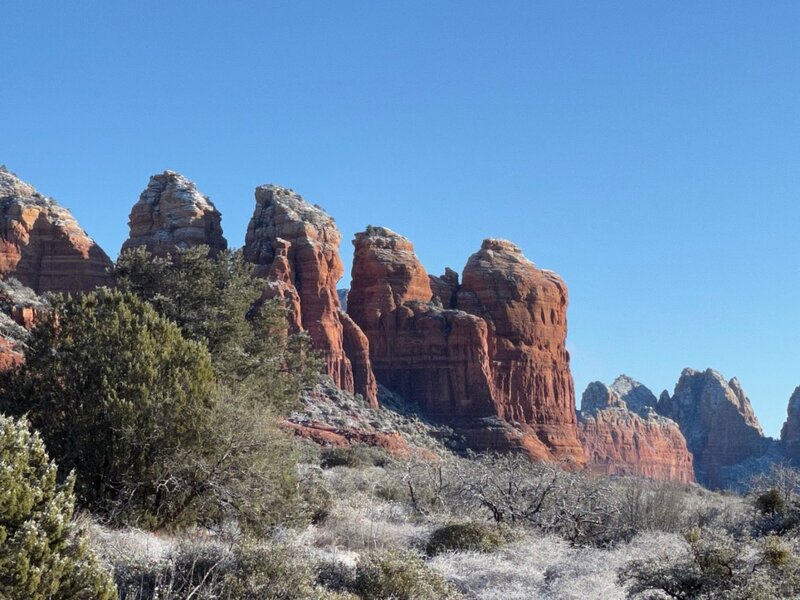
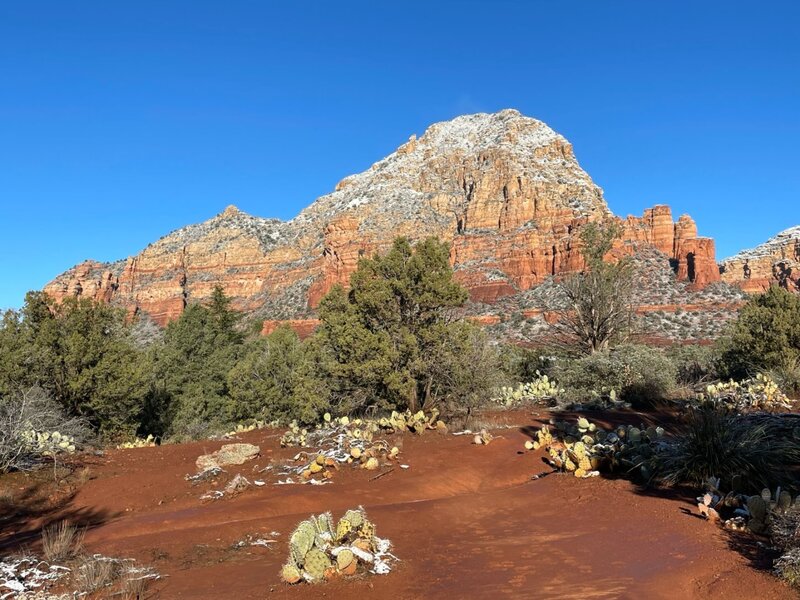
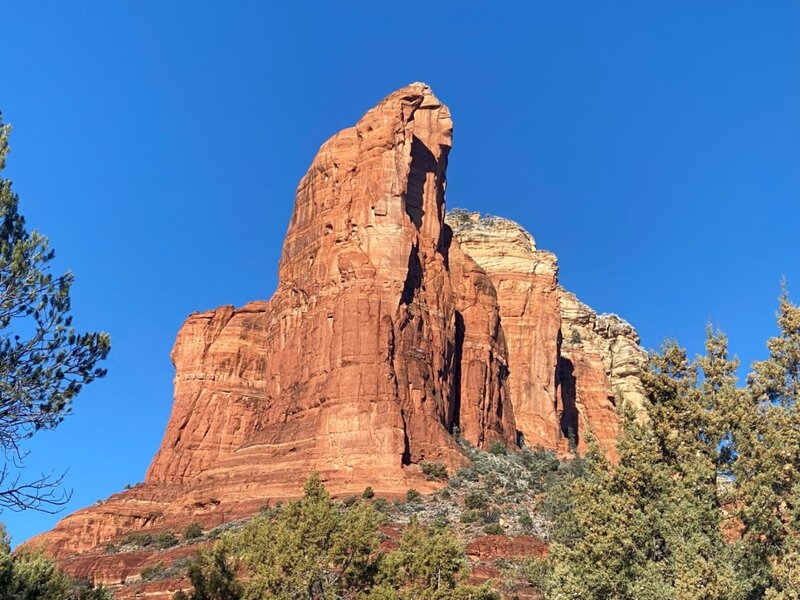
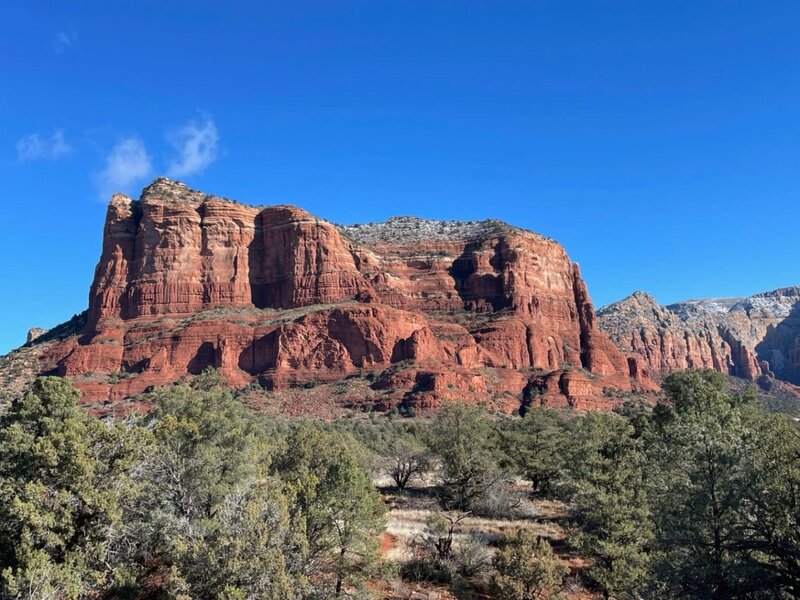
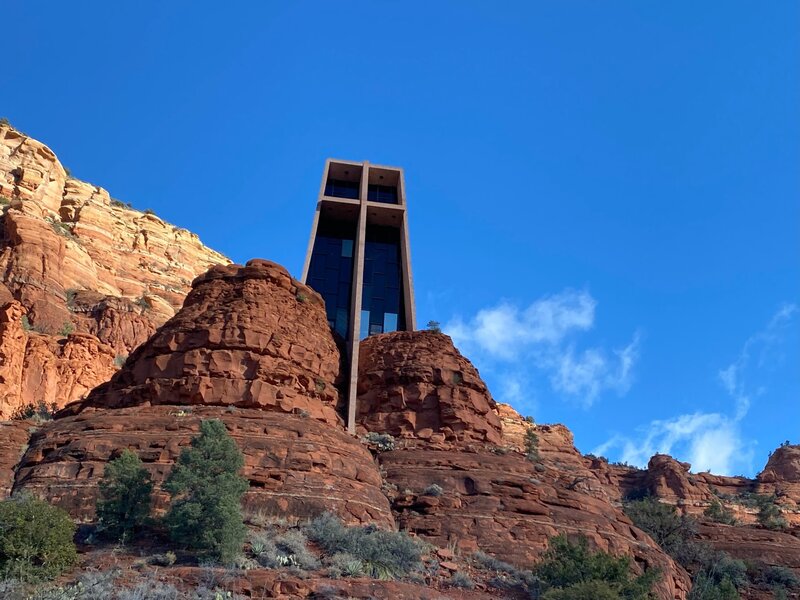
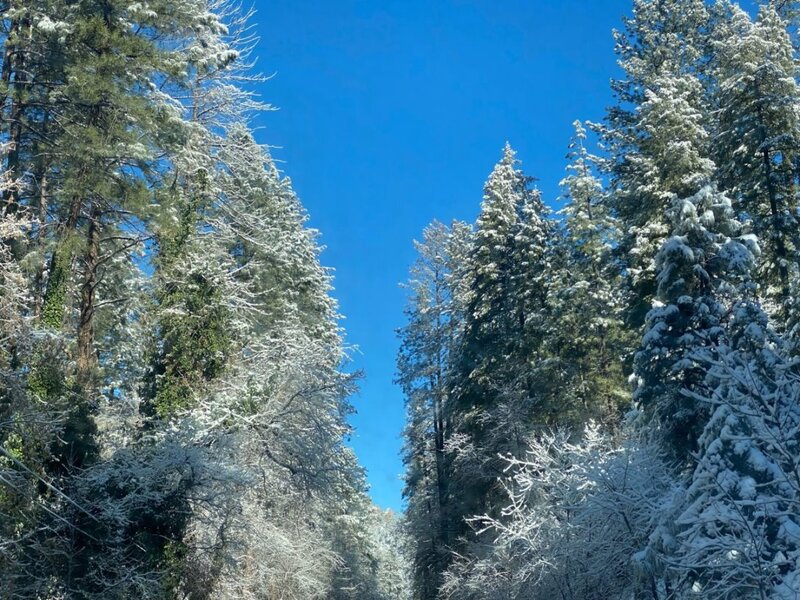

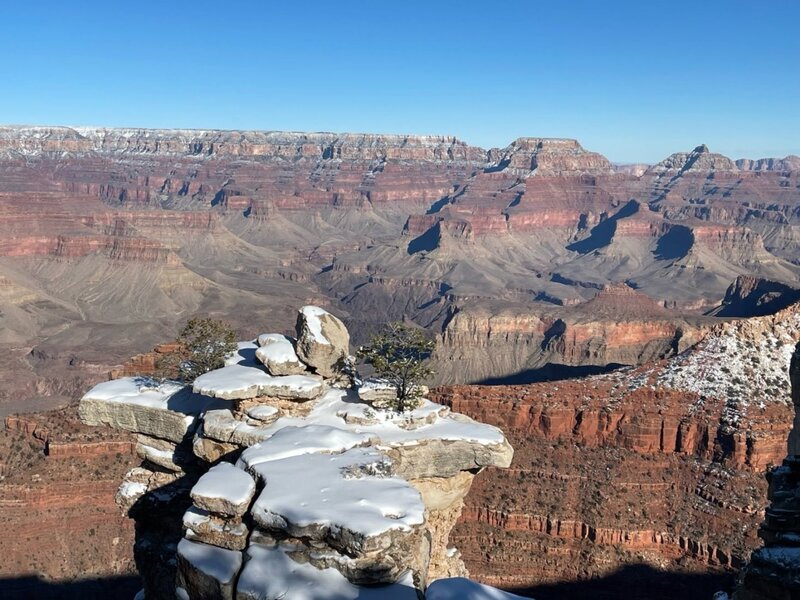

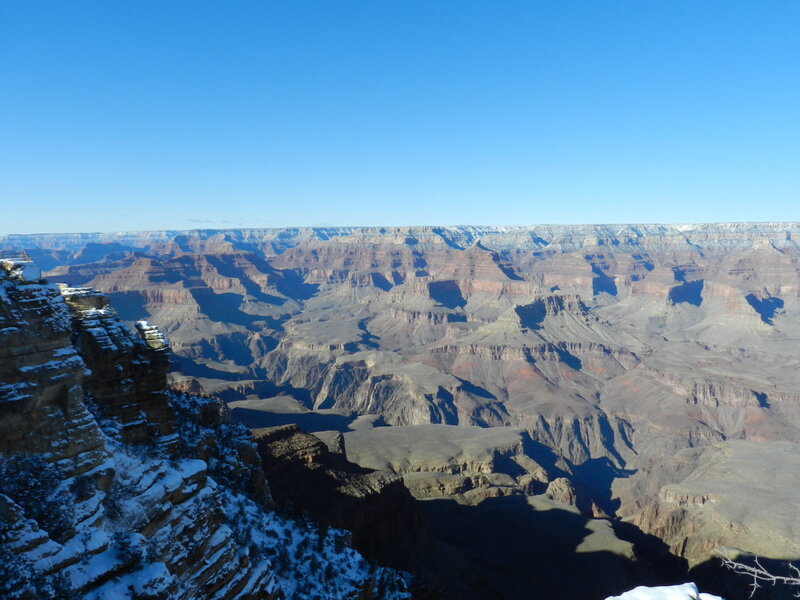
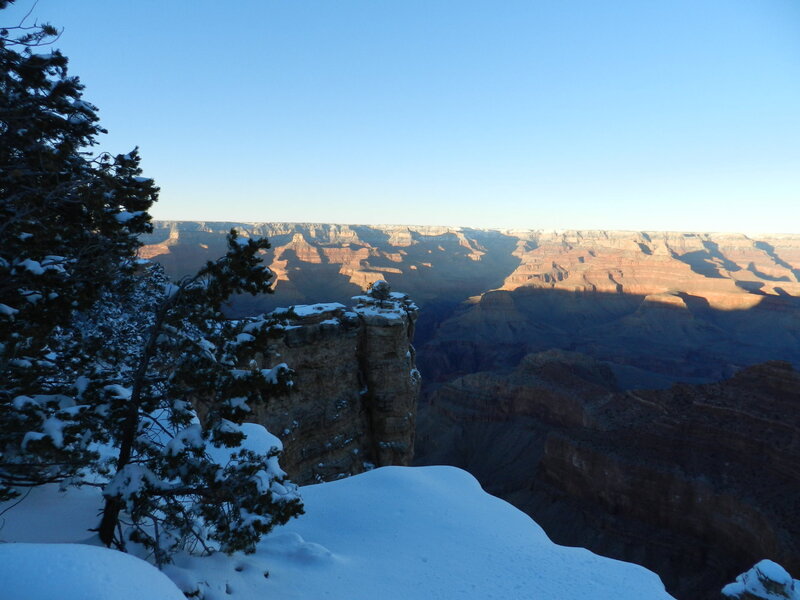
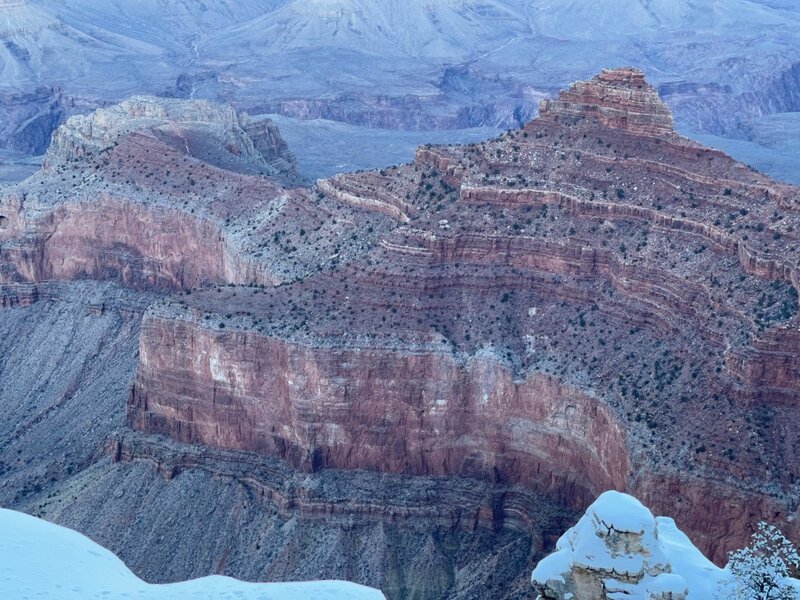
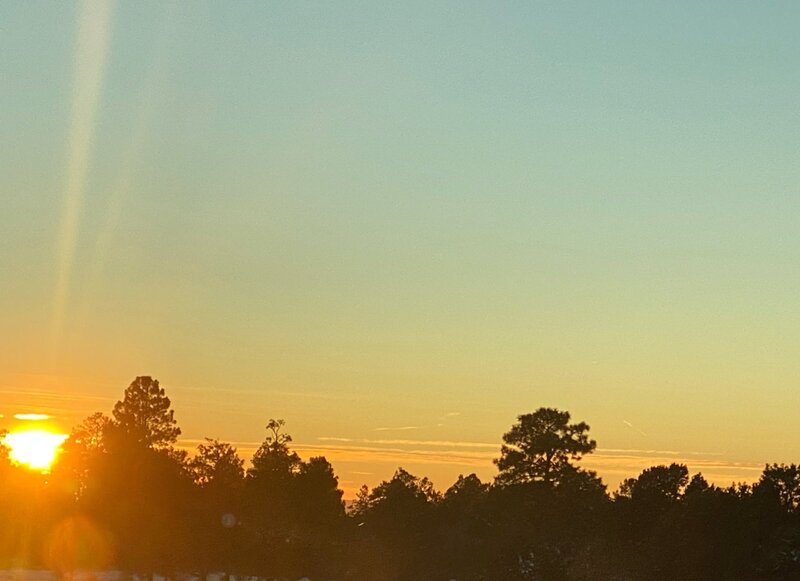
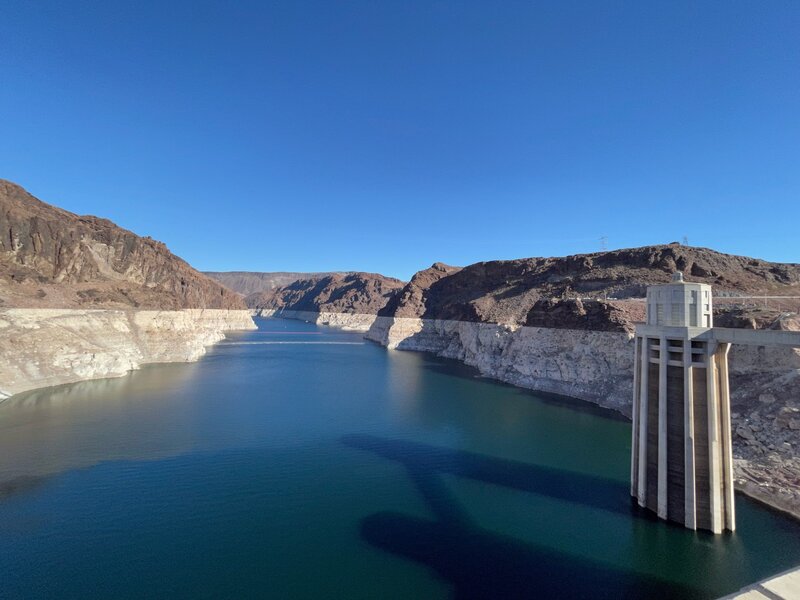




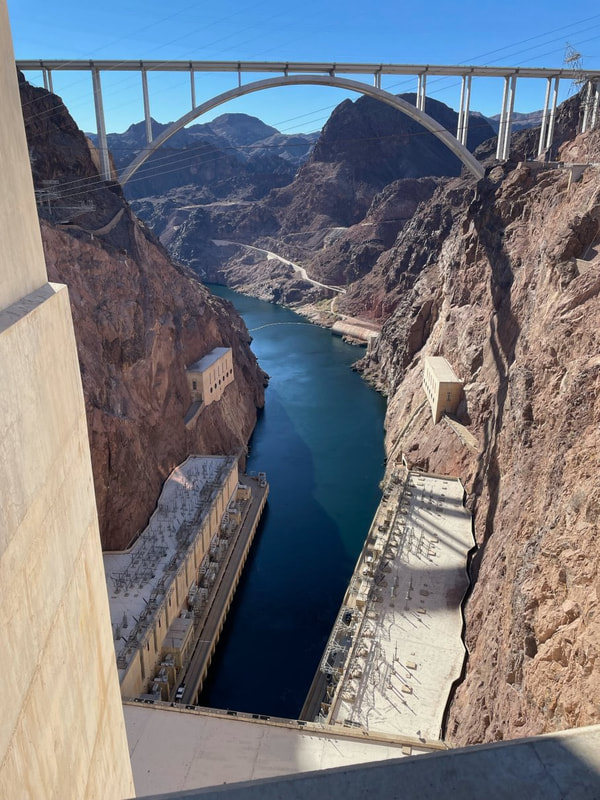

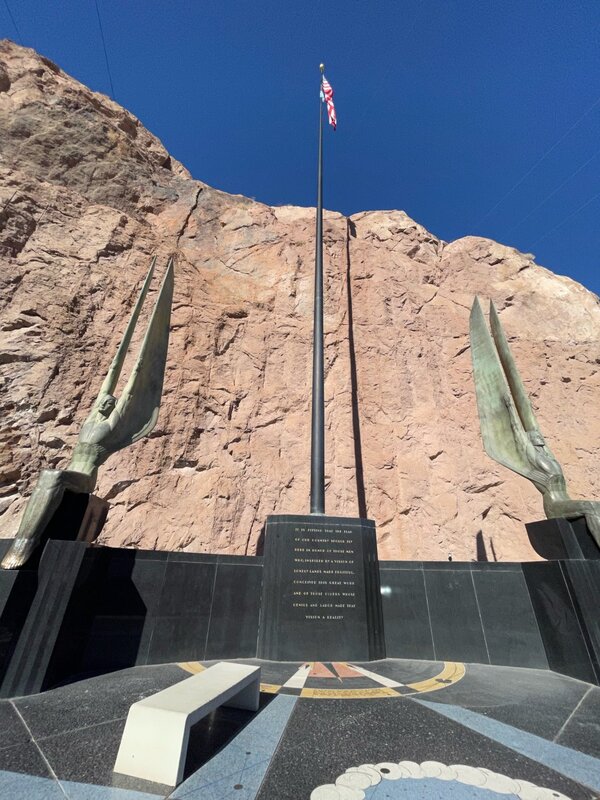
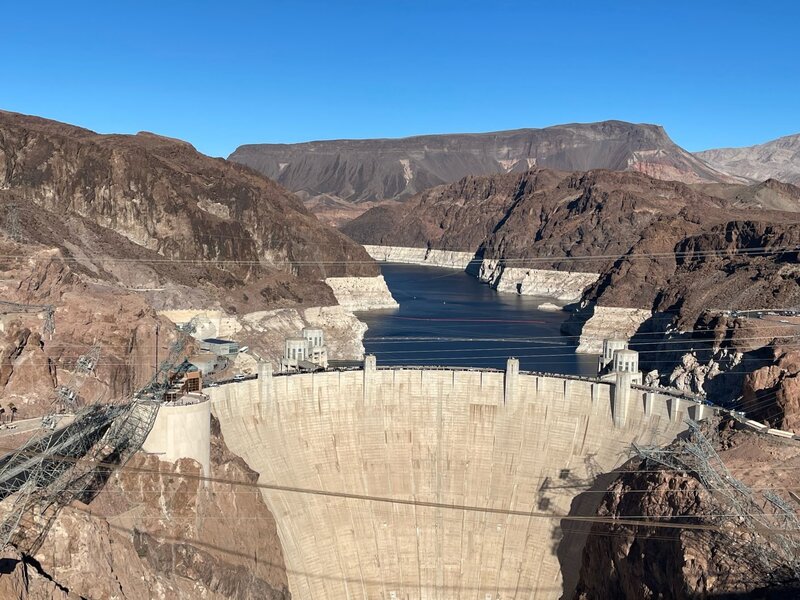

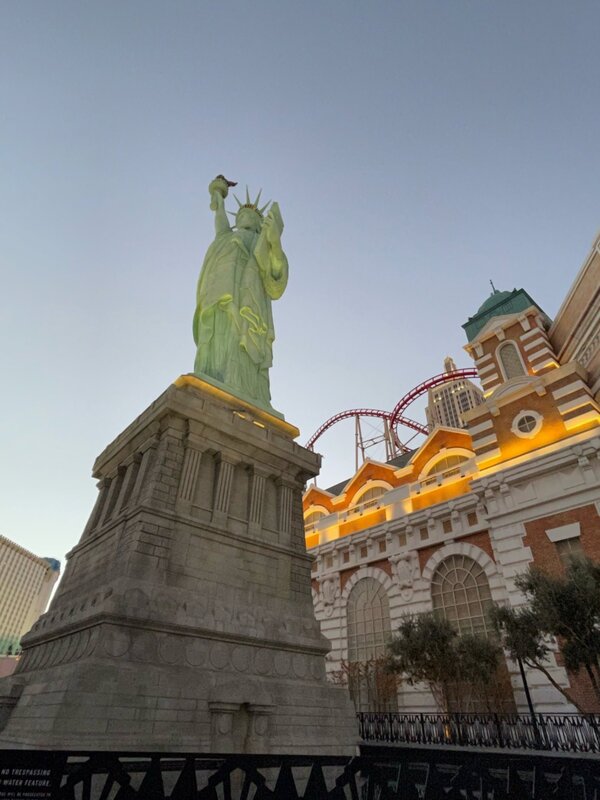




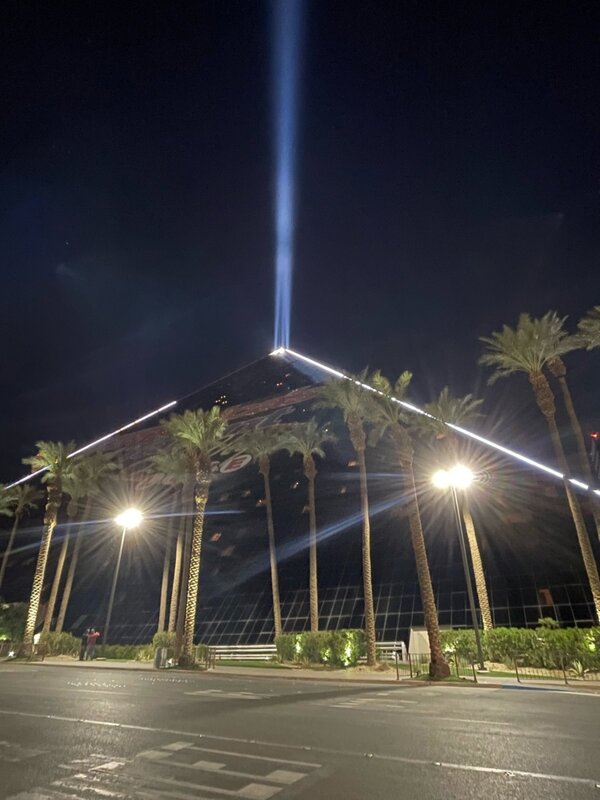





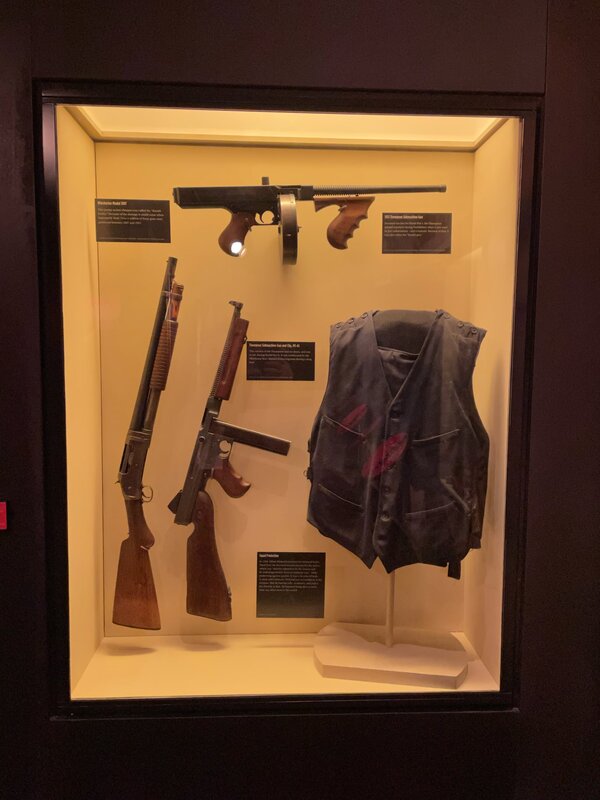






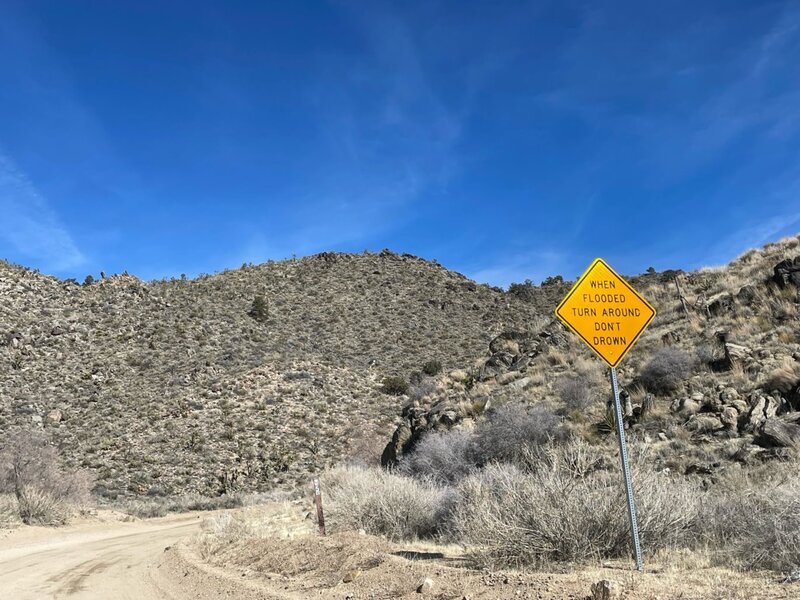
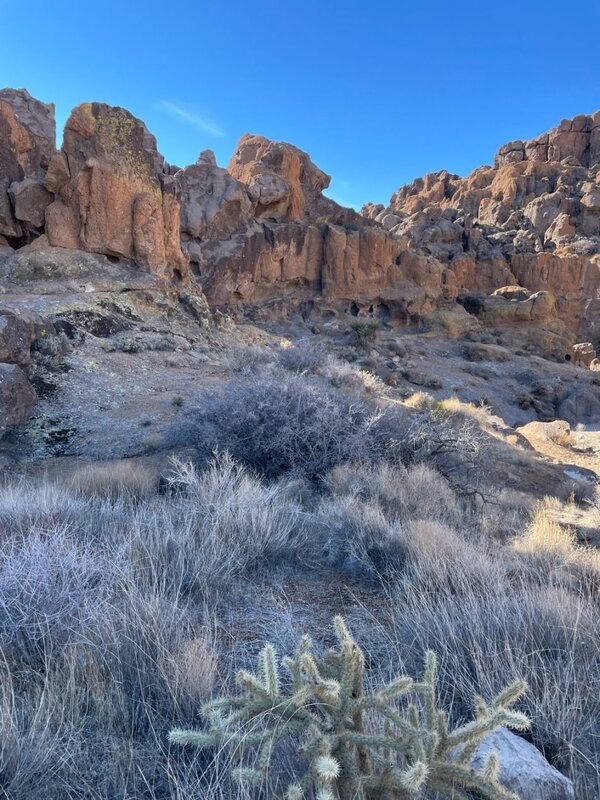
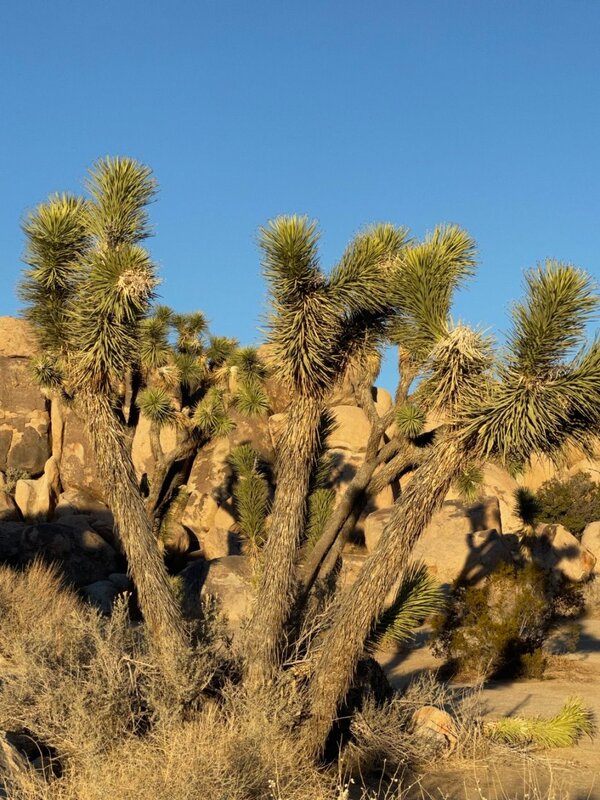
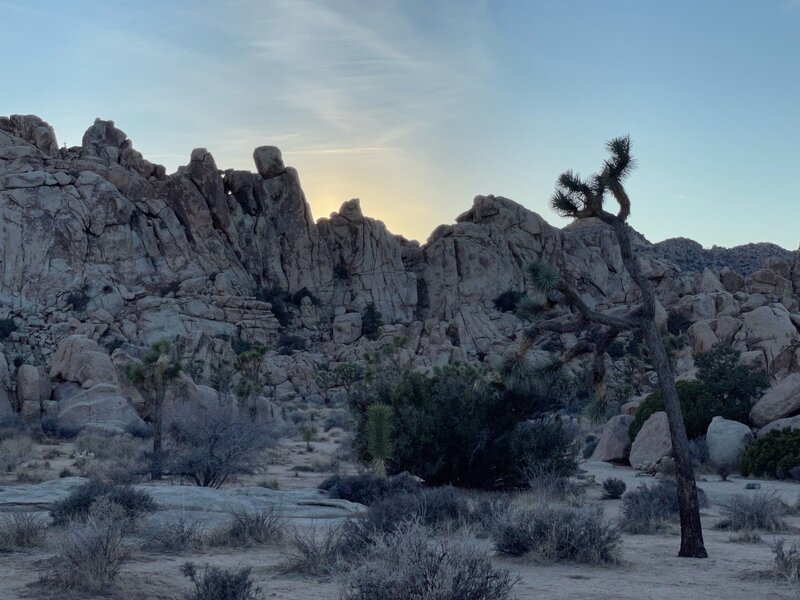
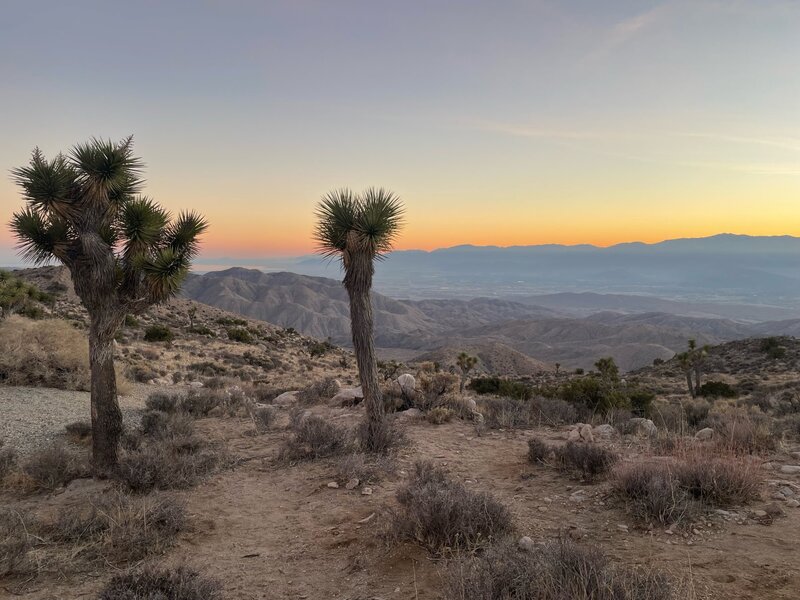
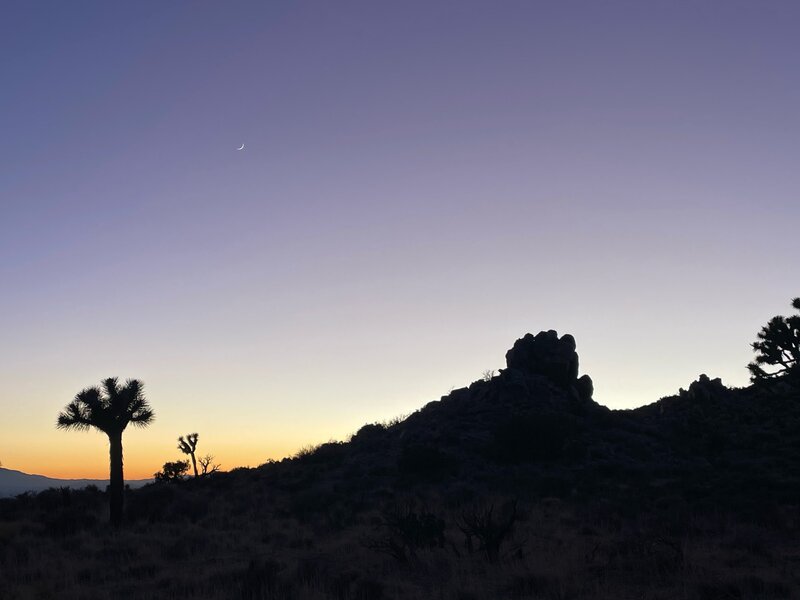
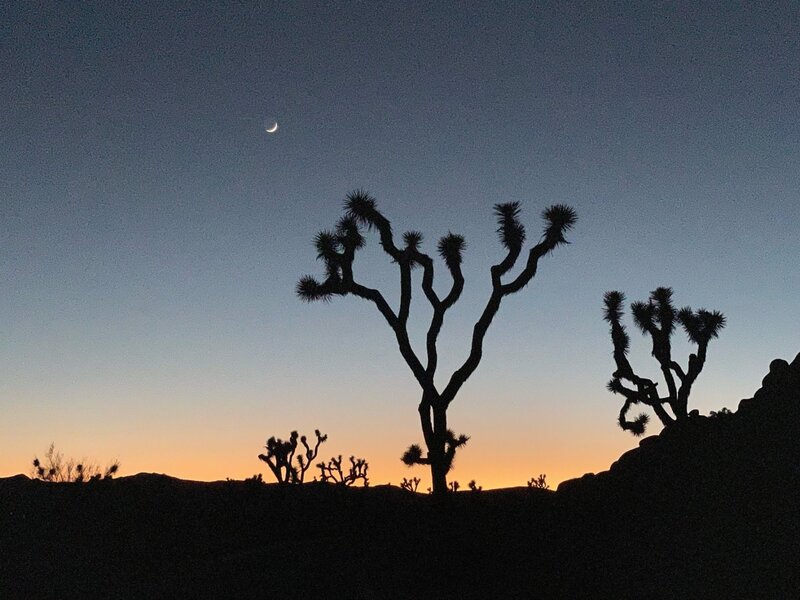
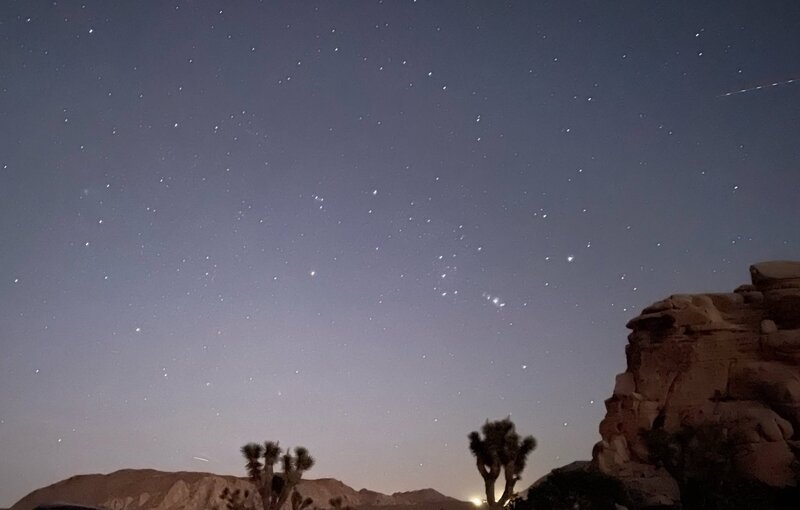
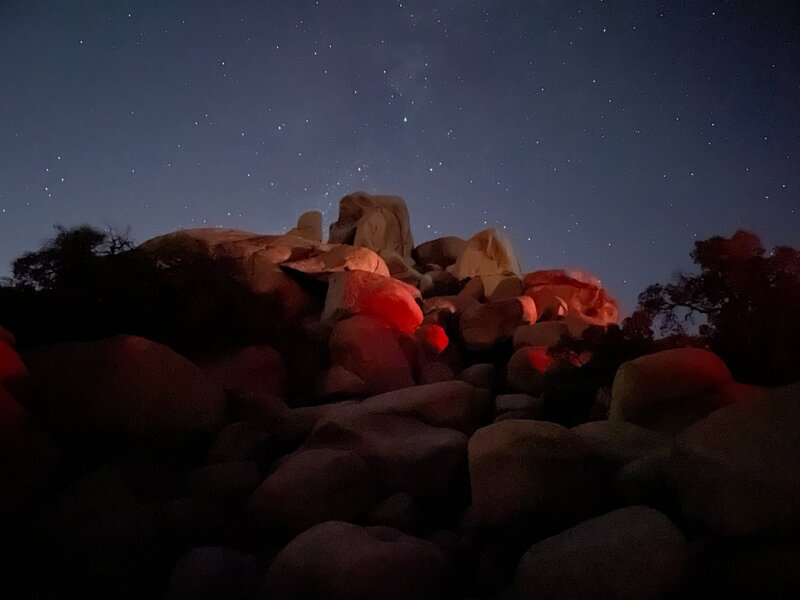

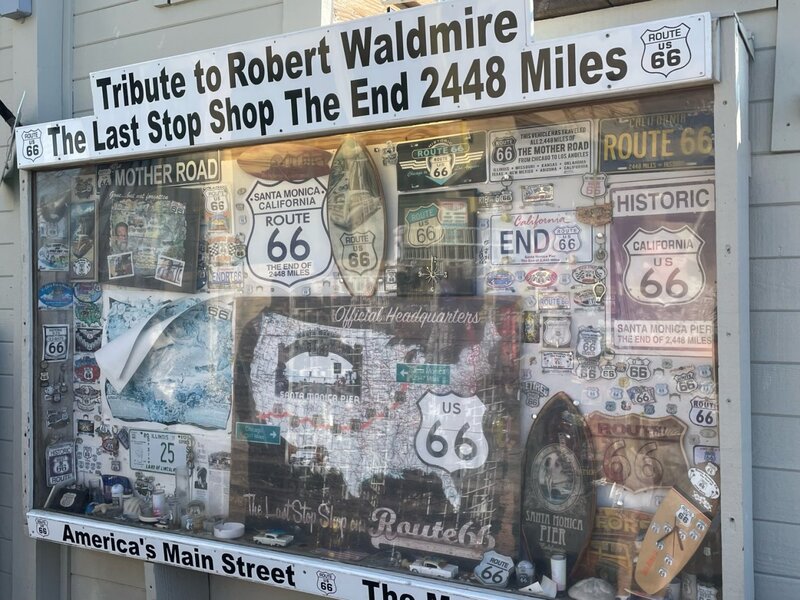

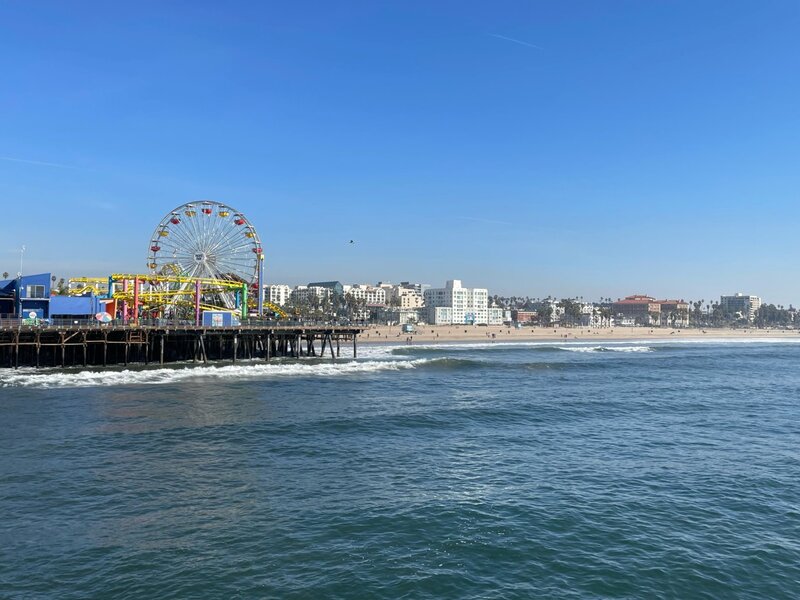
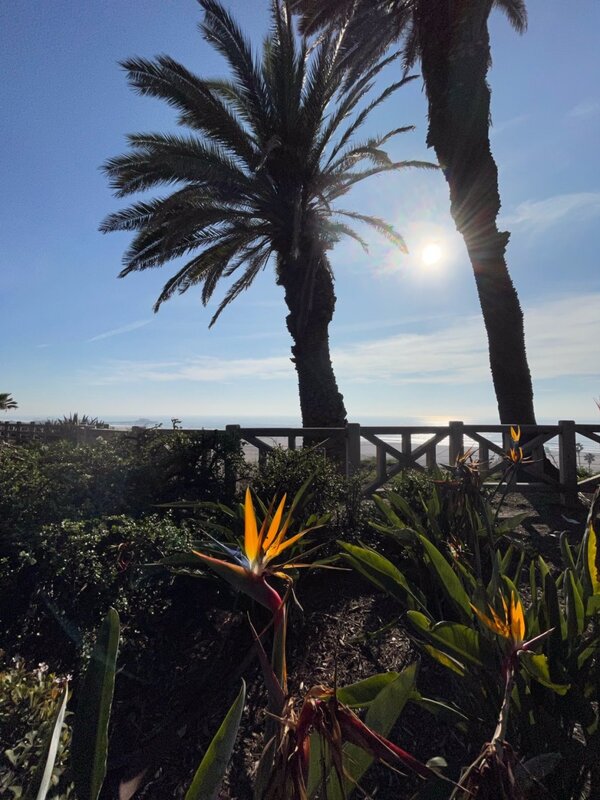
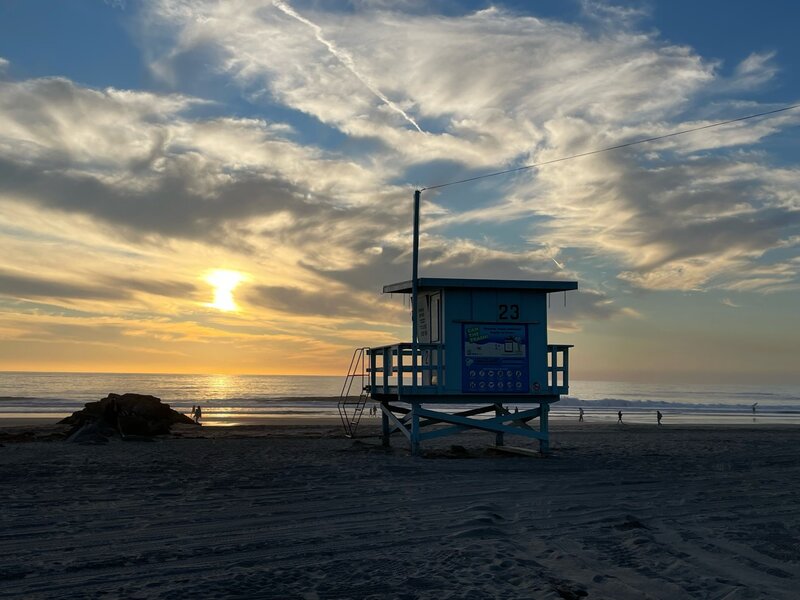

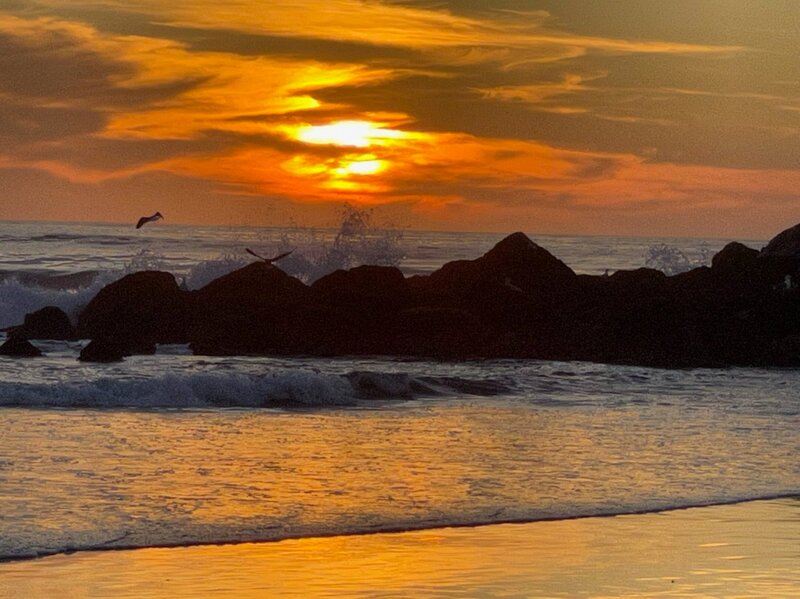
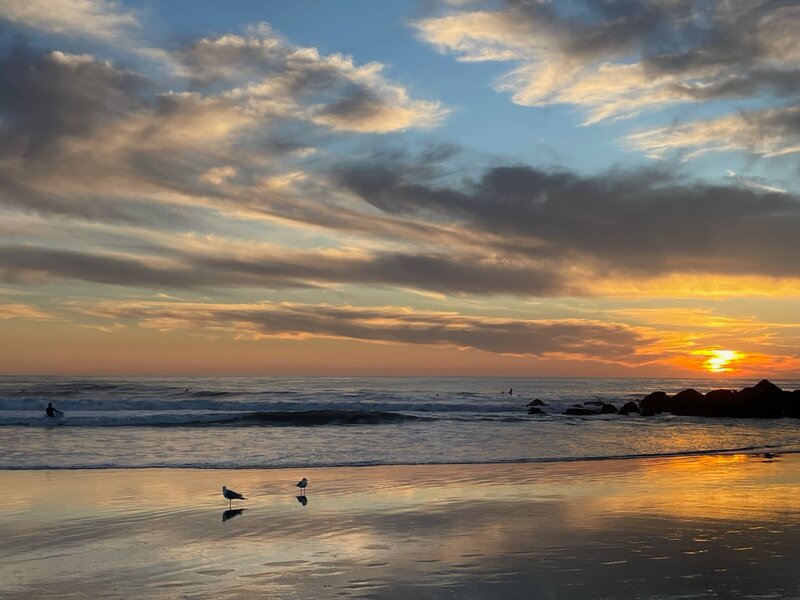
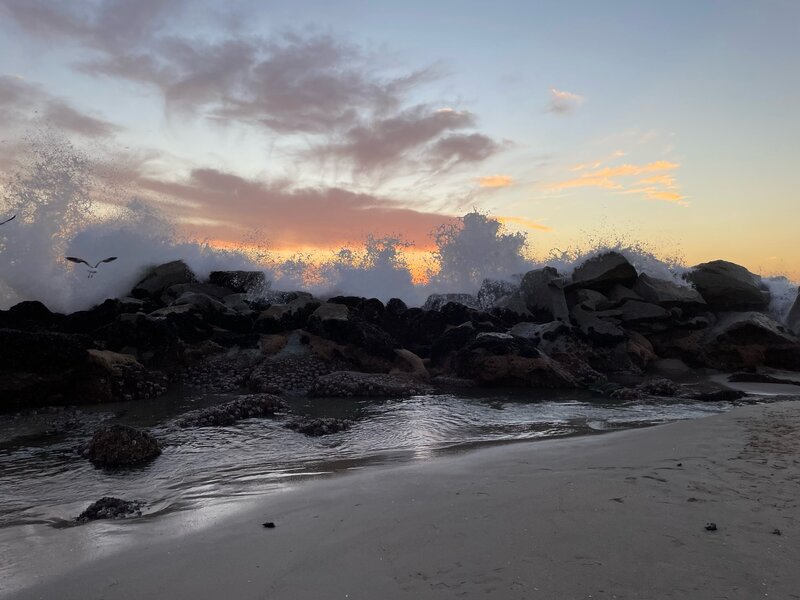
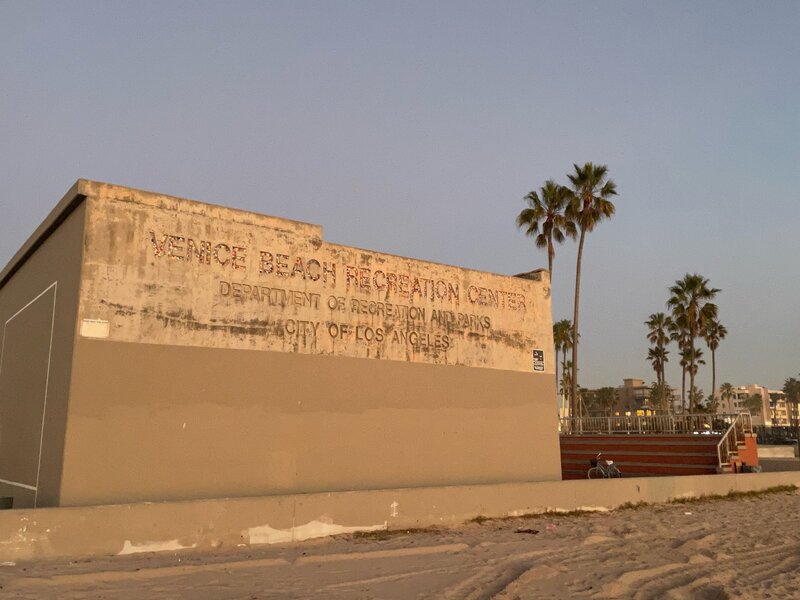
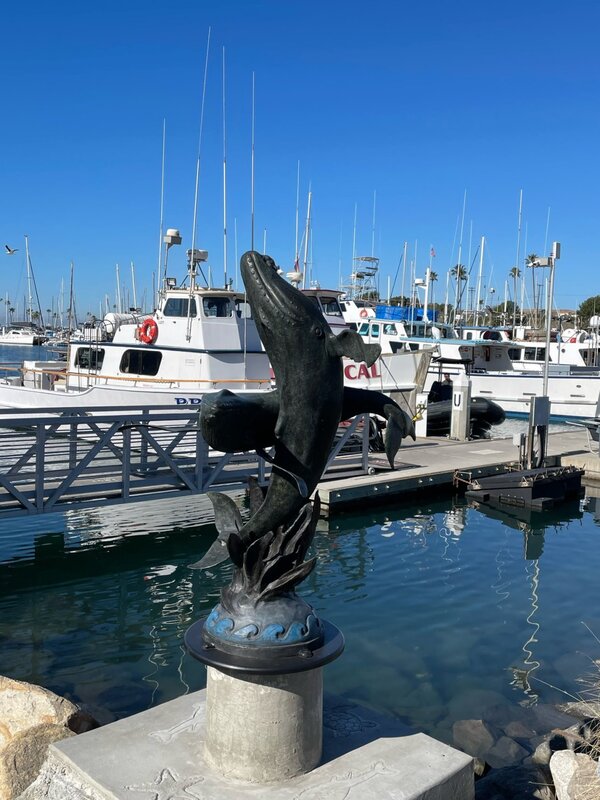



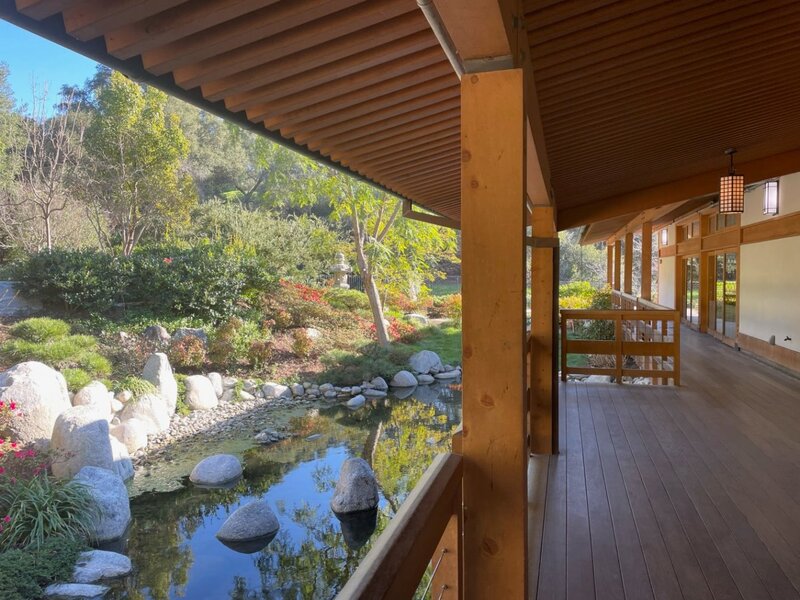





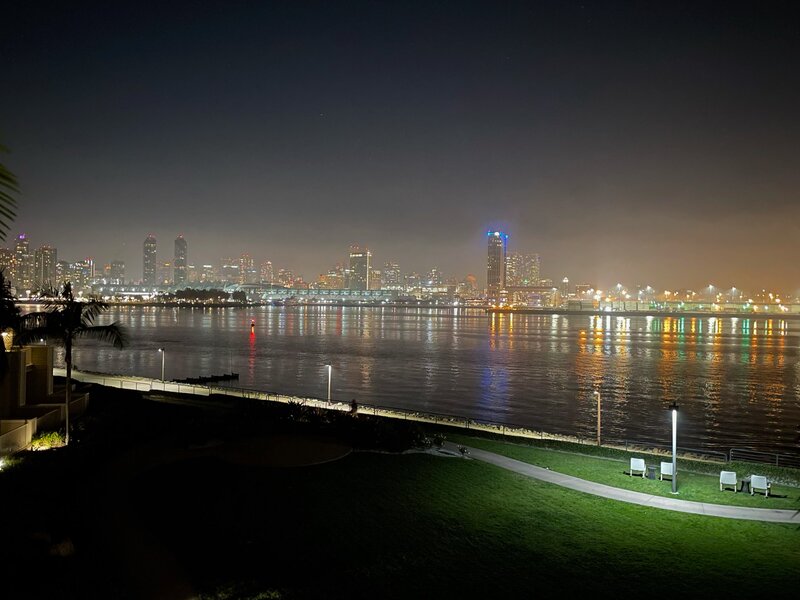

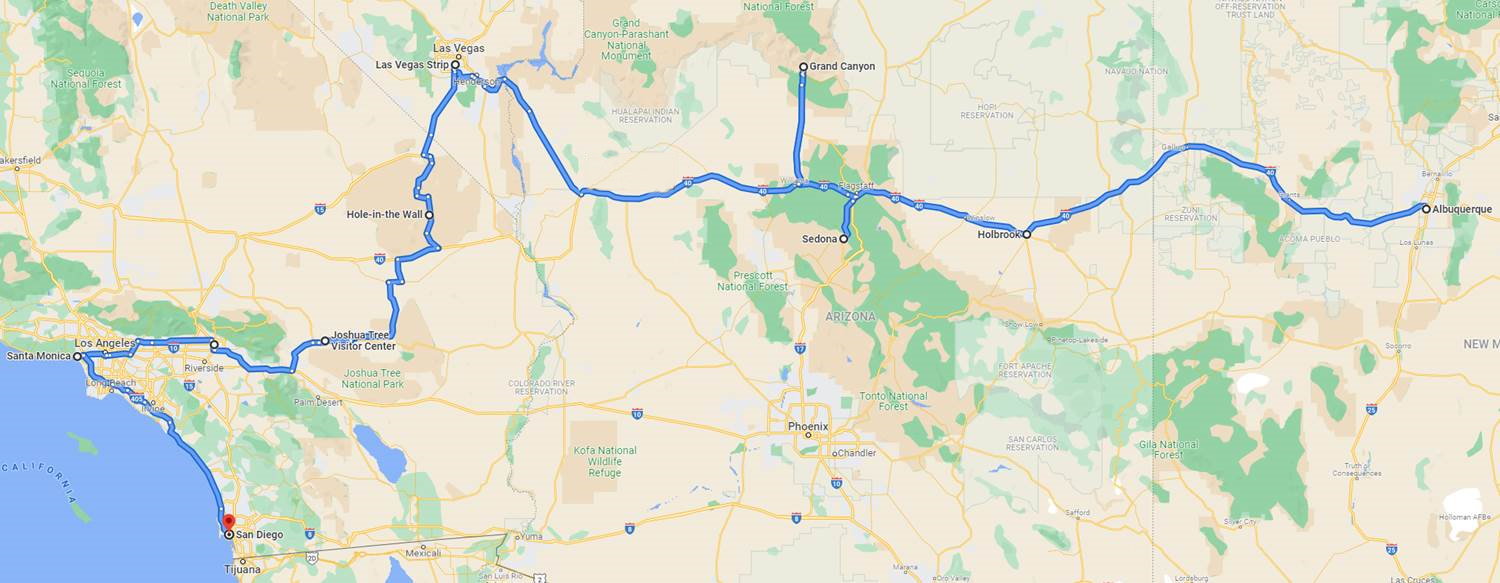
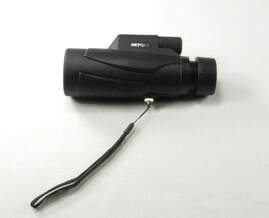
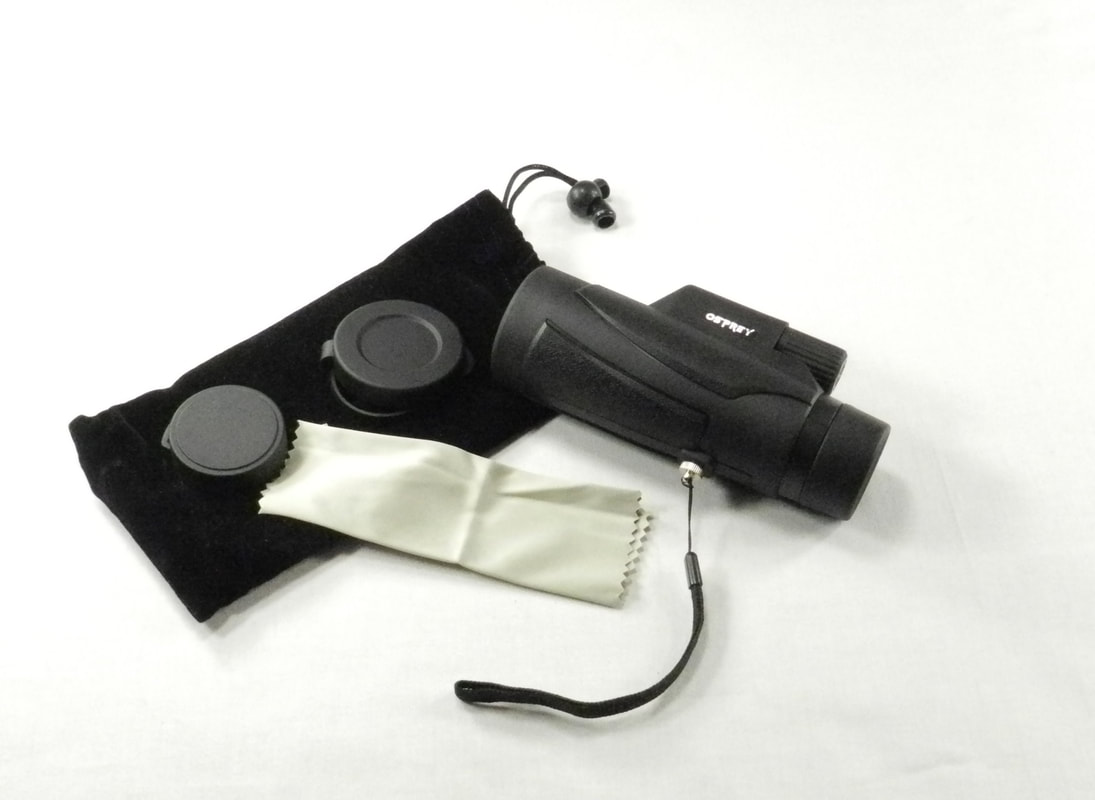







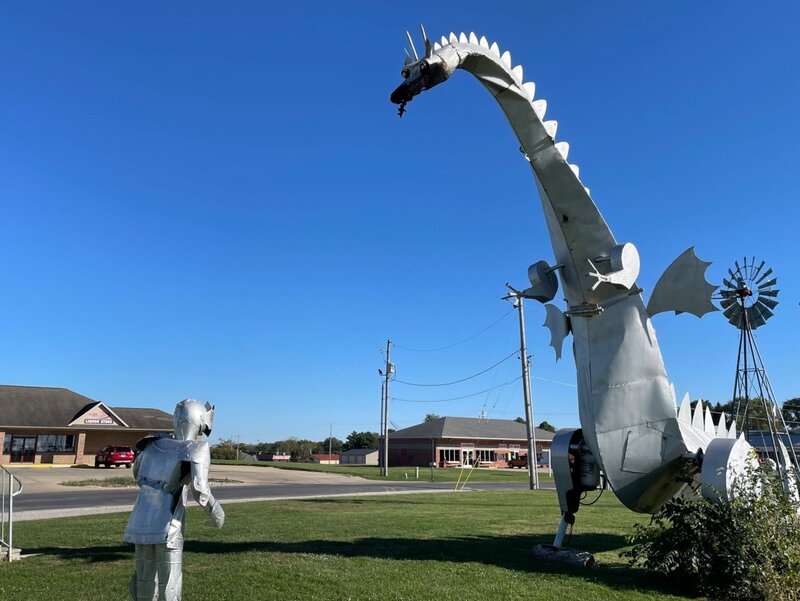






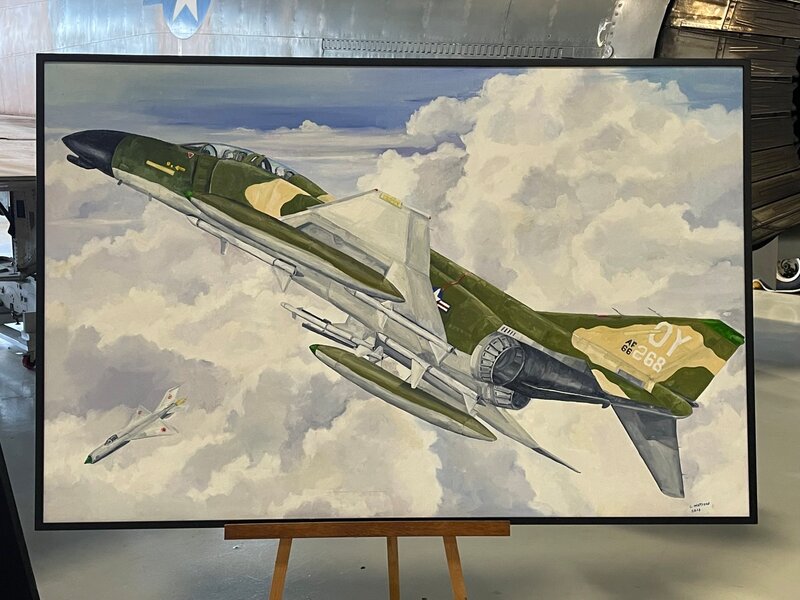




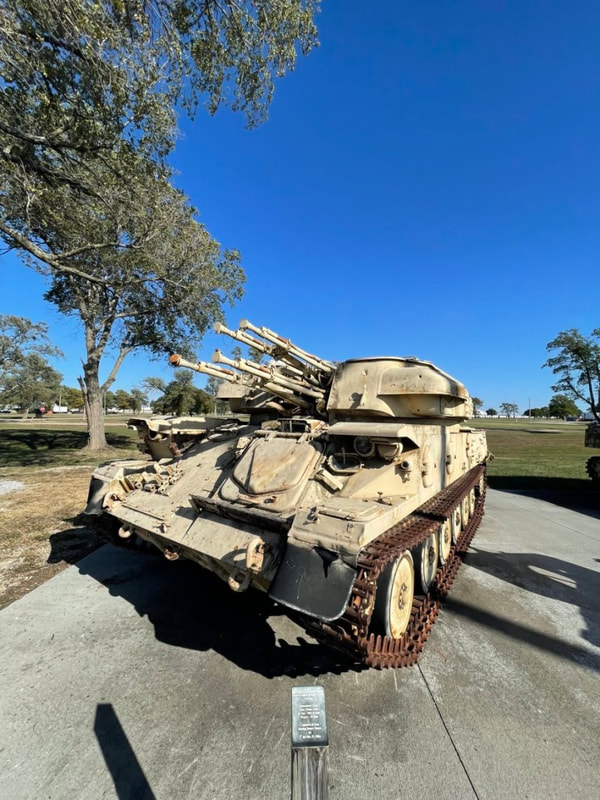


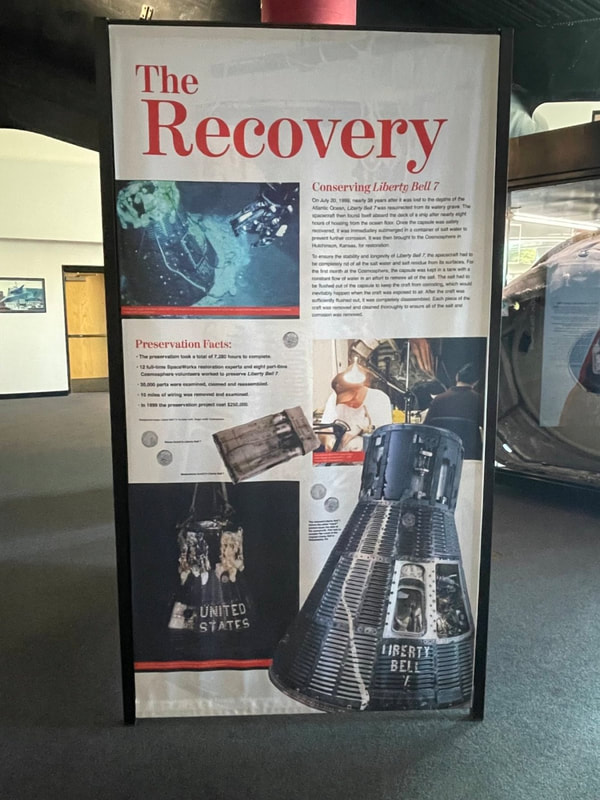


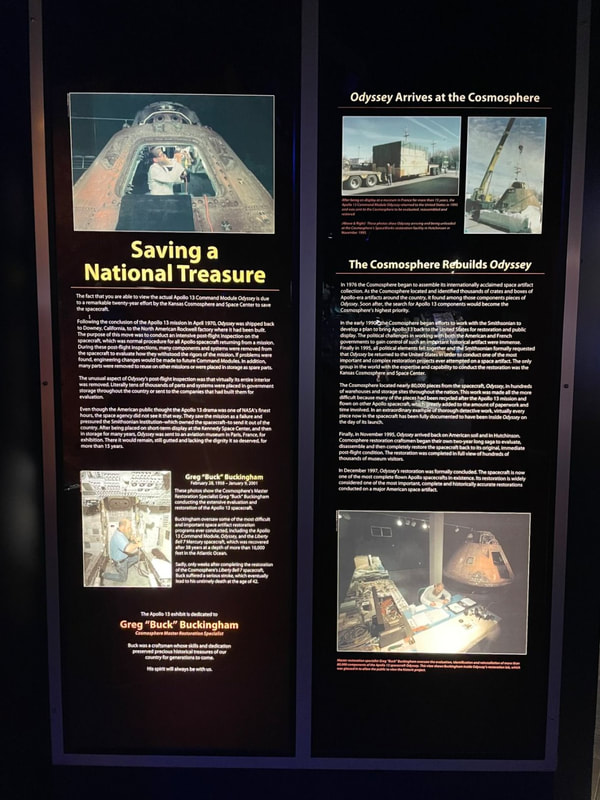






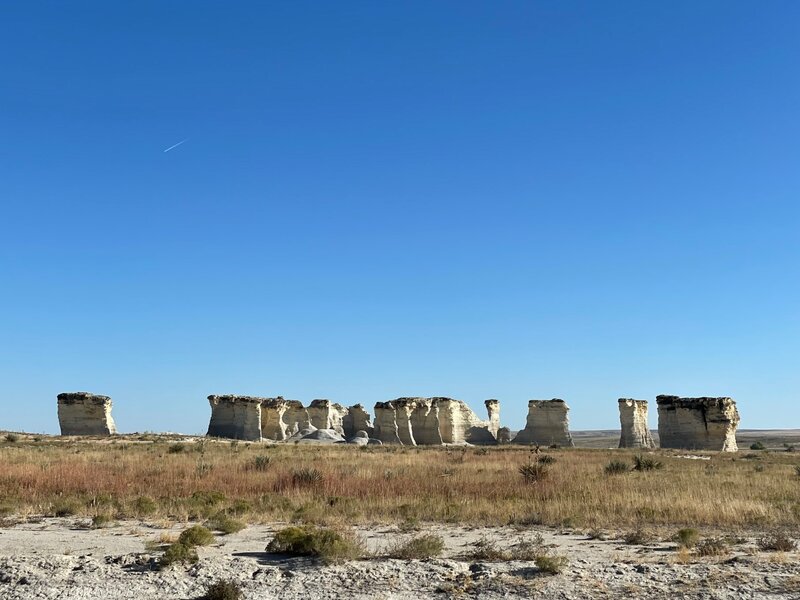
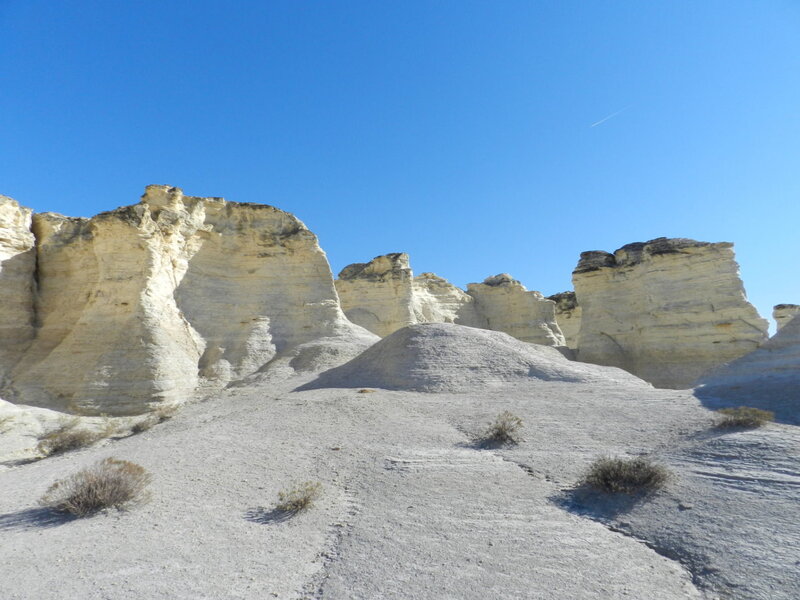
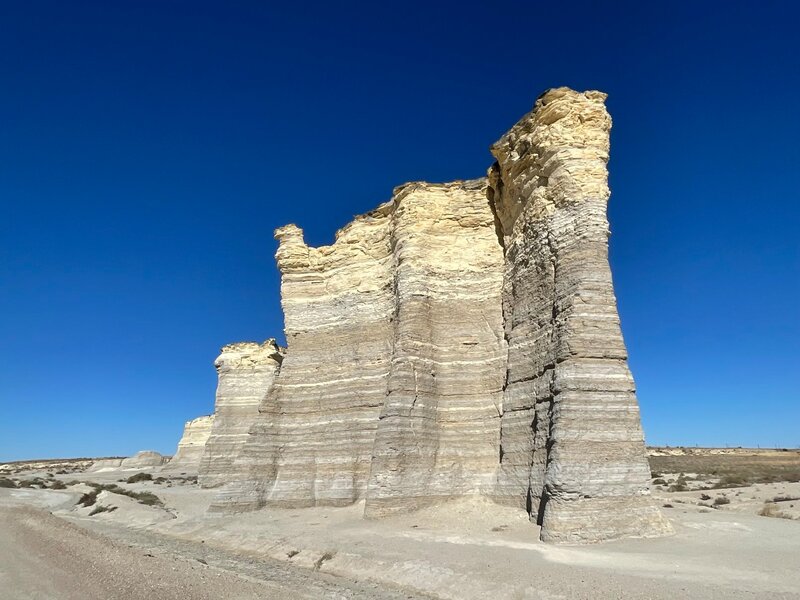
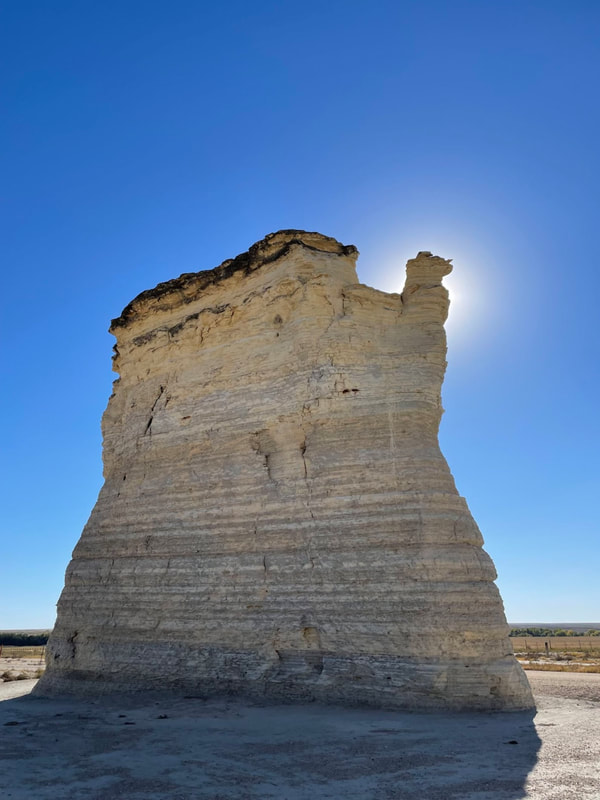
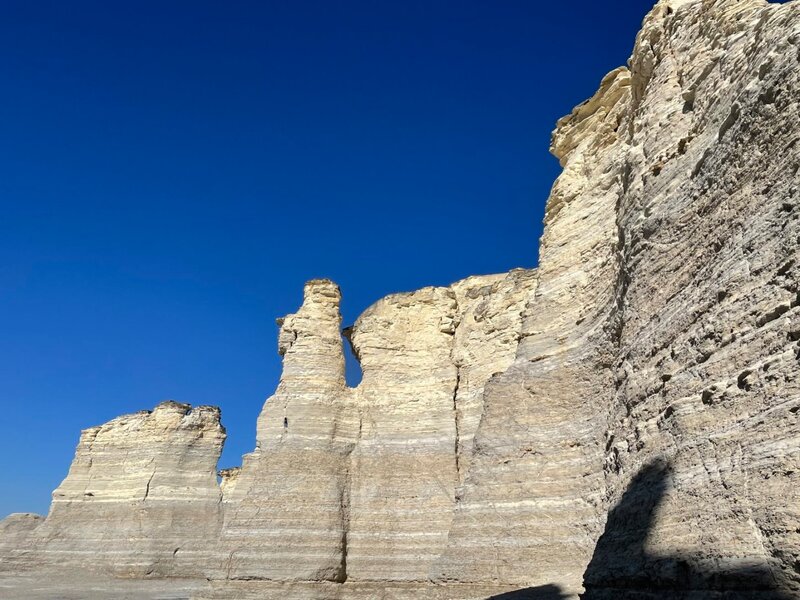
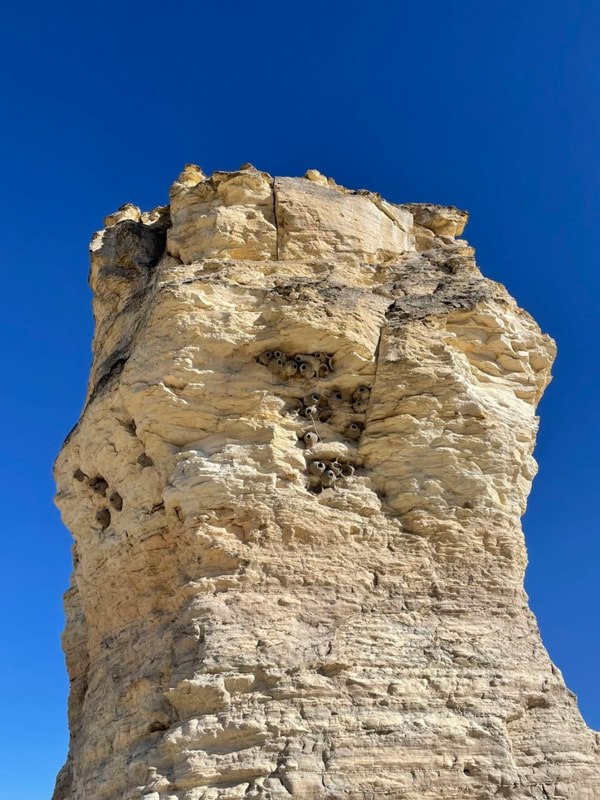
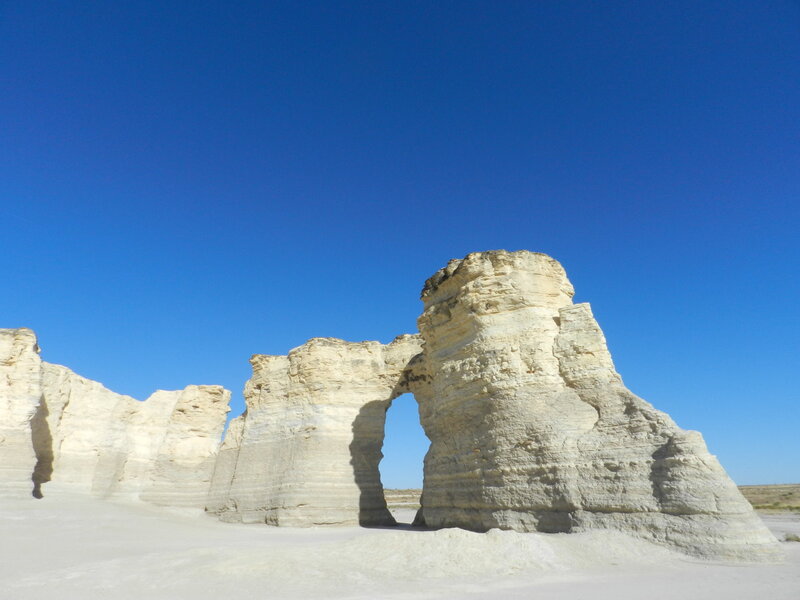
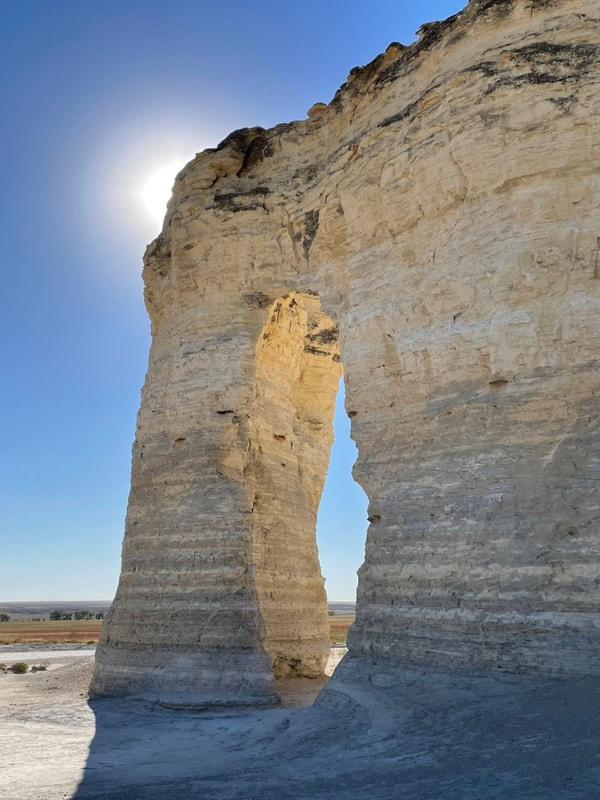

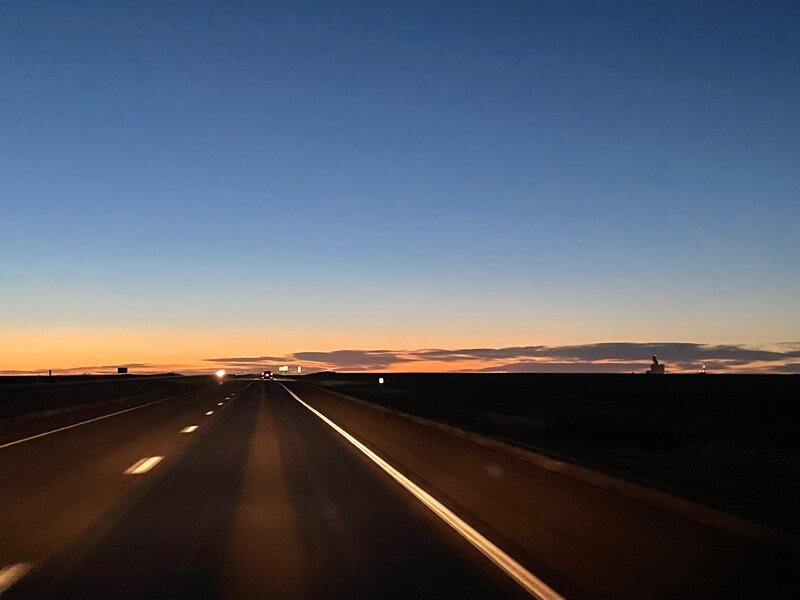
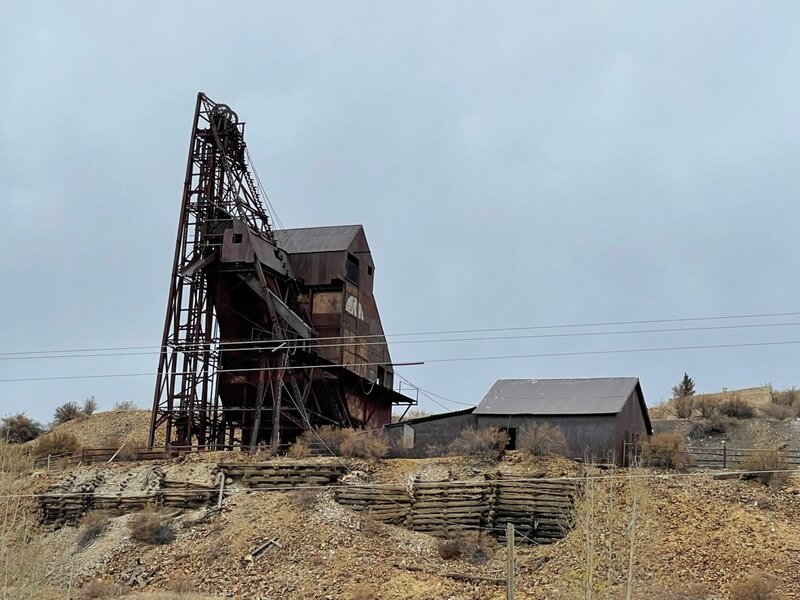
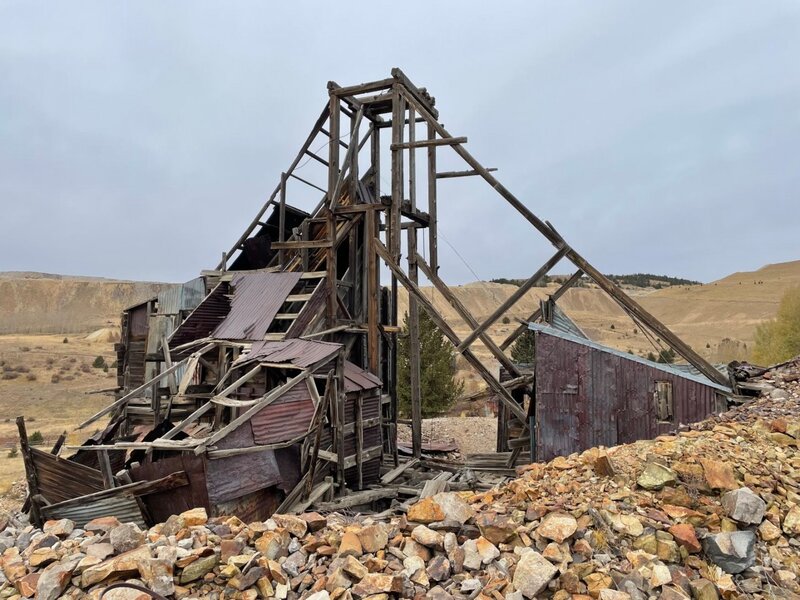

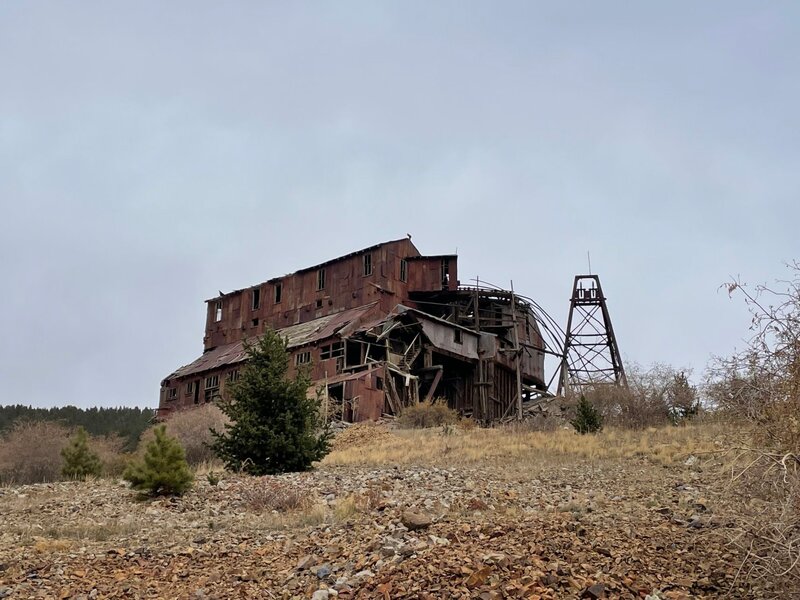


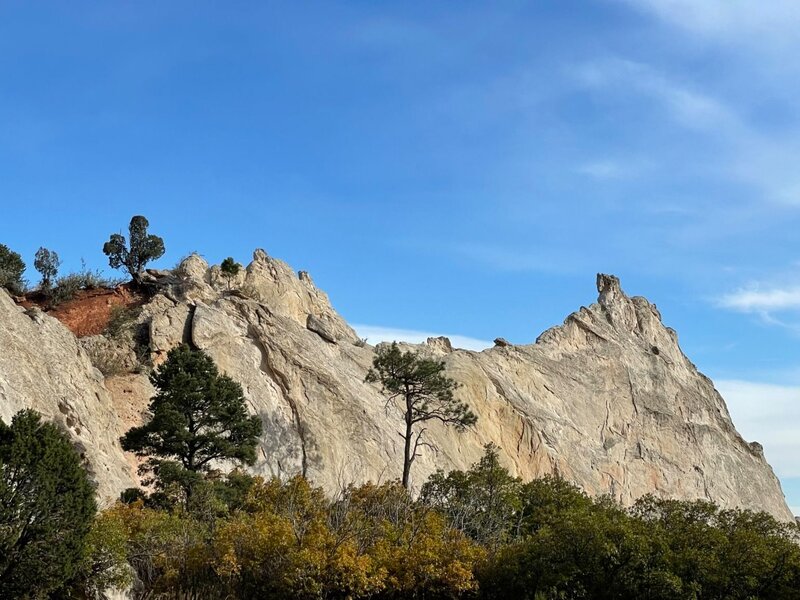
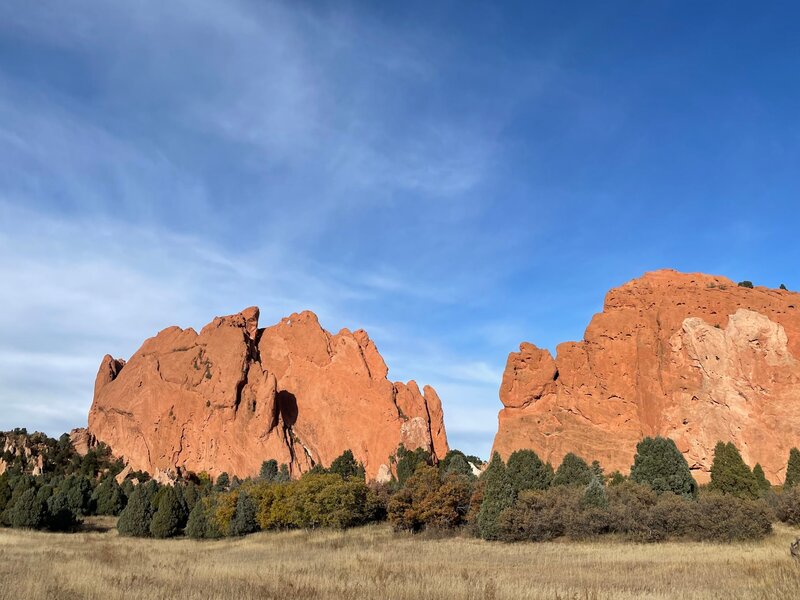
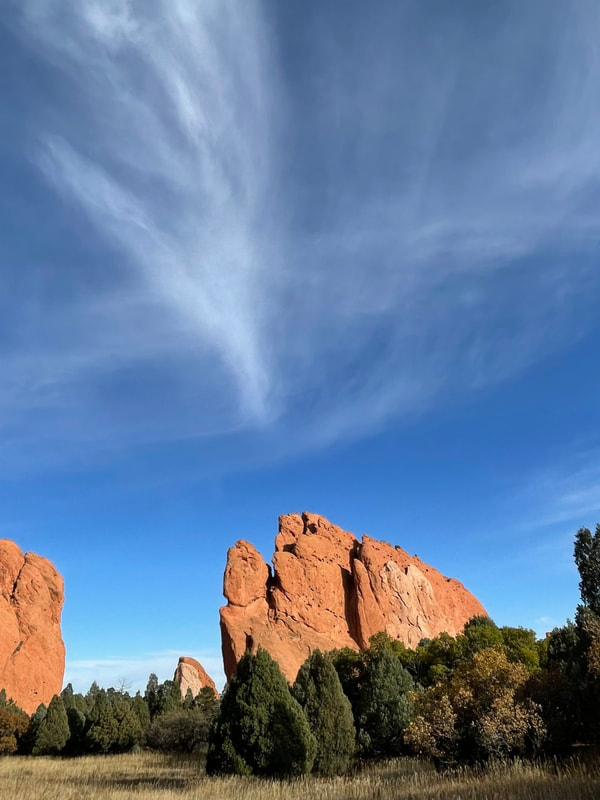
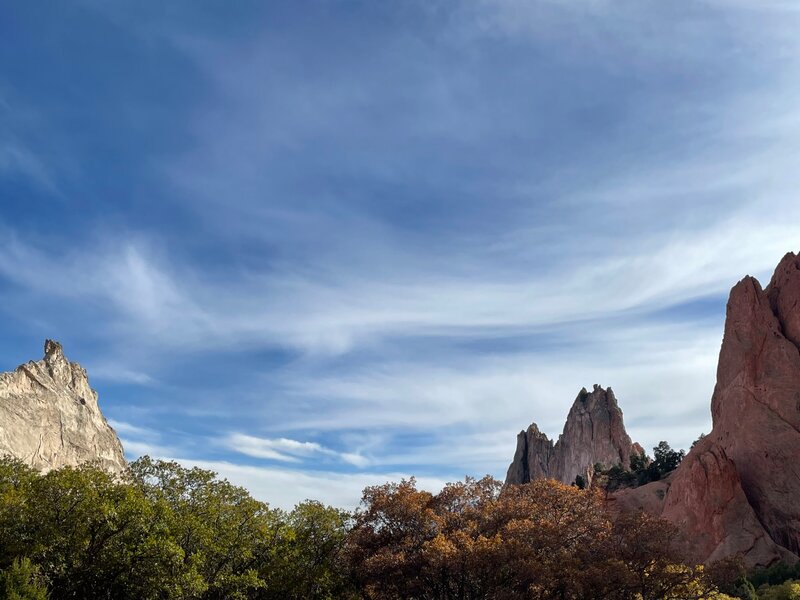
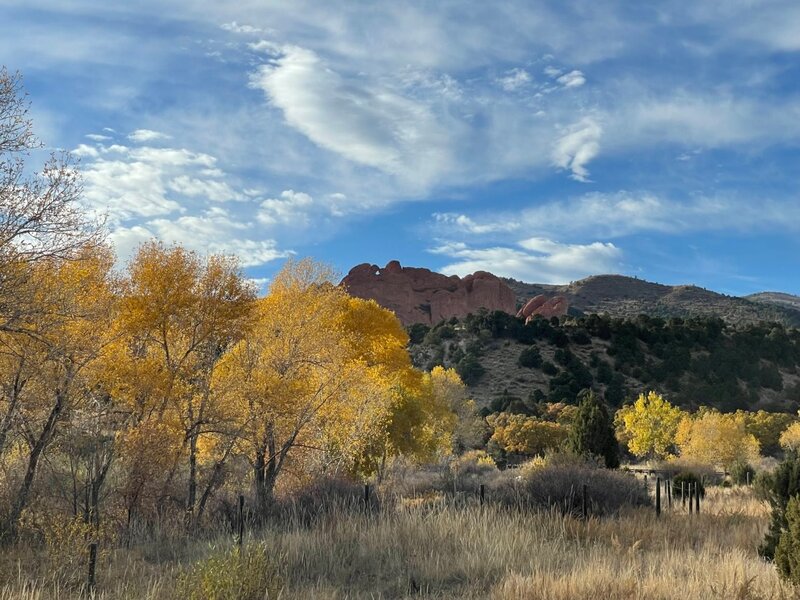
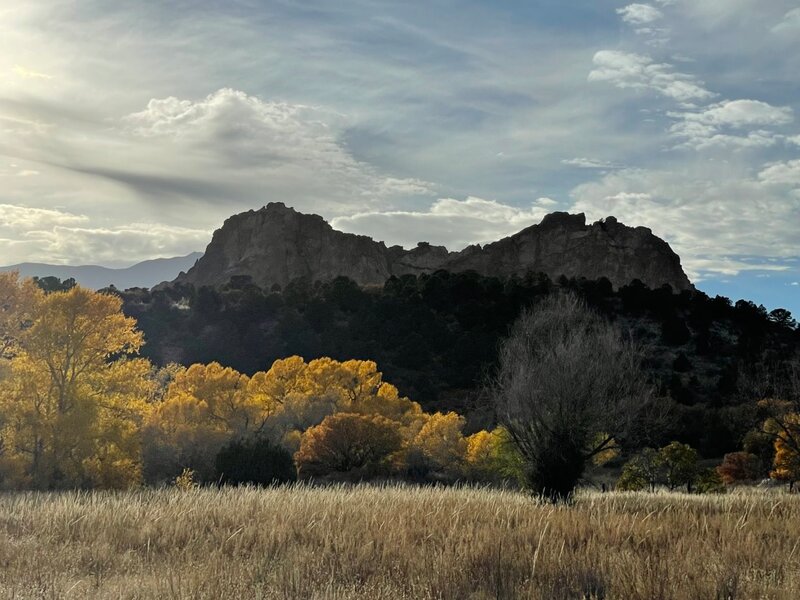

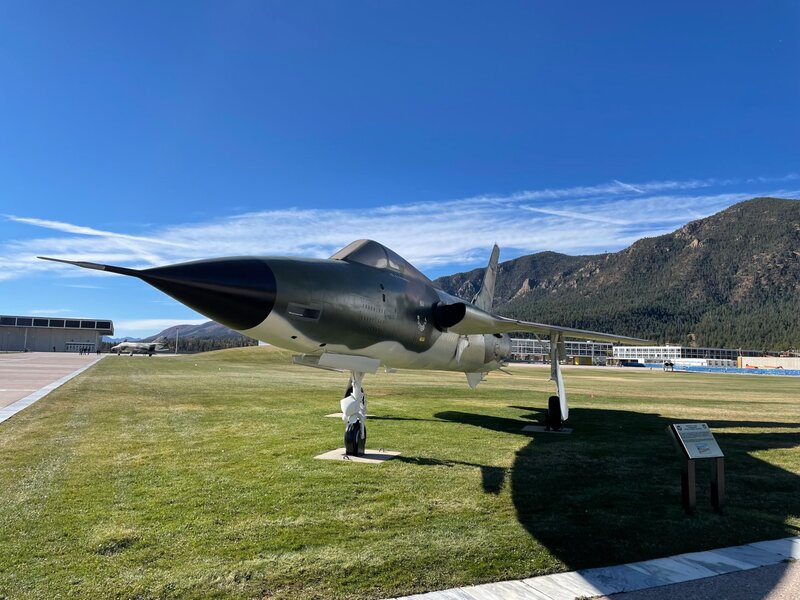

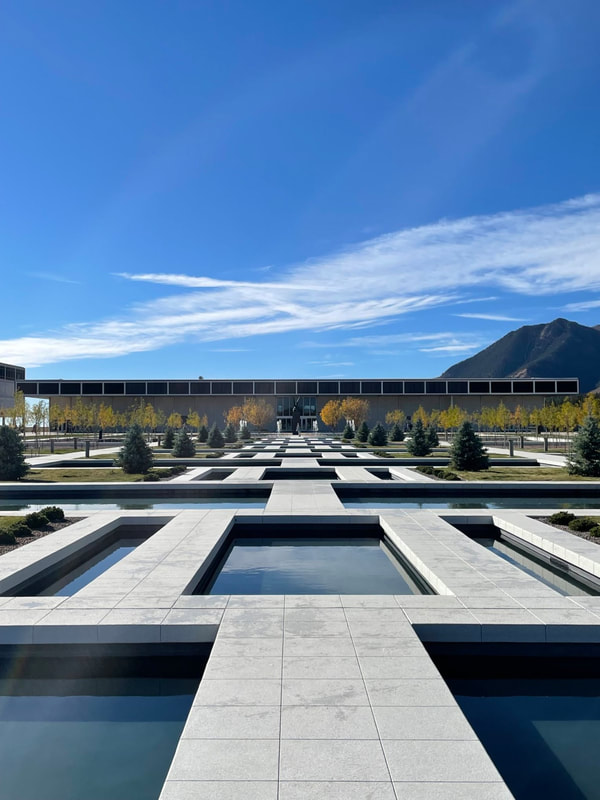



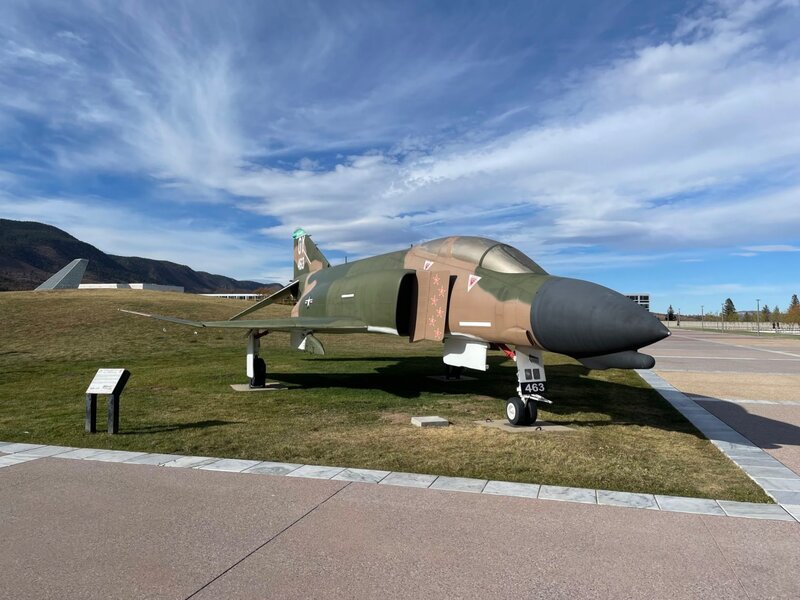
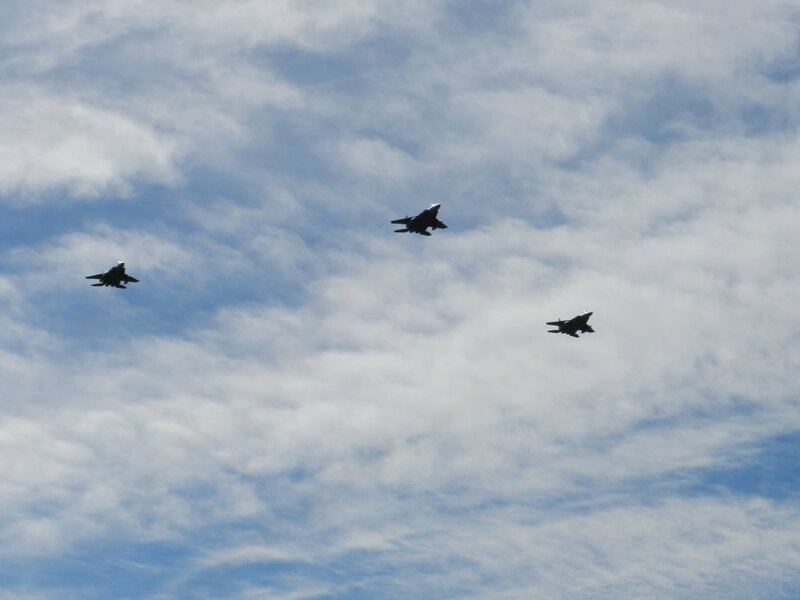
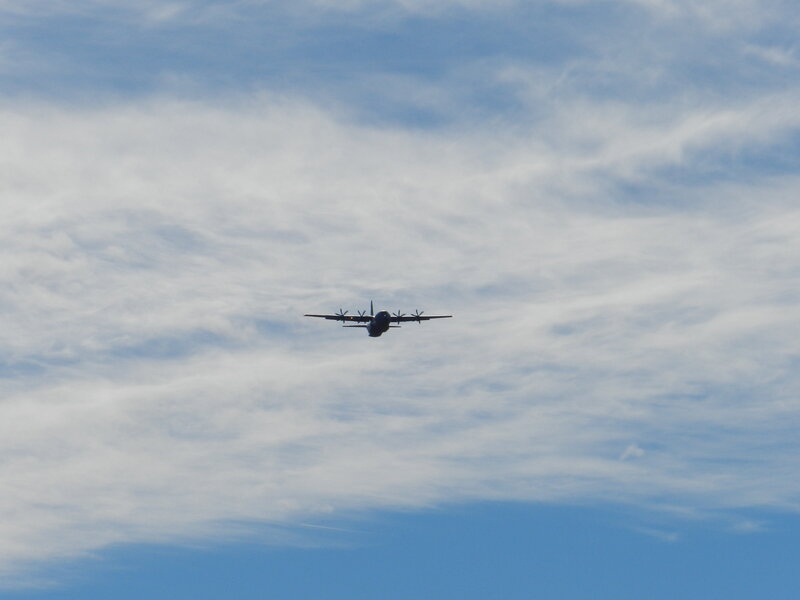
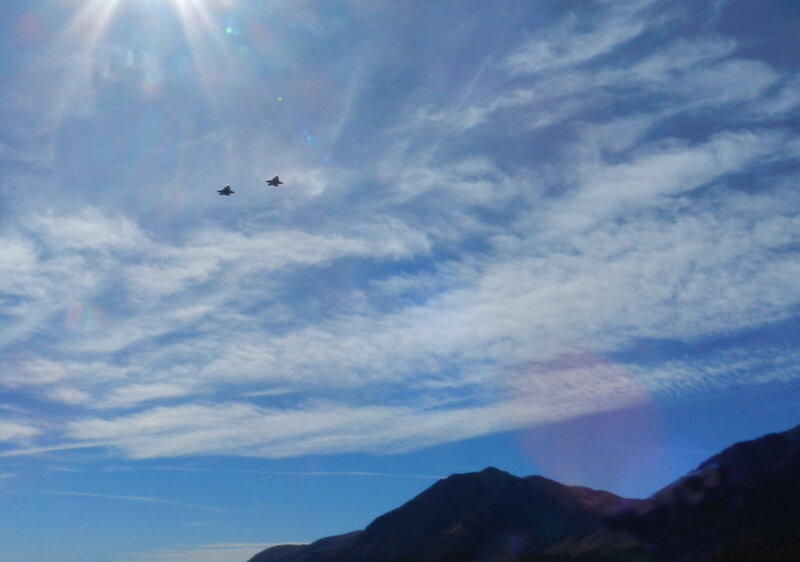
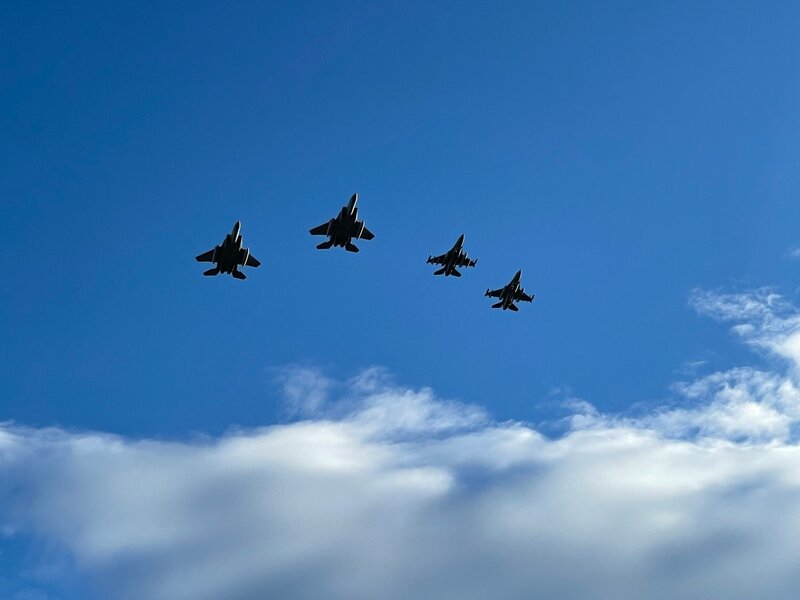
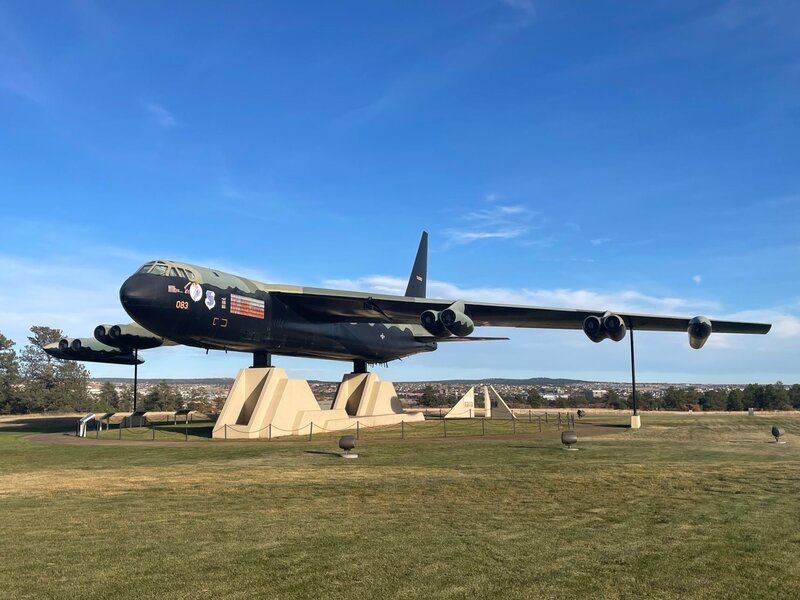
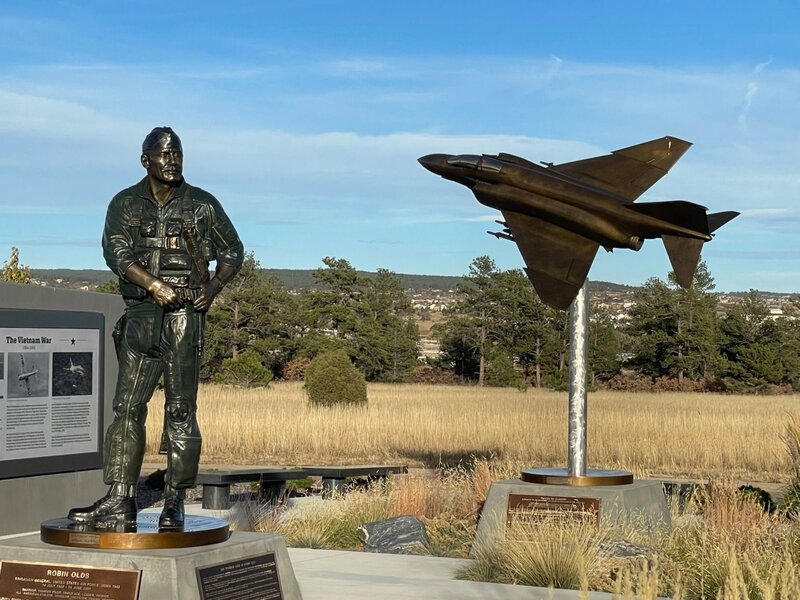
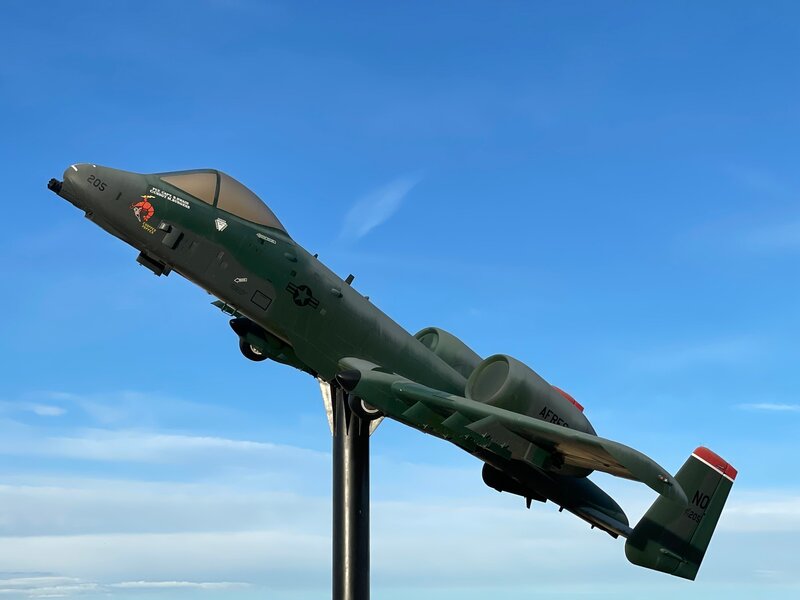


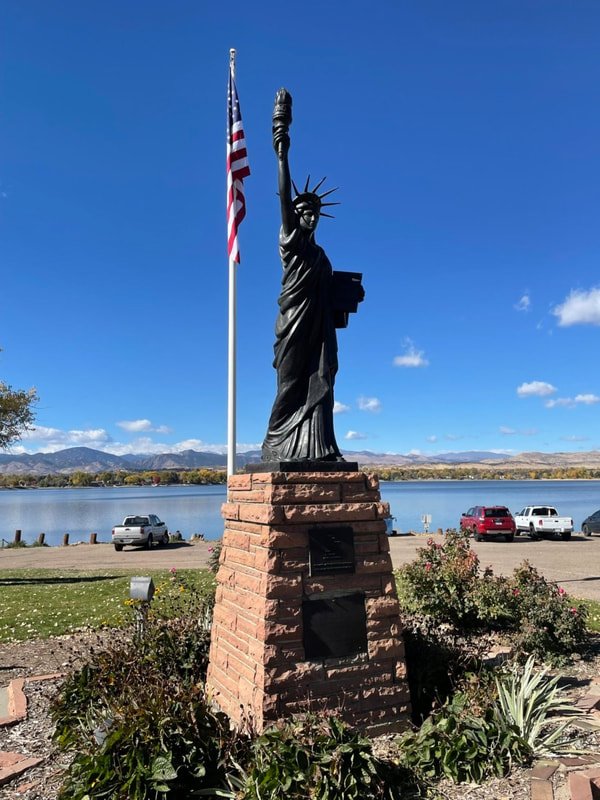
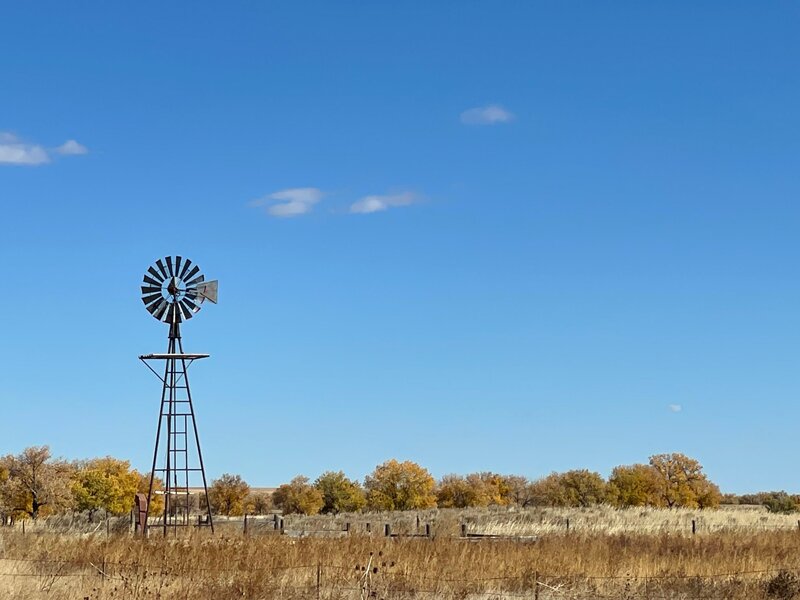
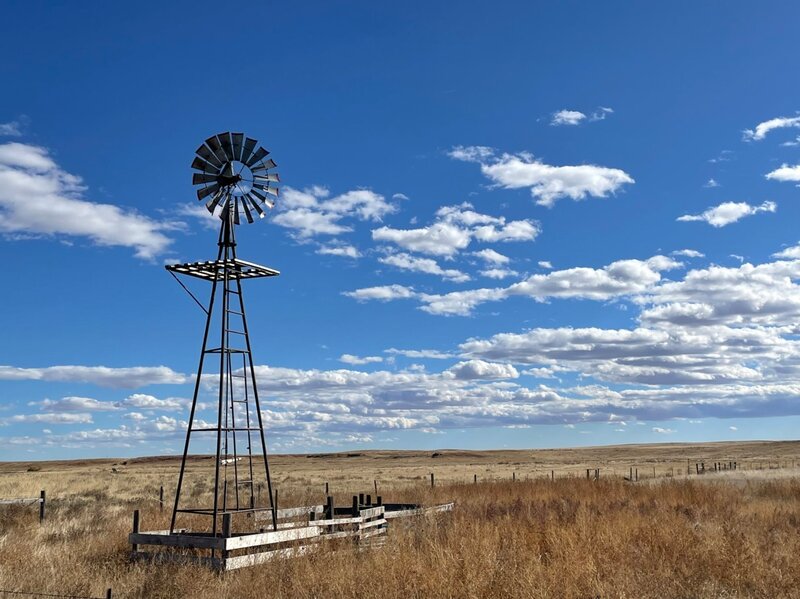
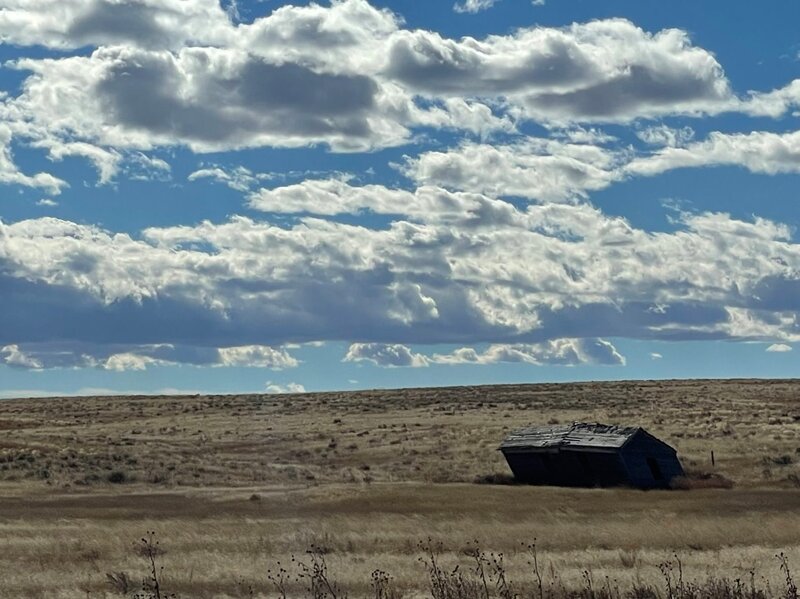


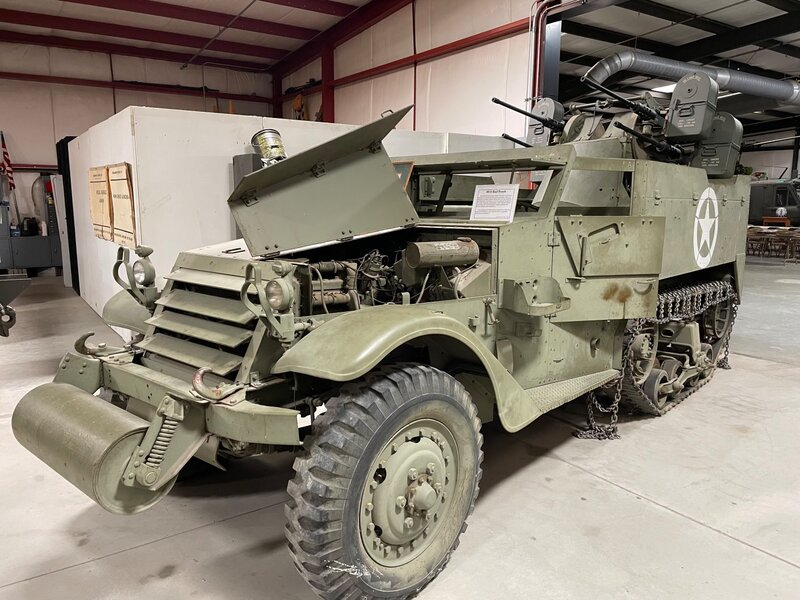
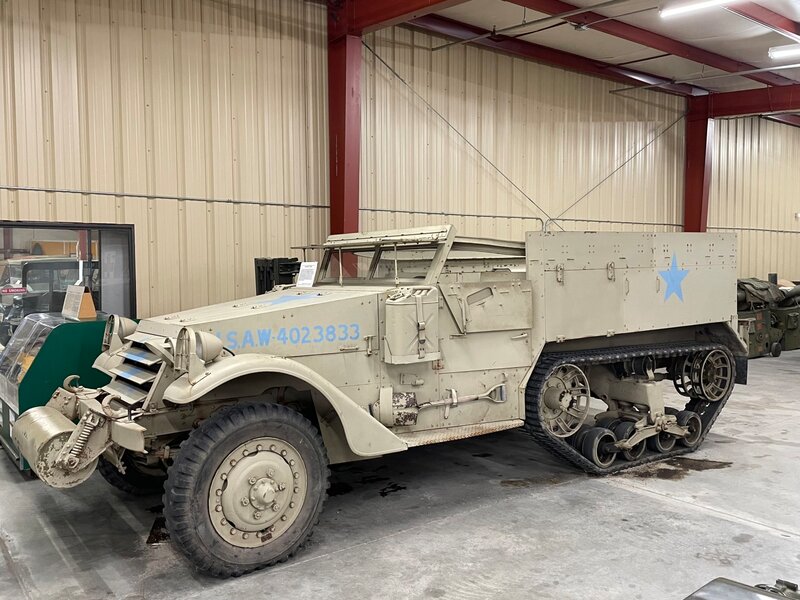
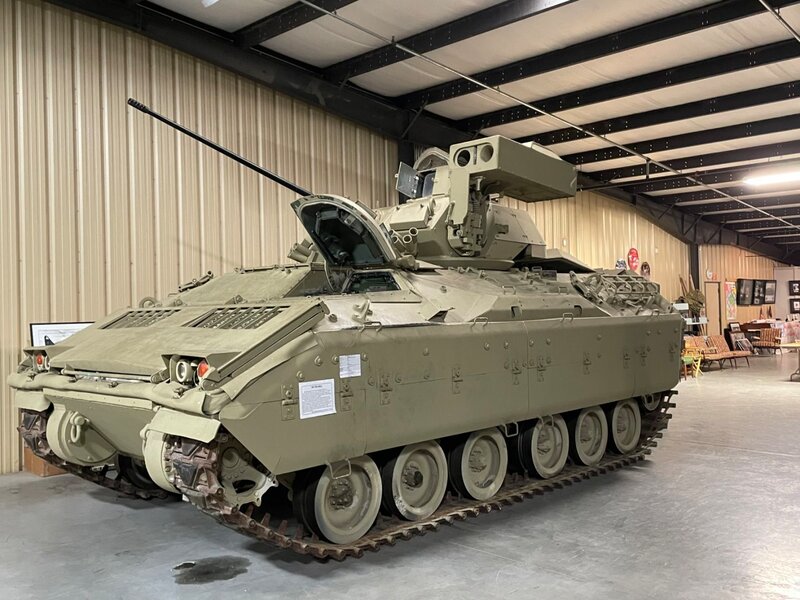
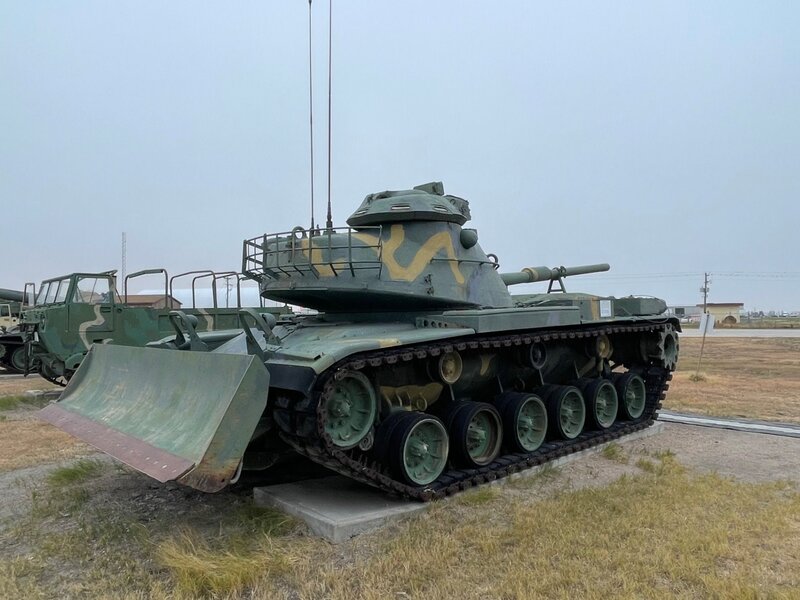
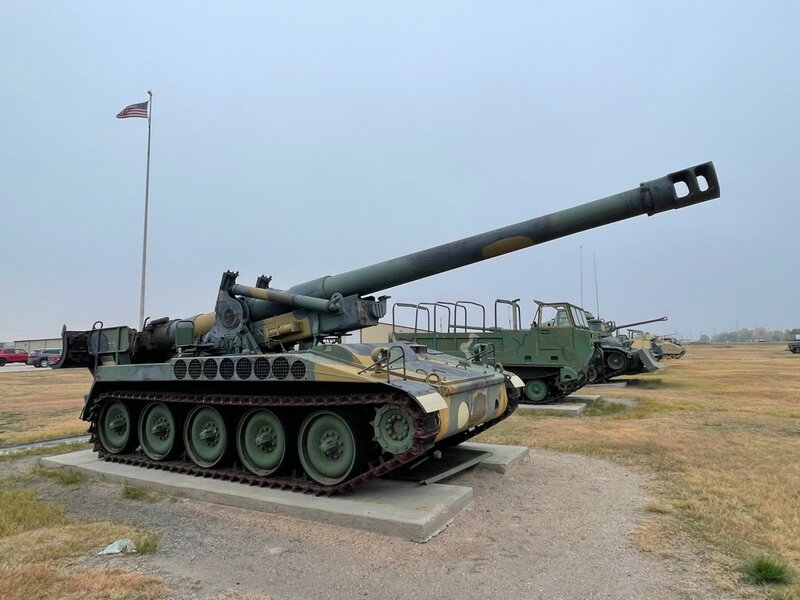
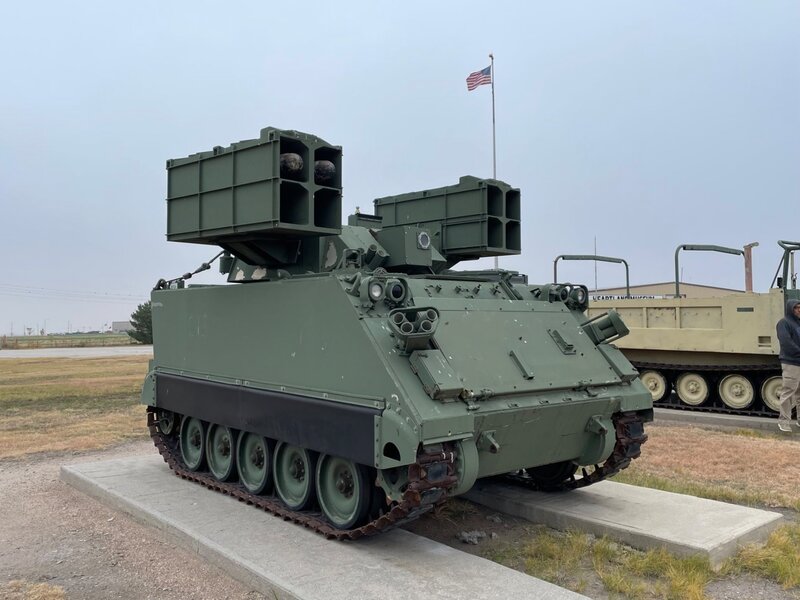





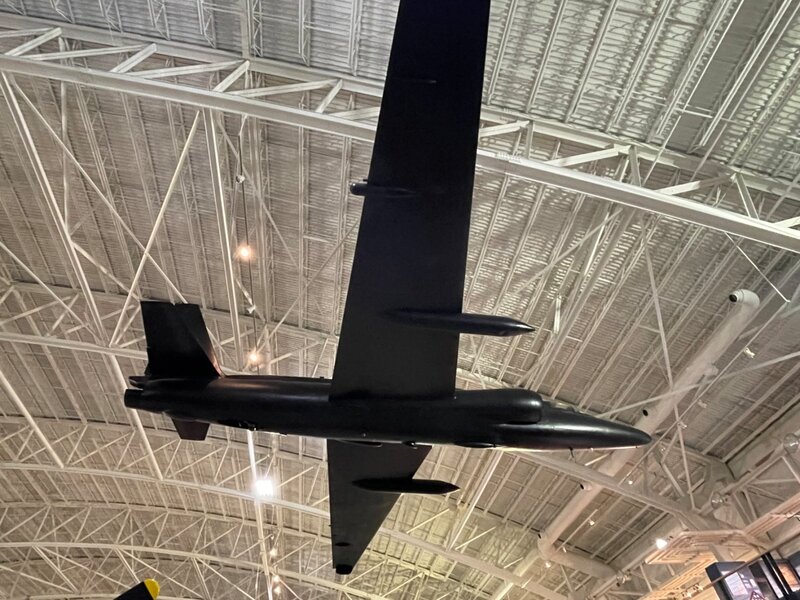


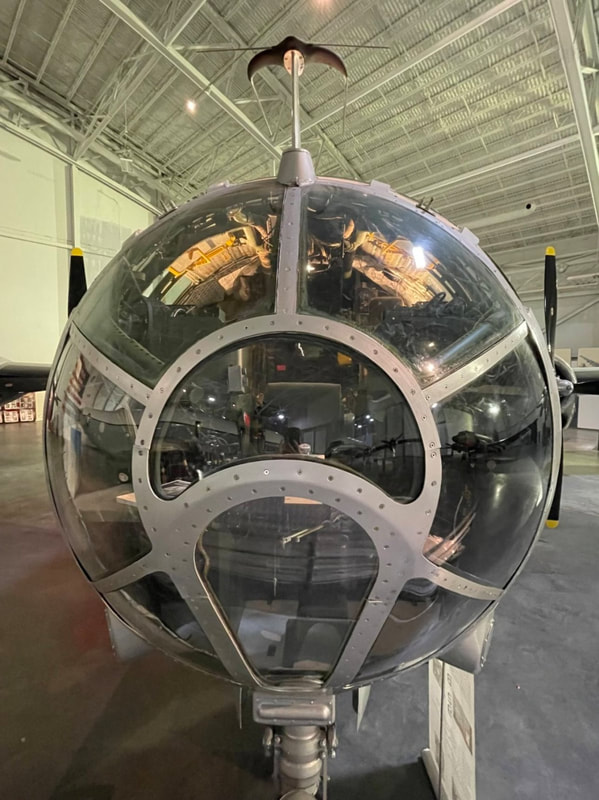
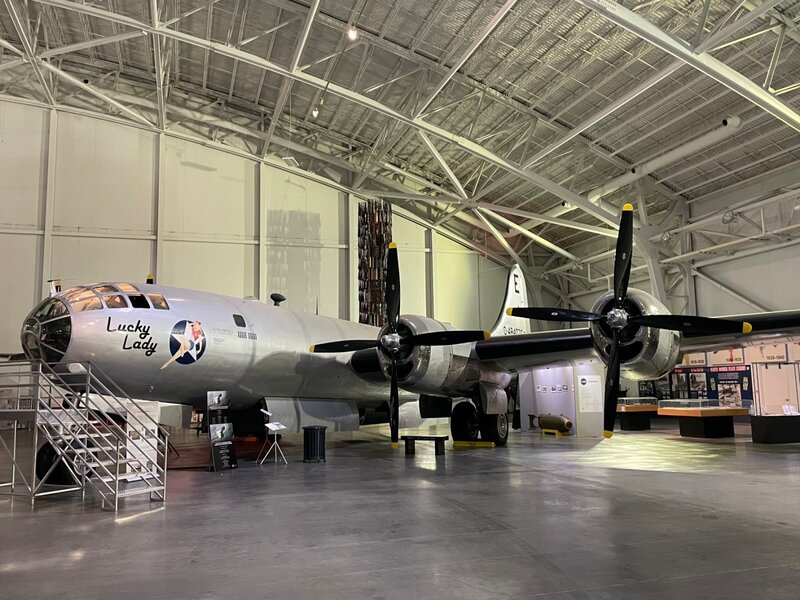


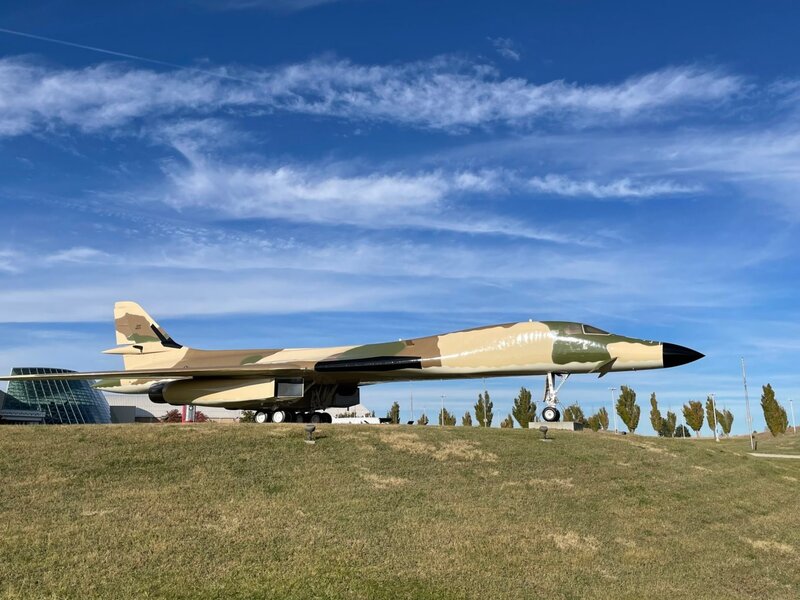
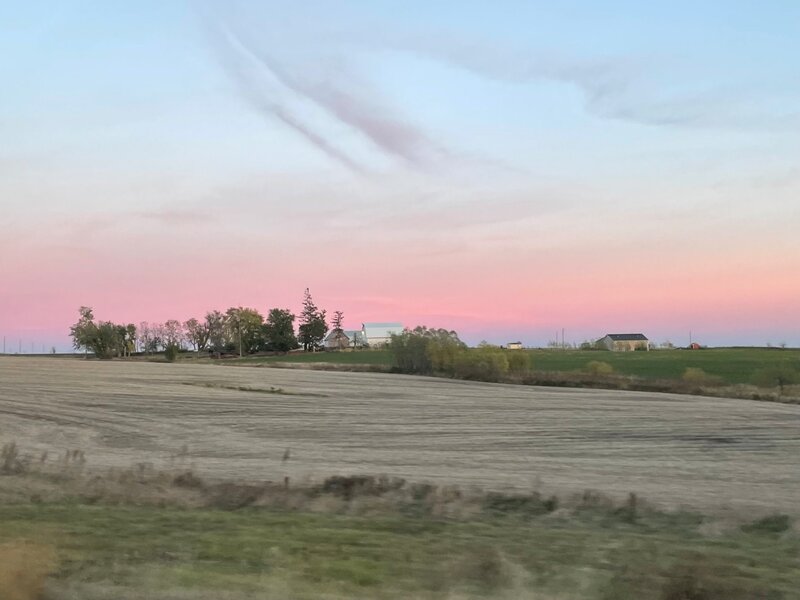
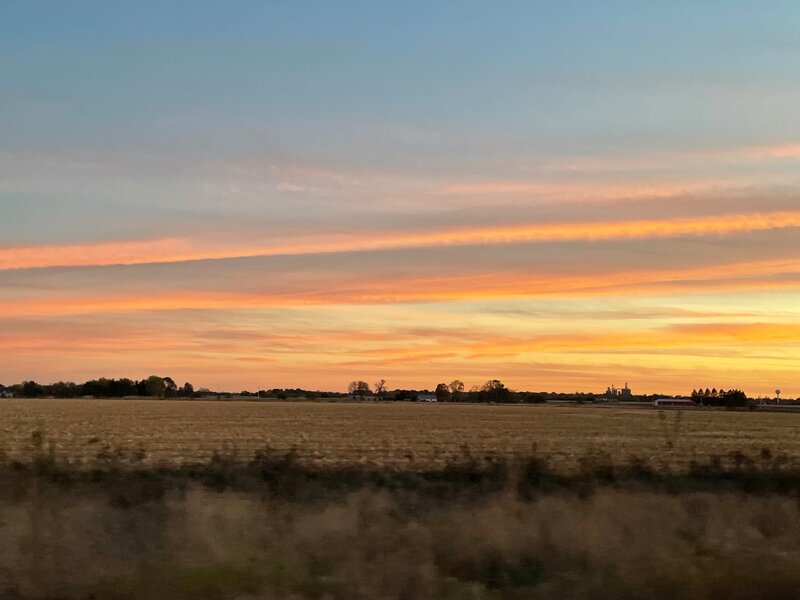
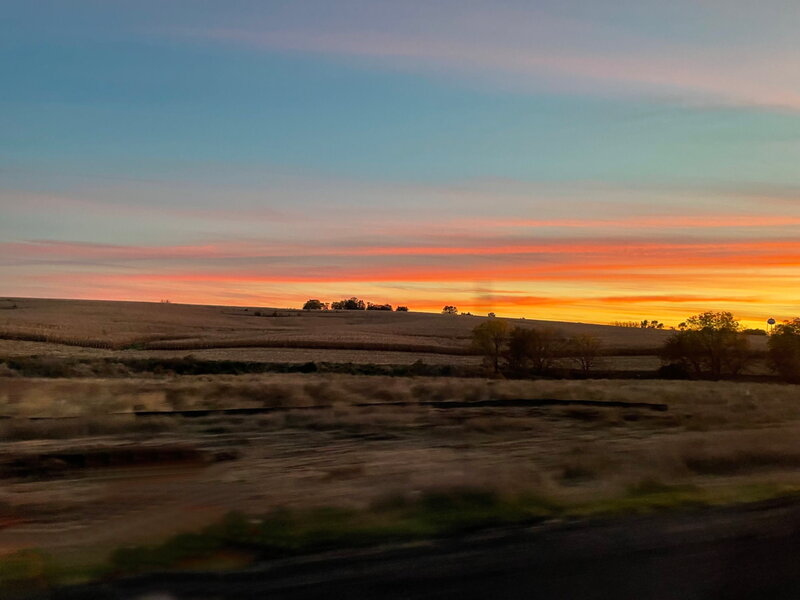

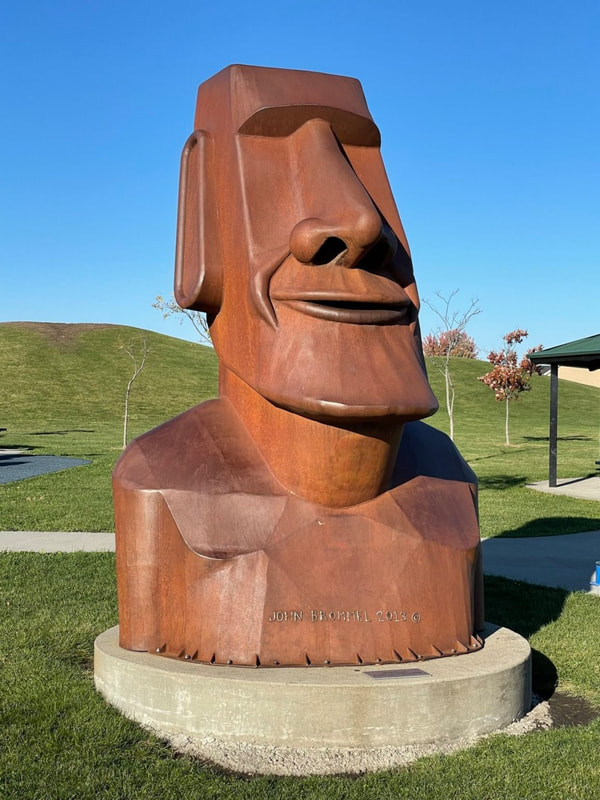


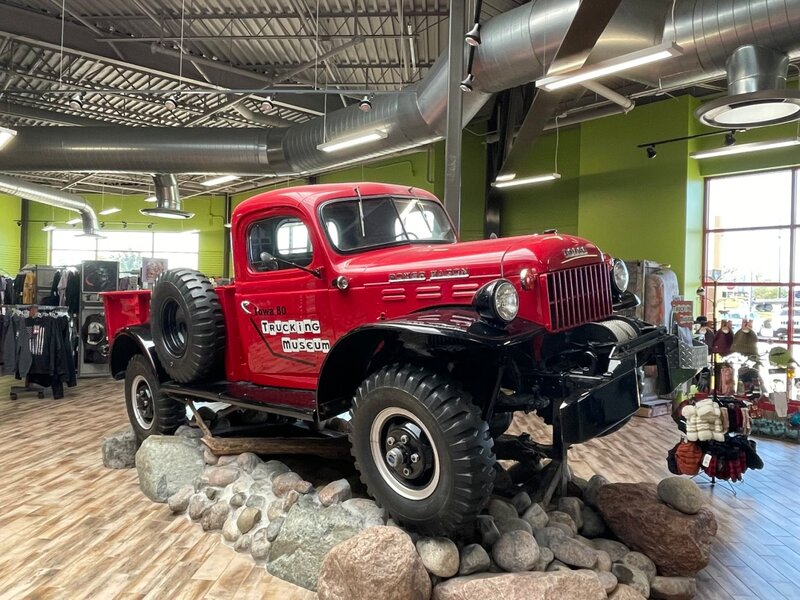

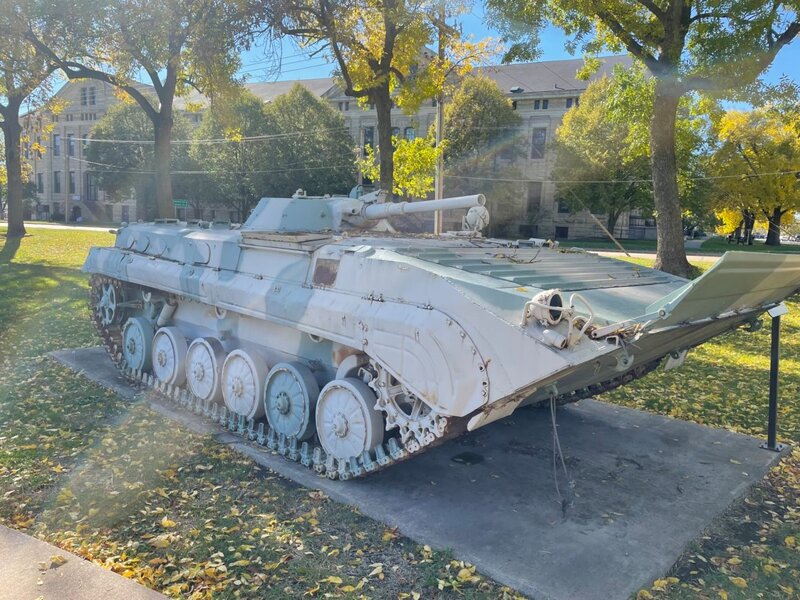
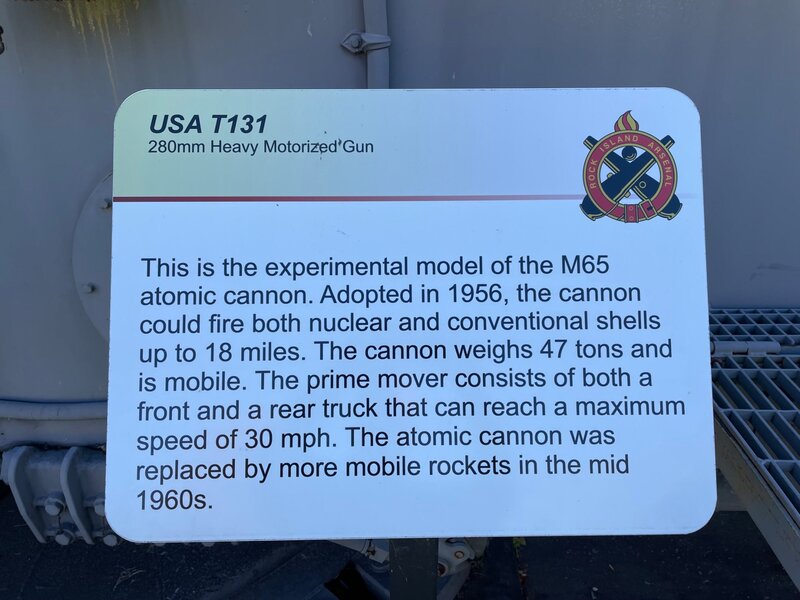
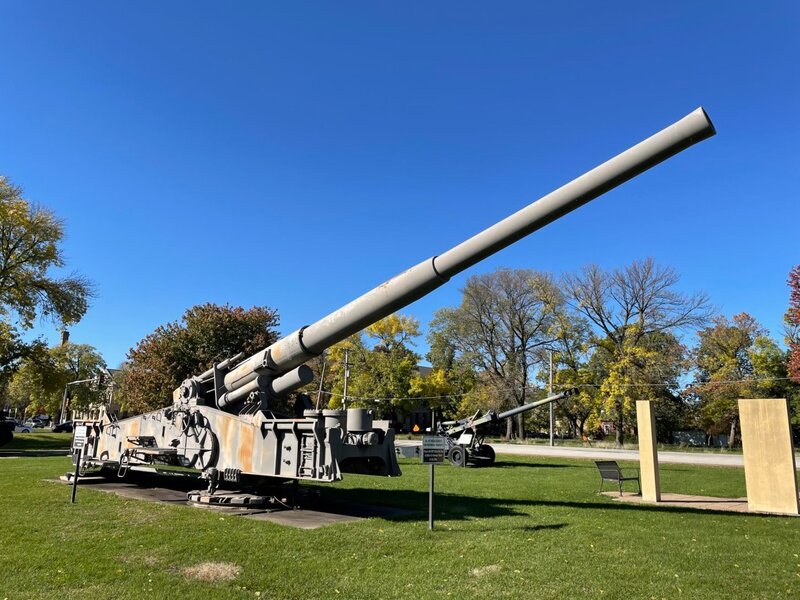



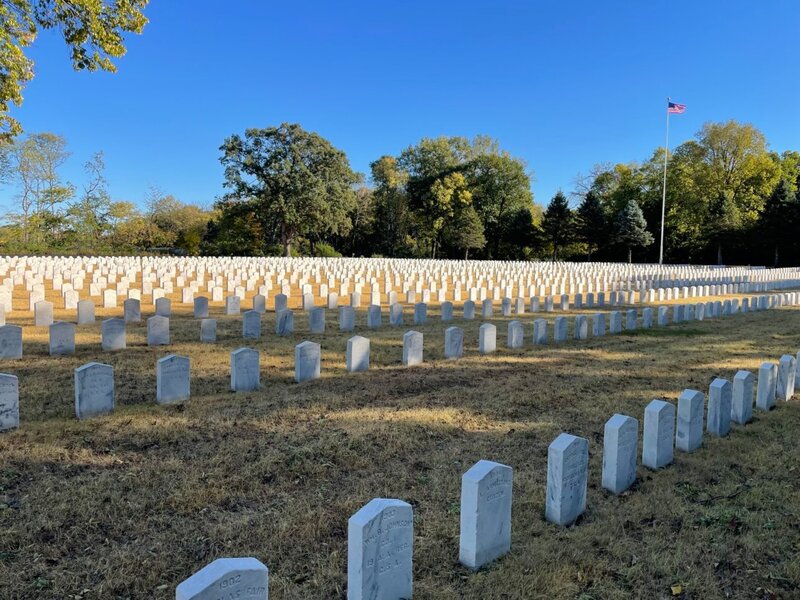

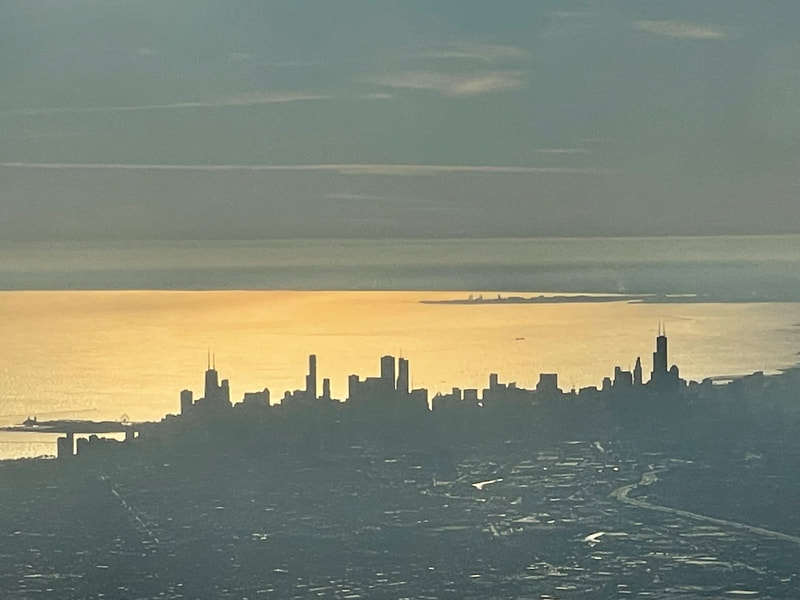
 RSS Feed
RSS Feed